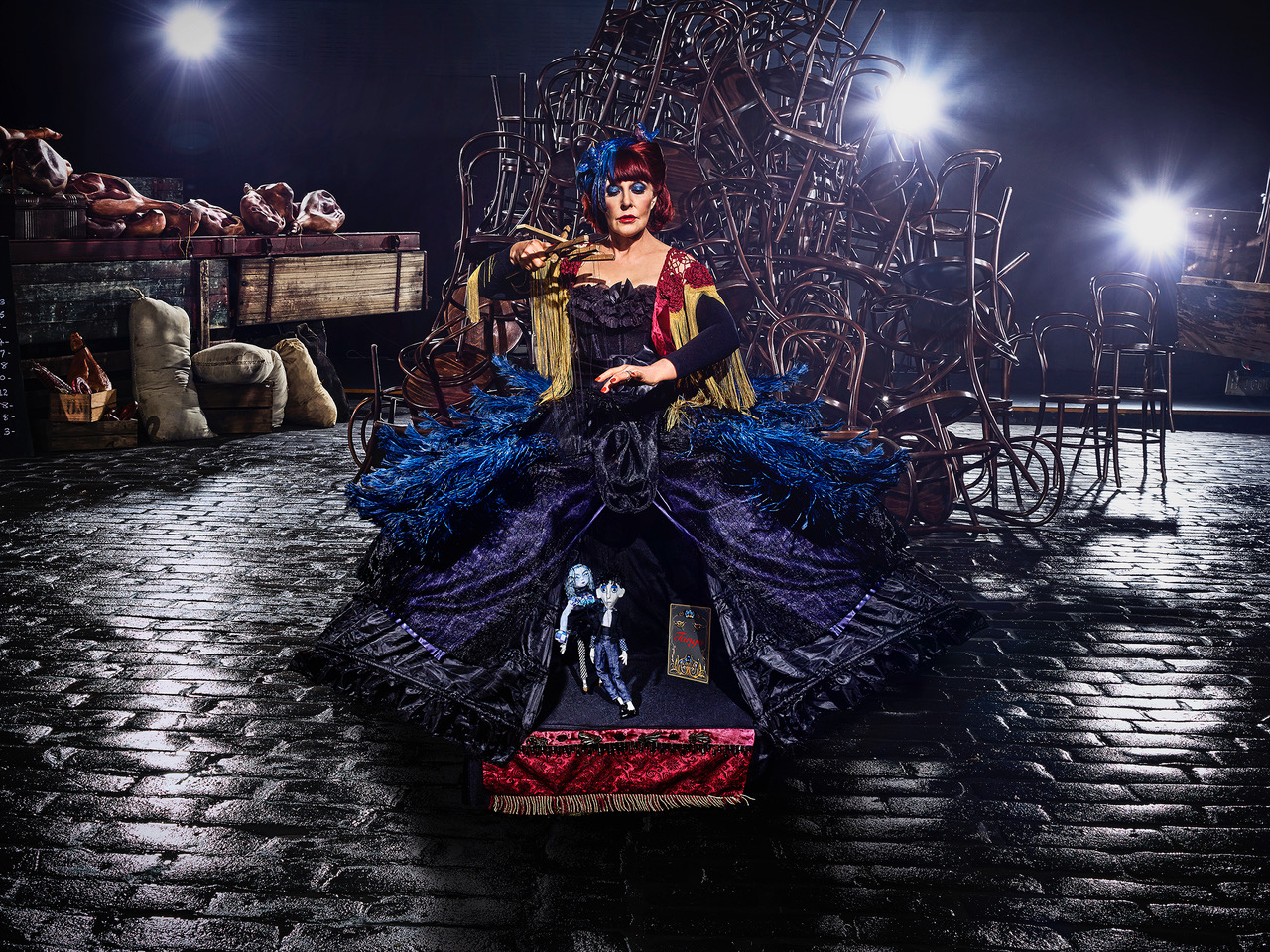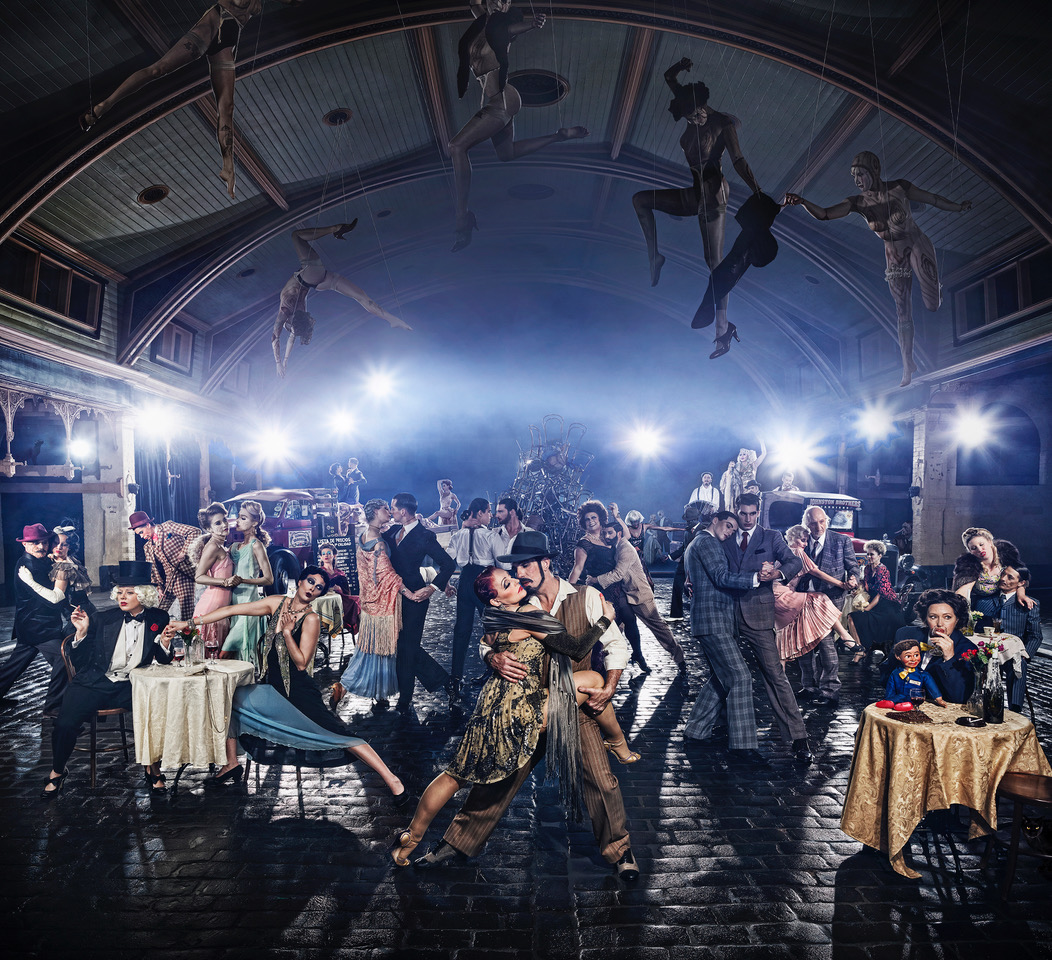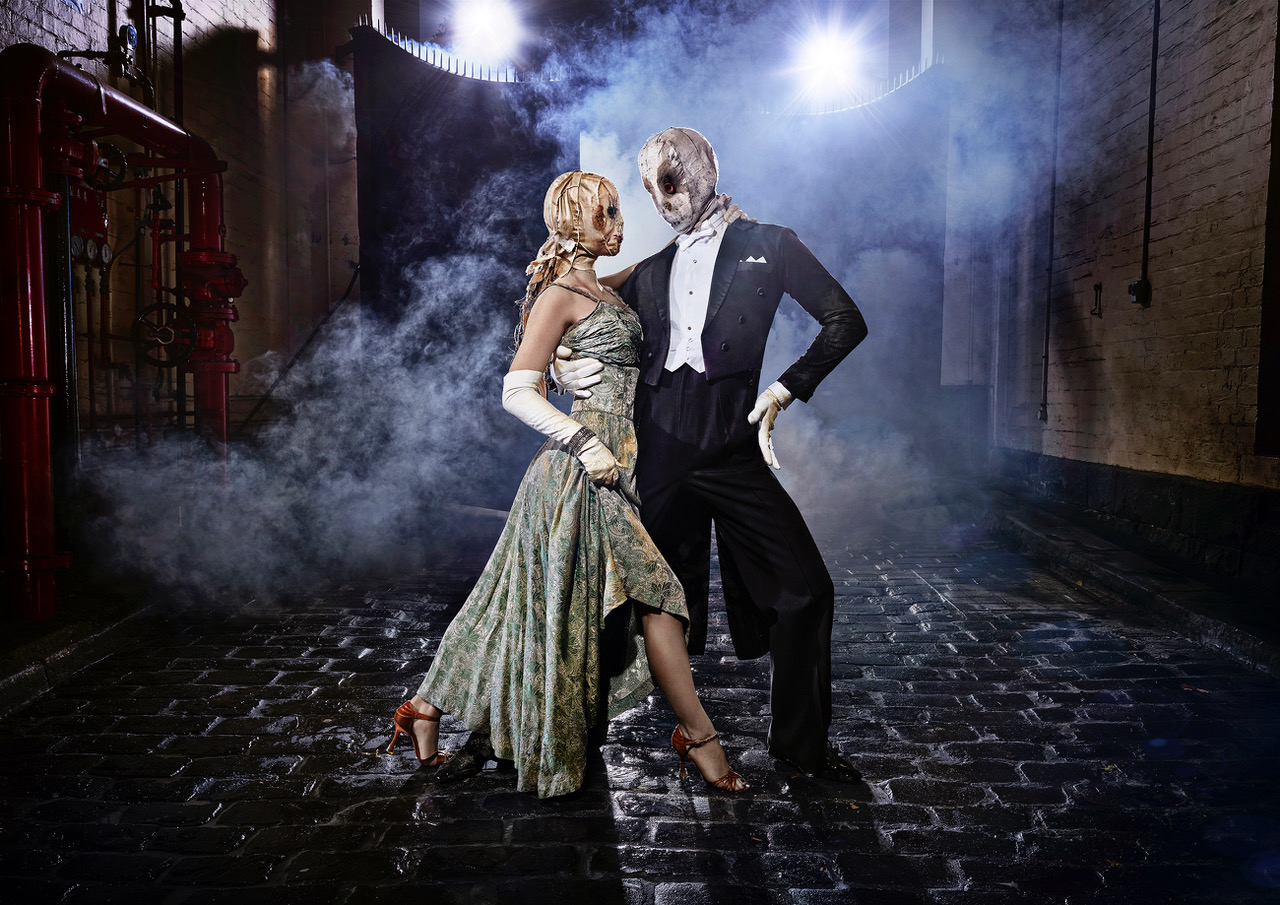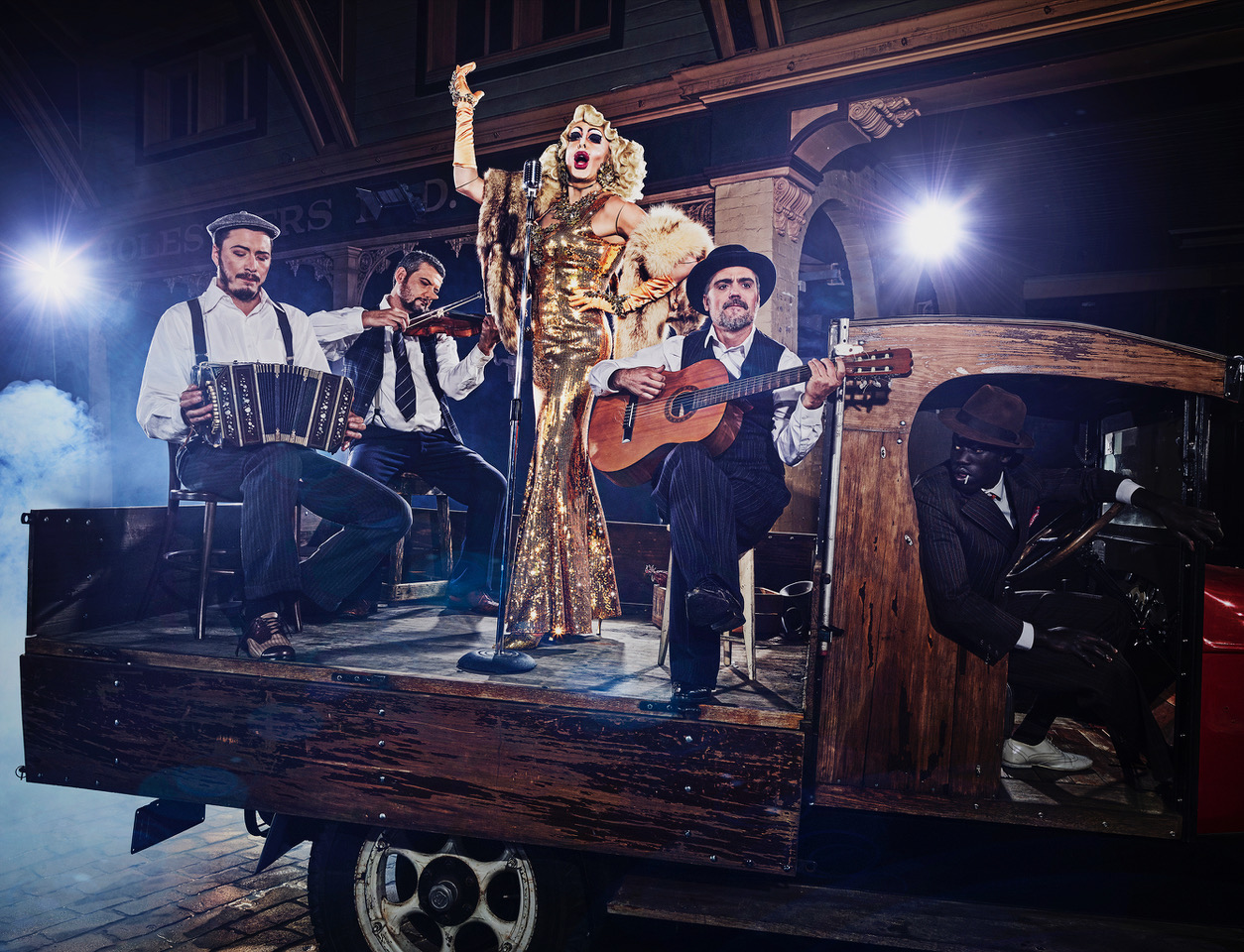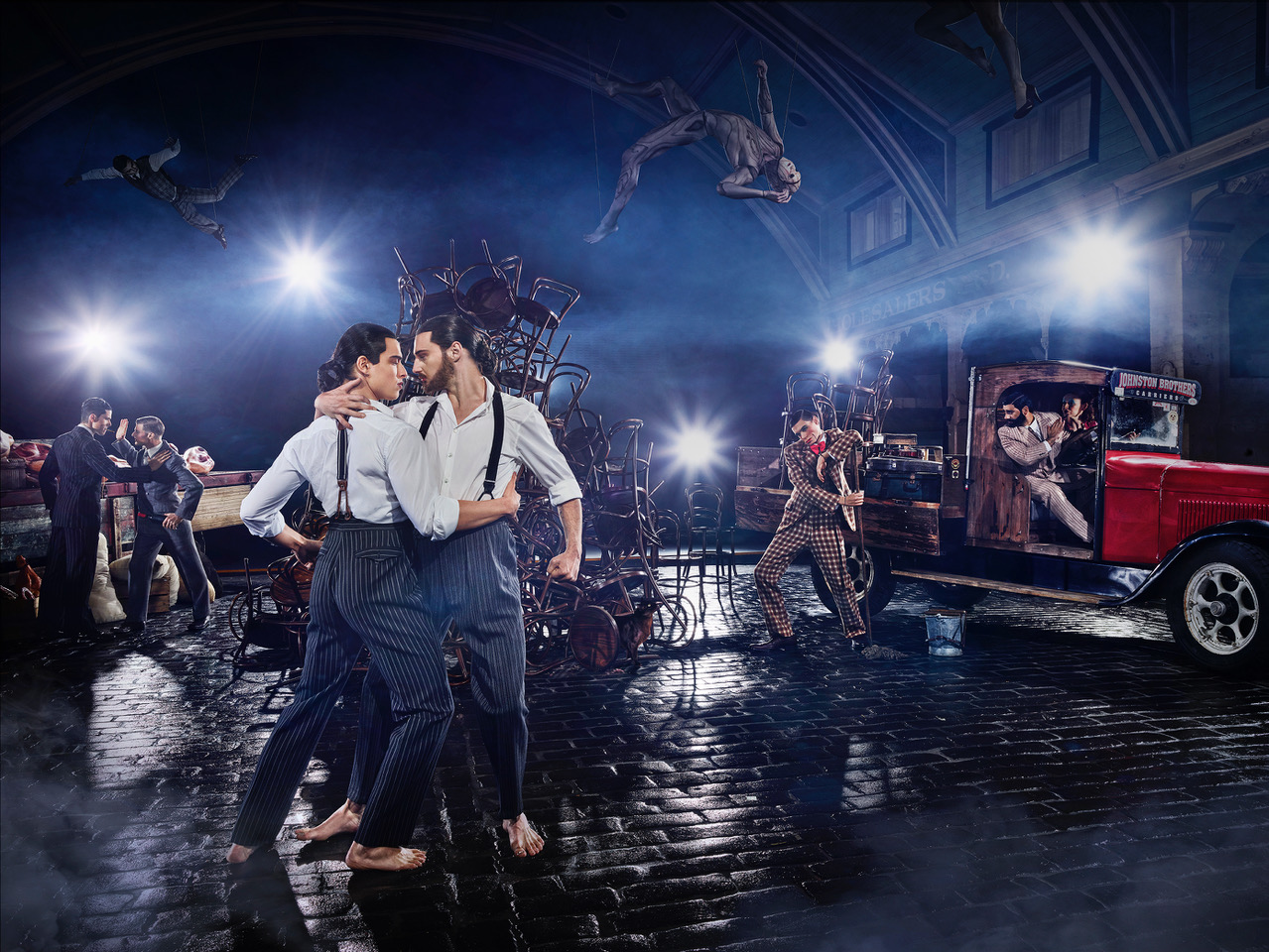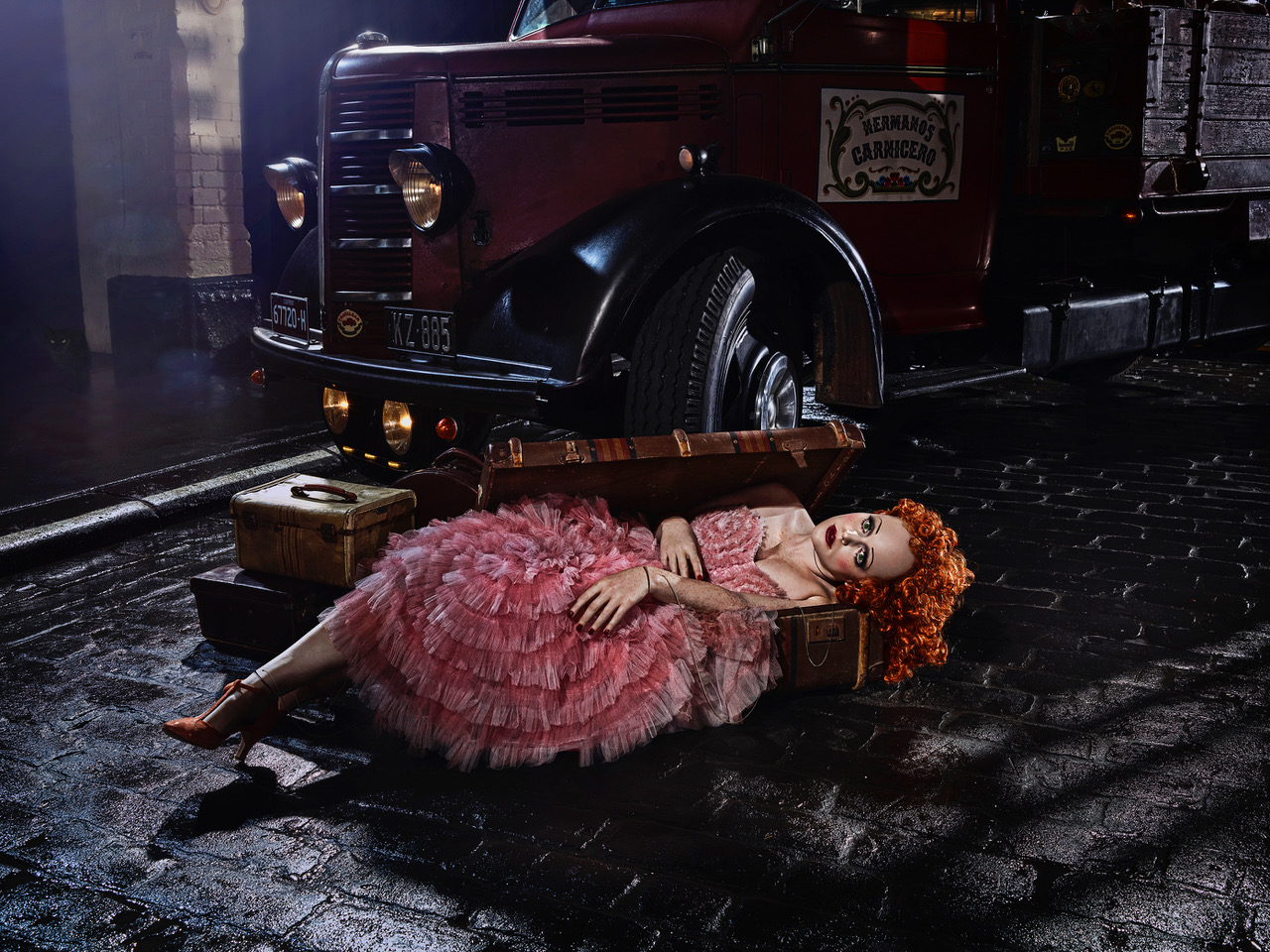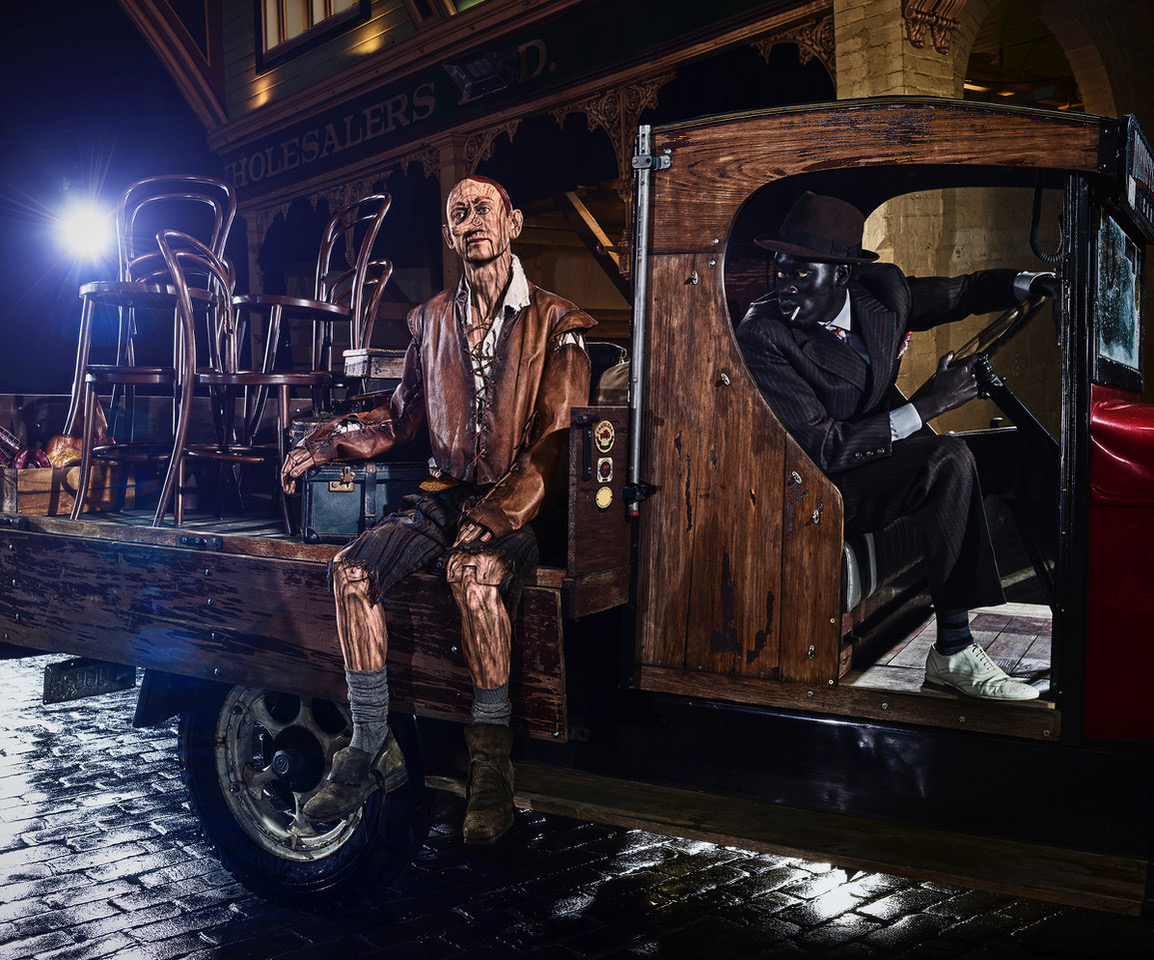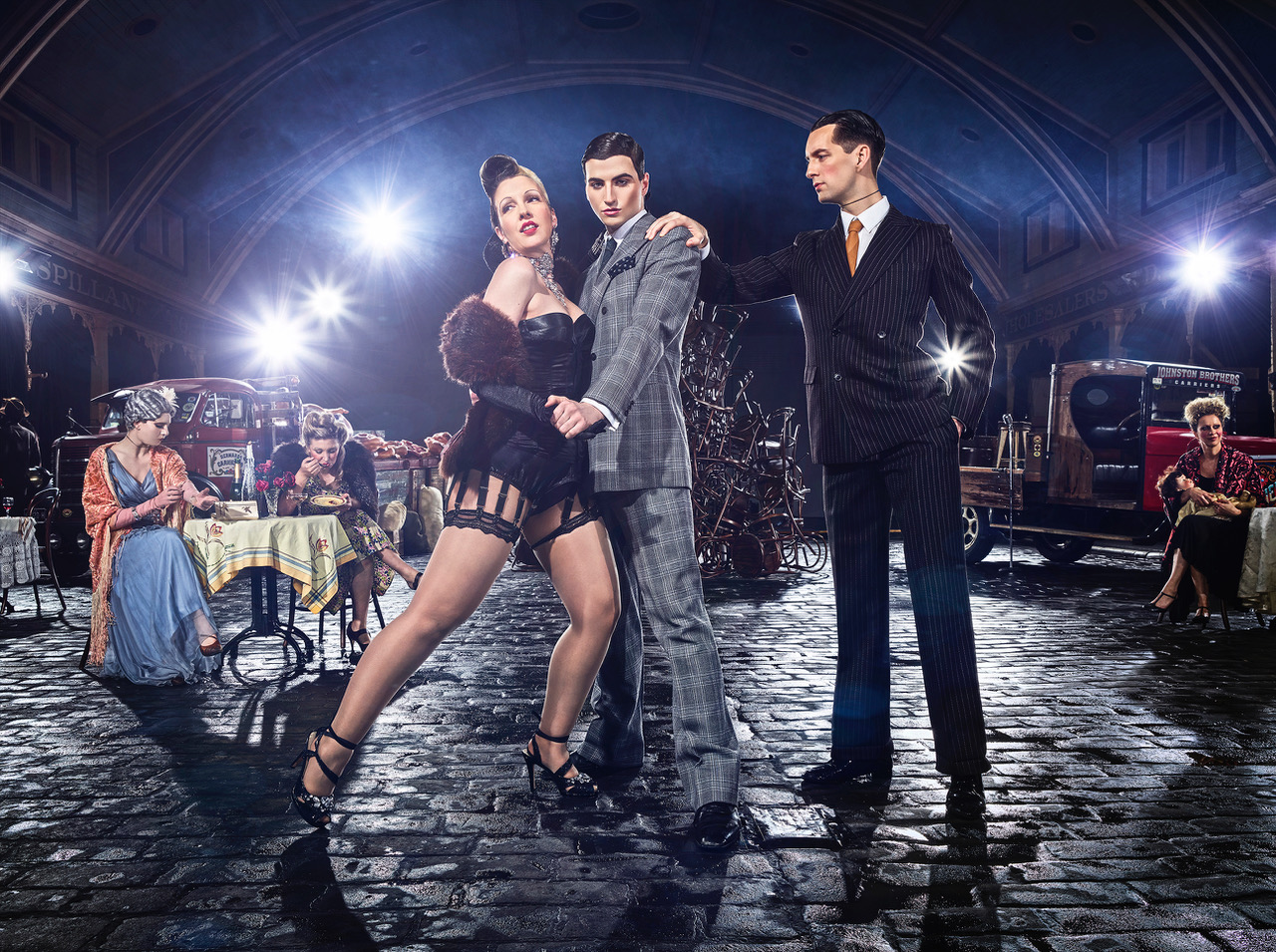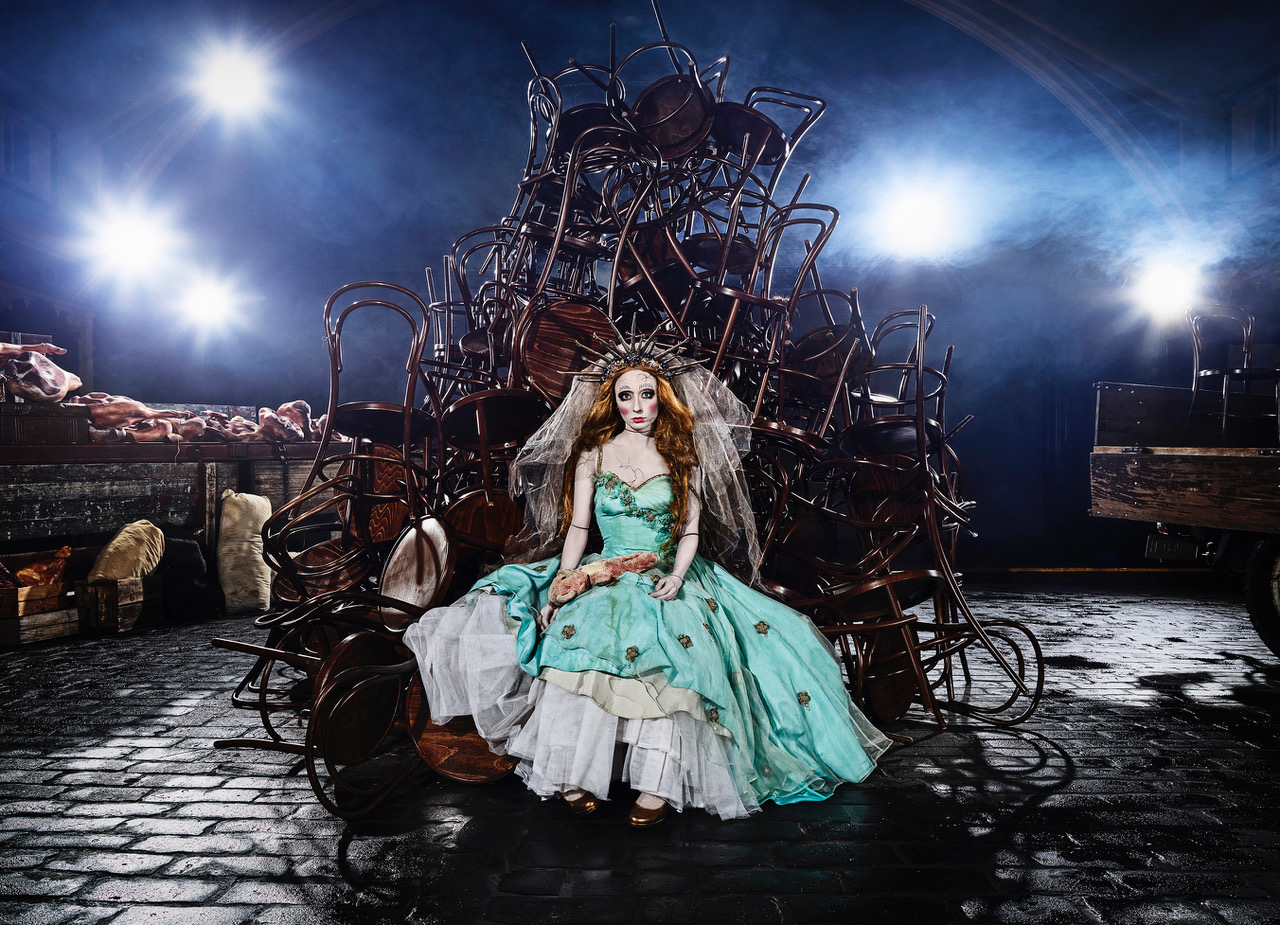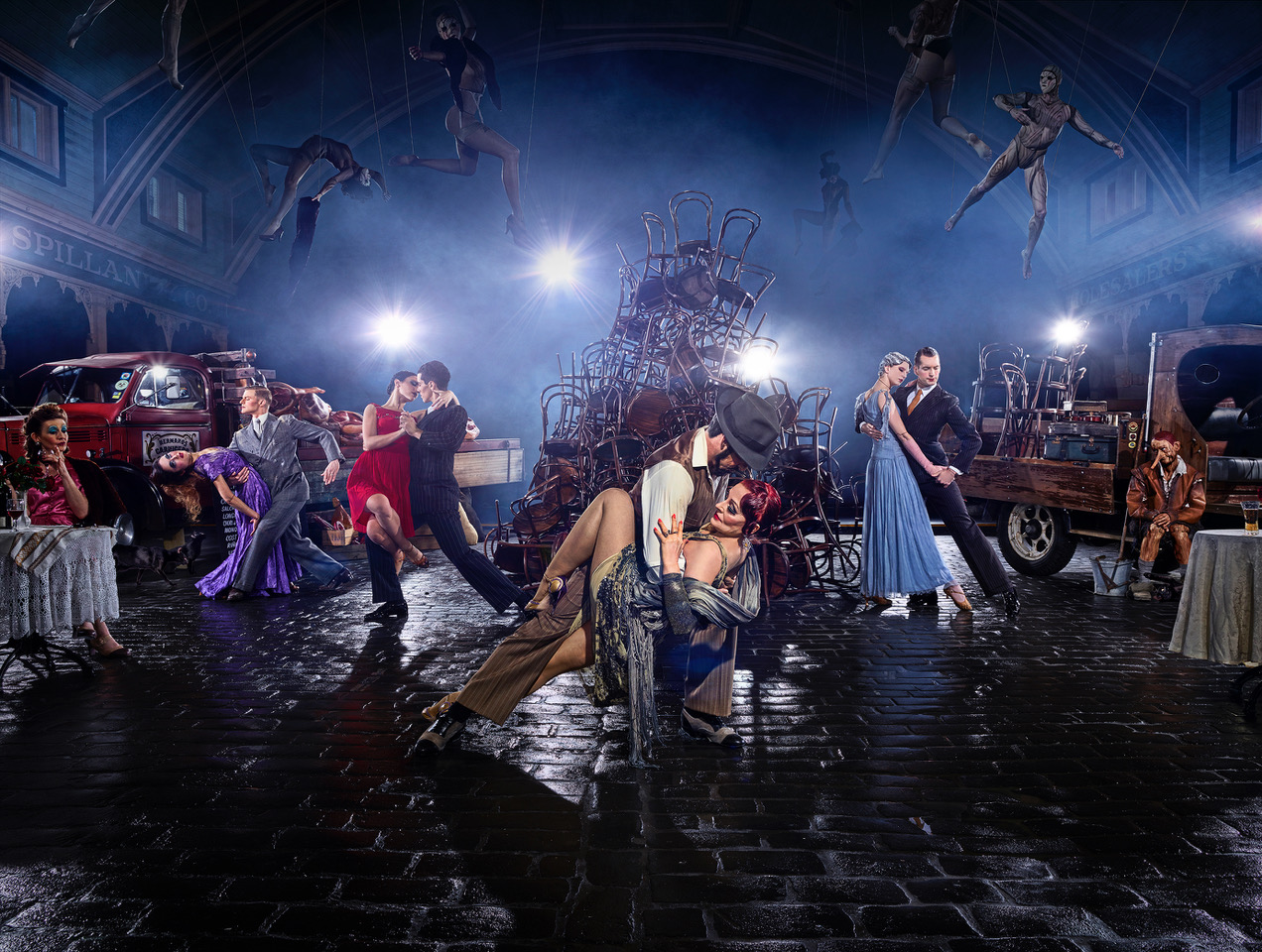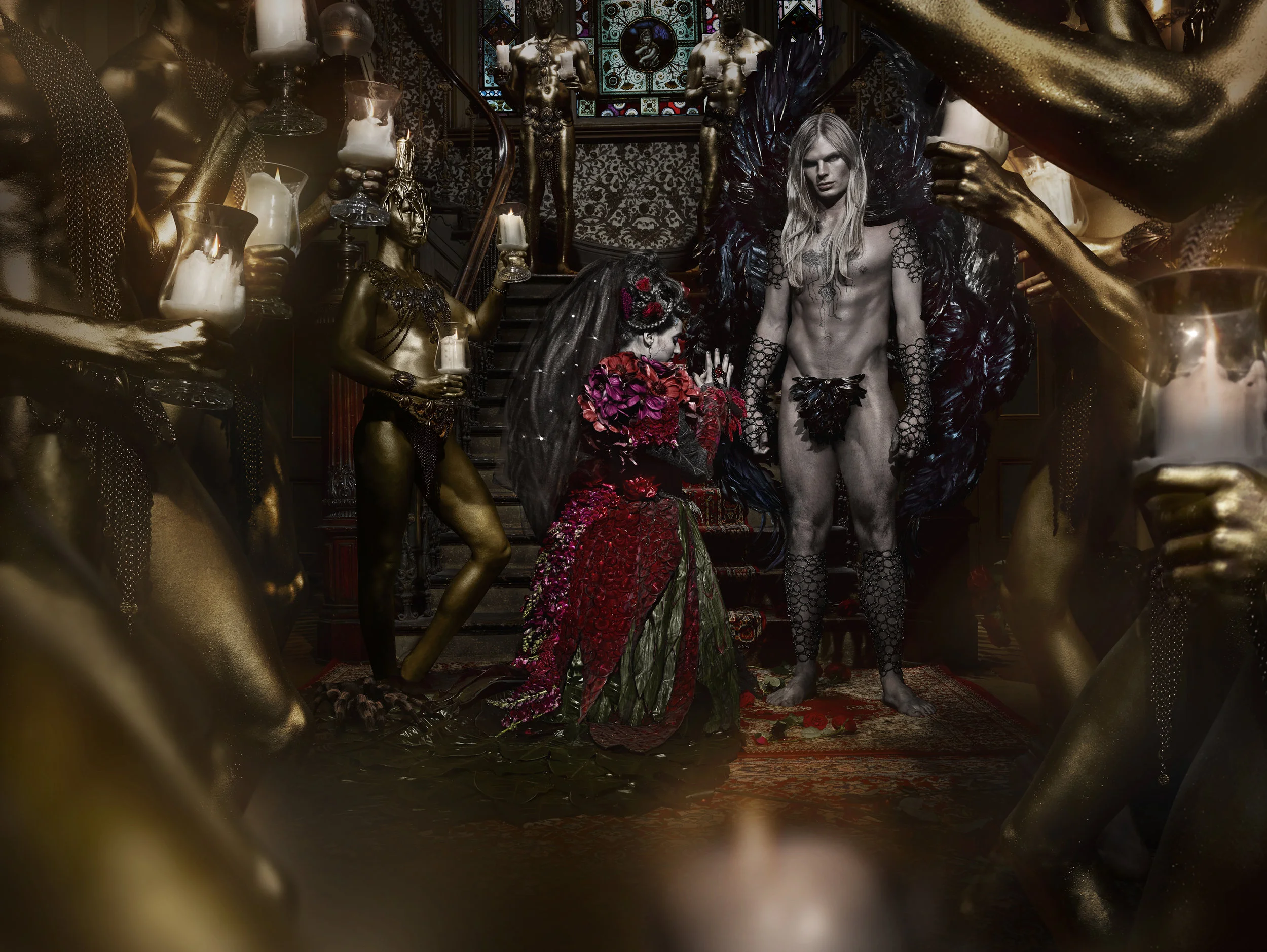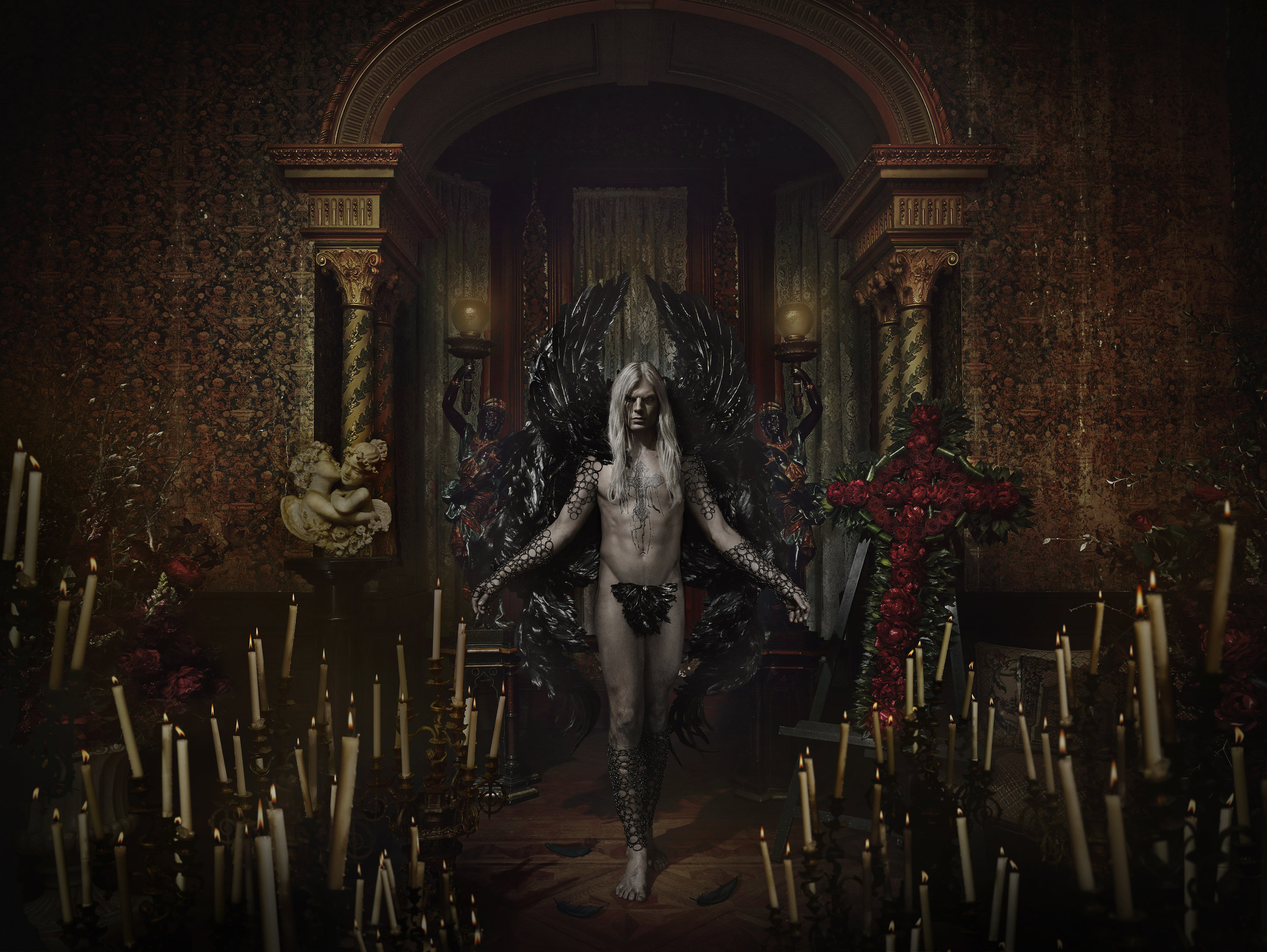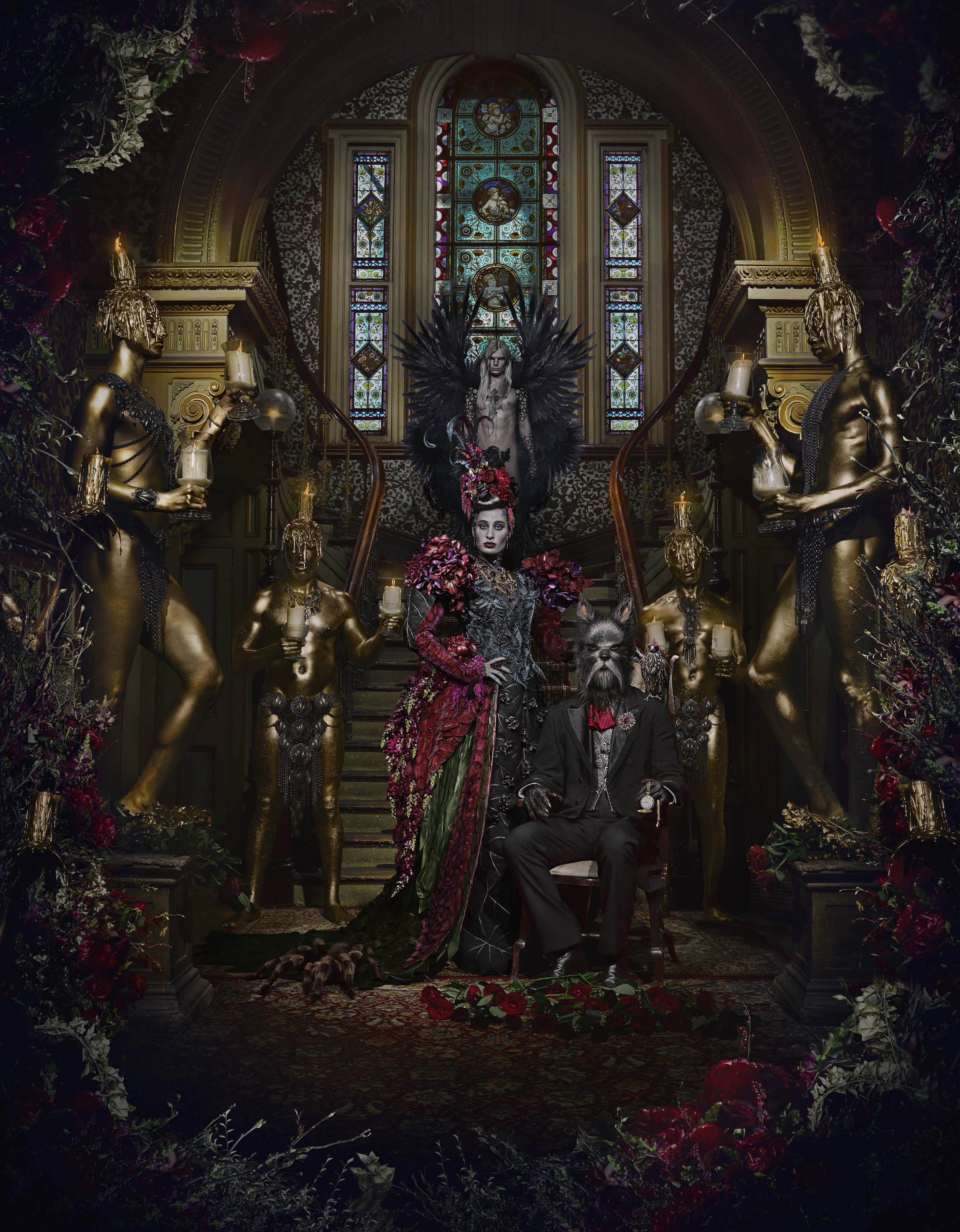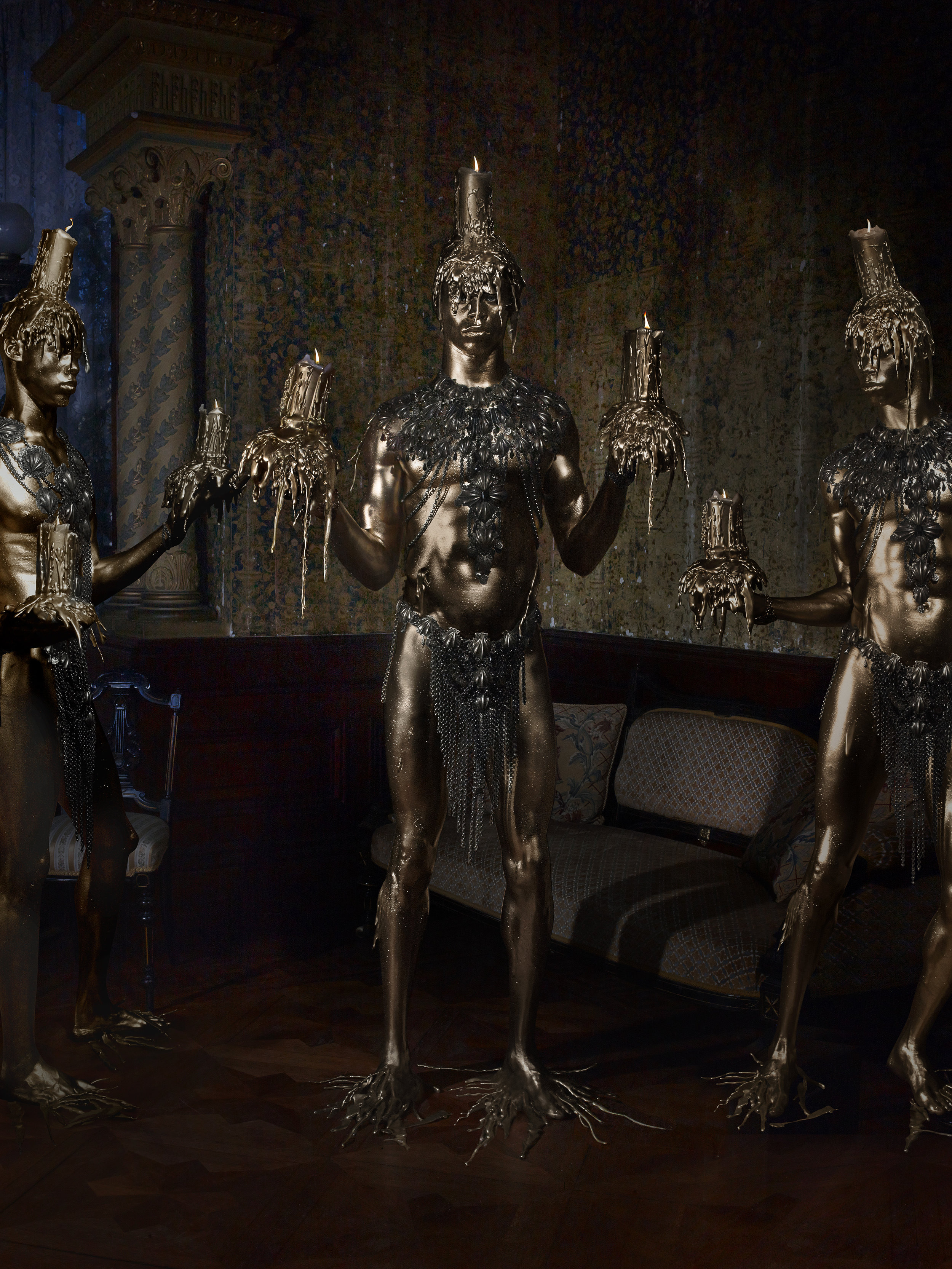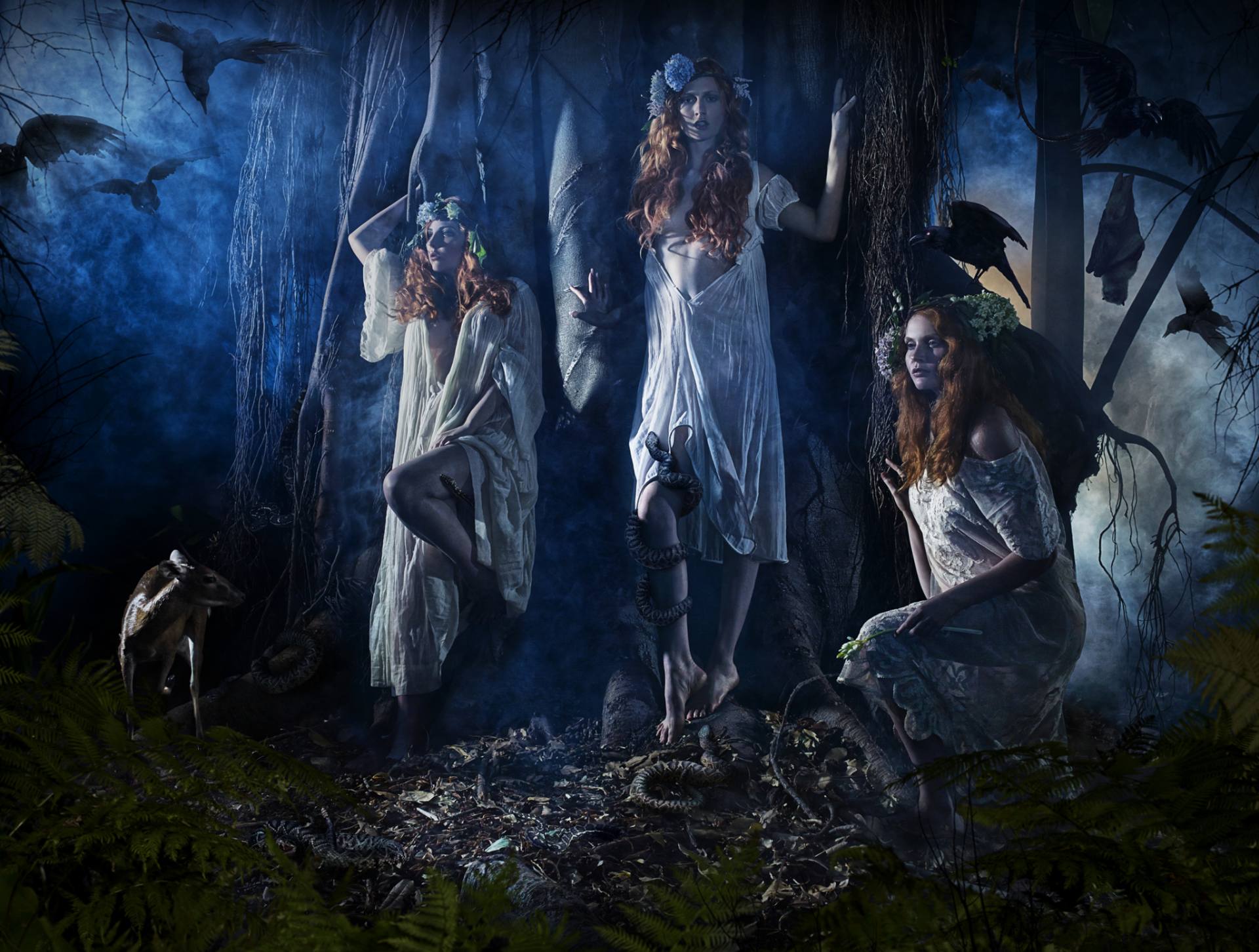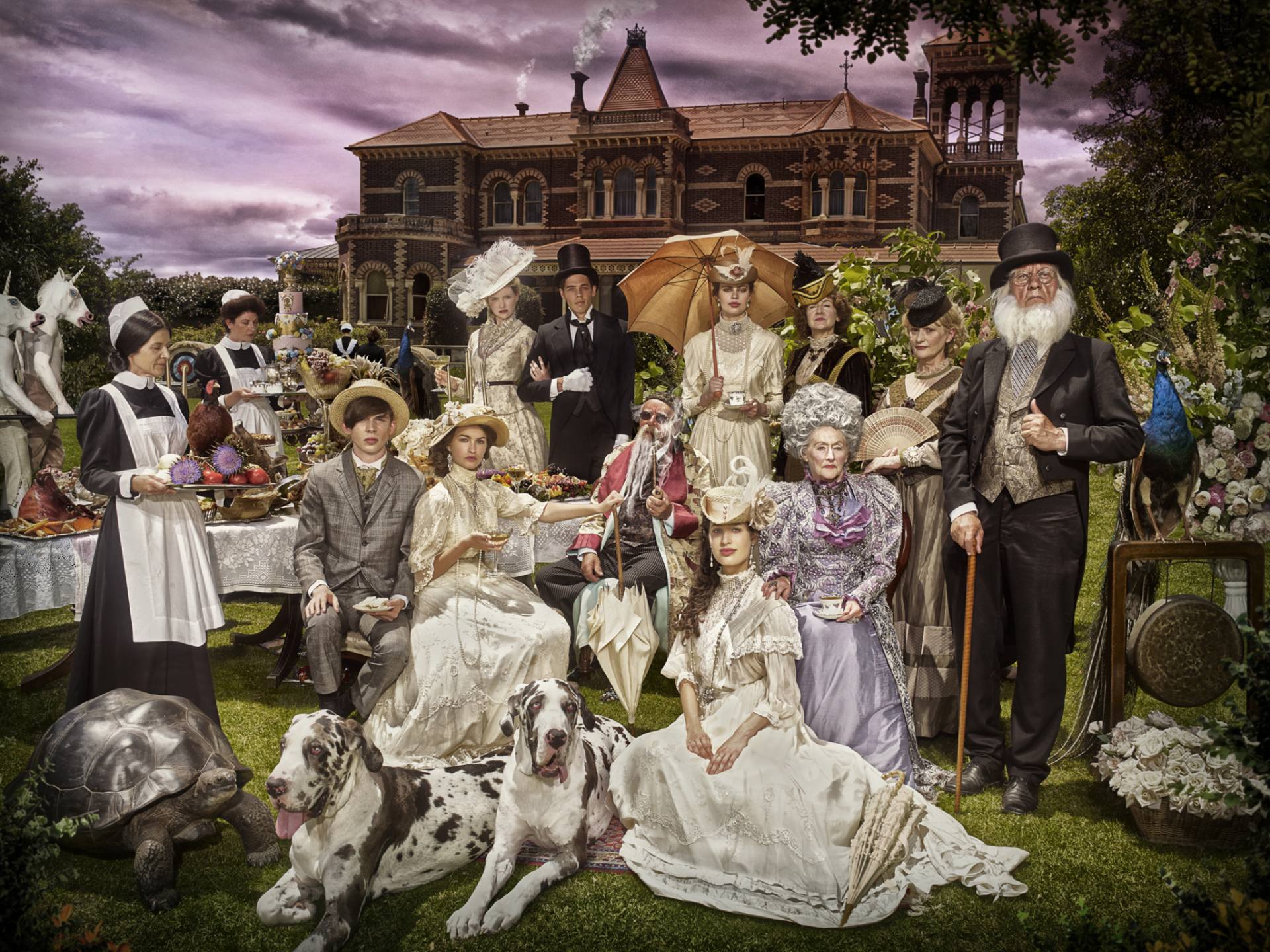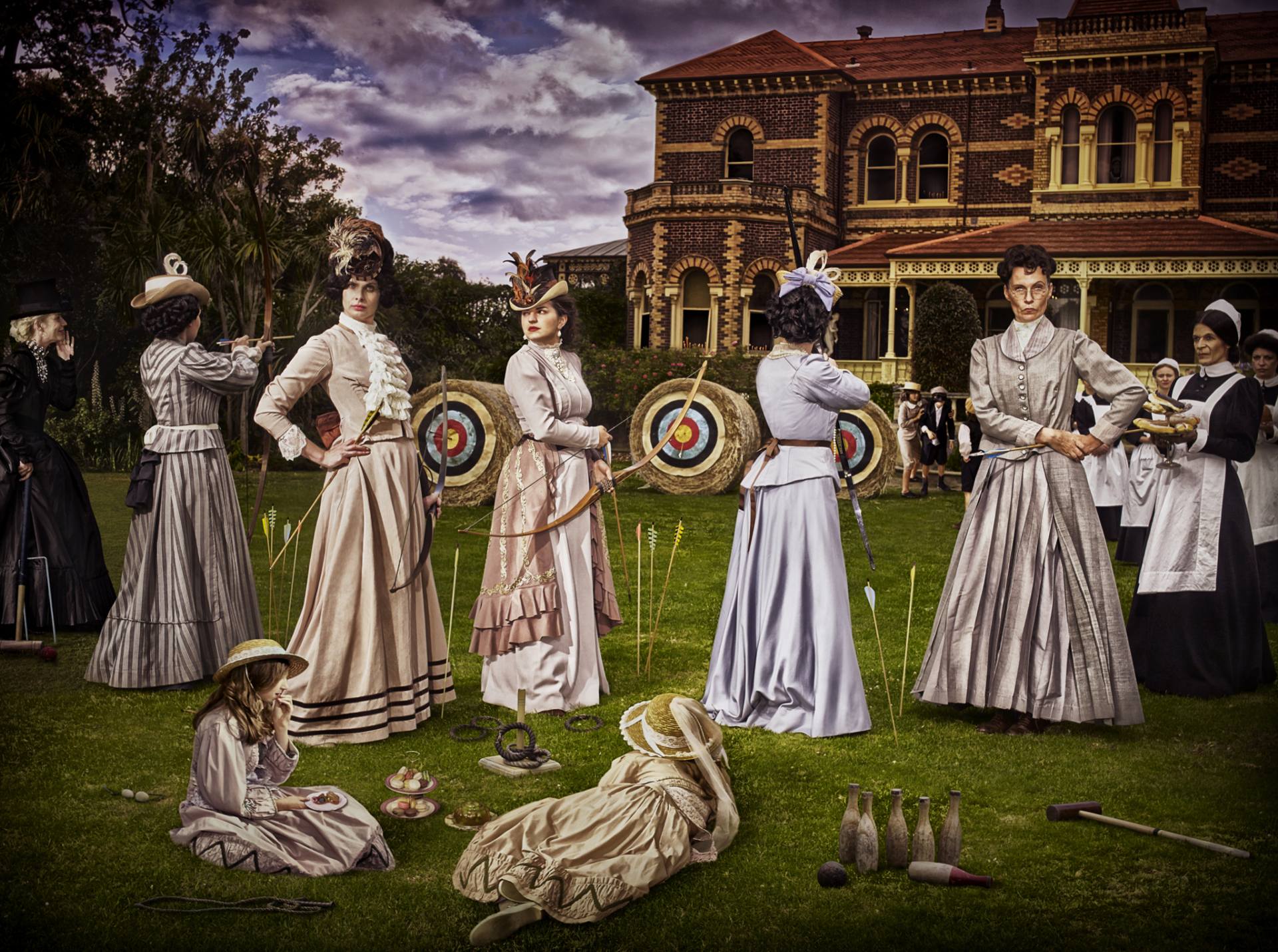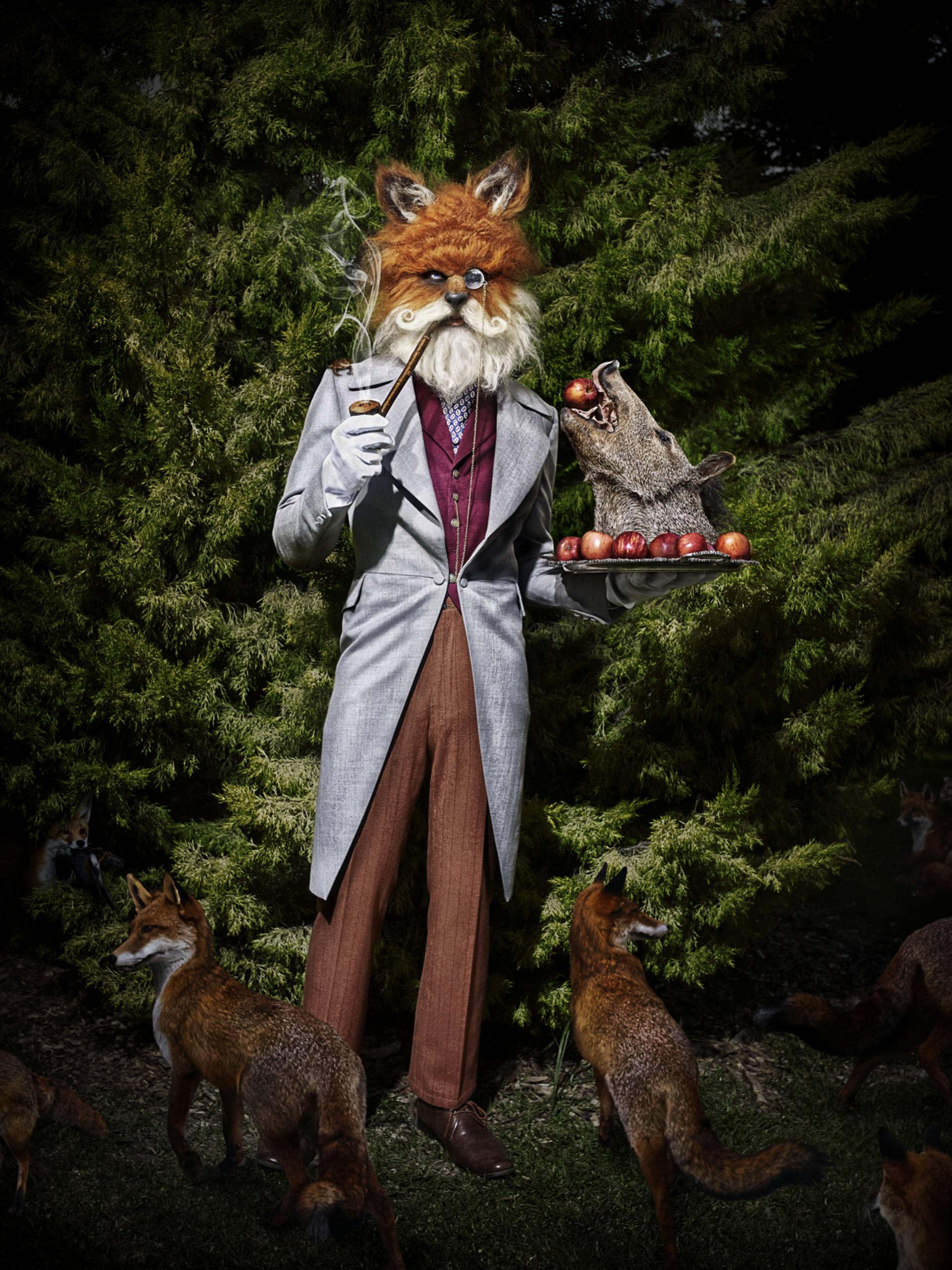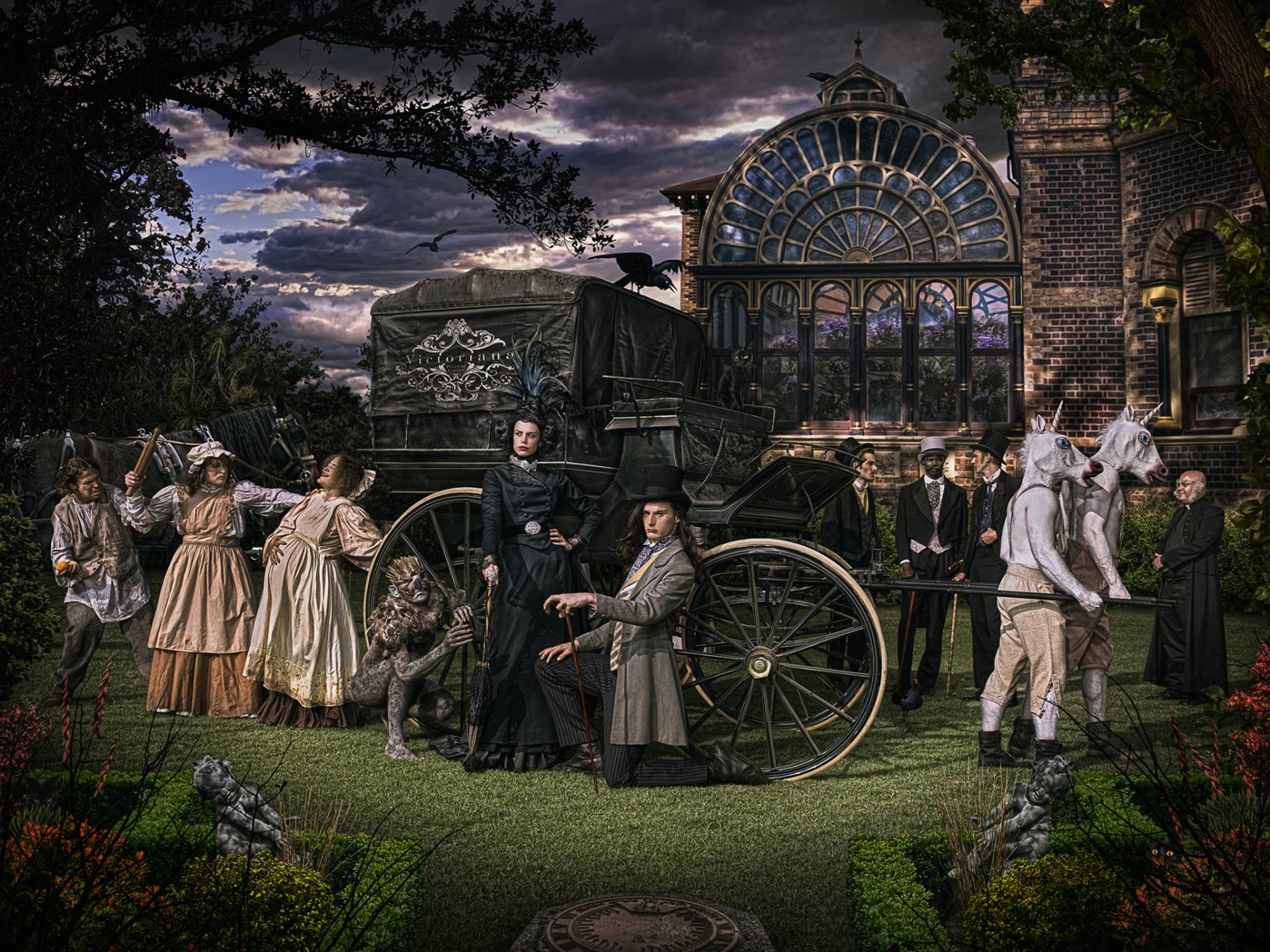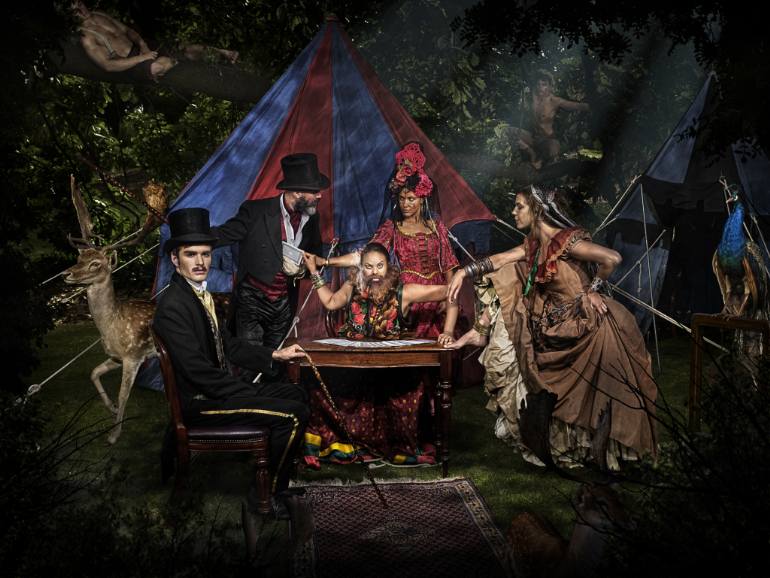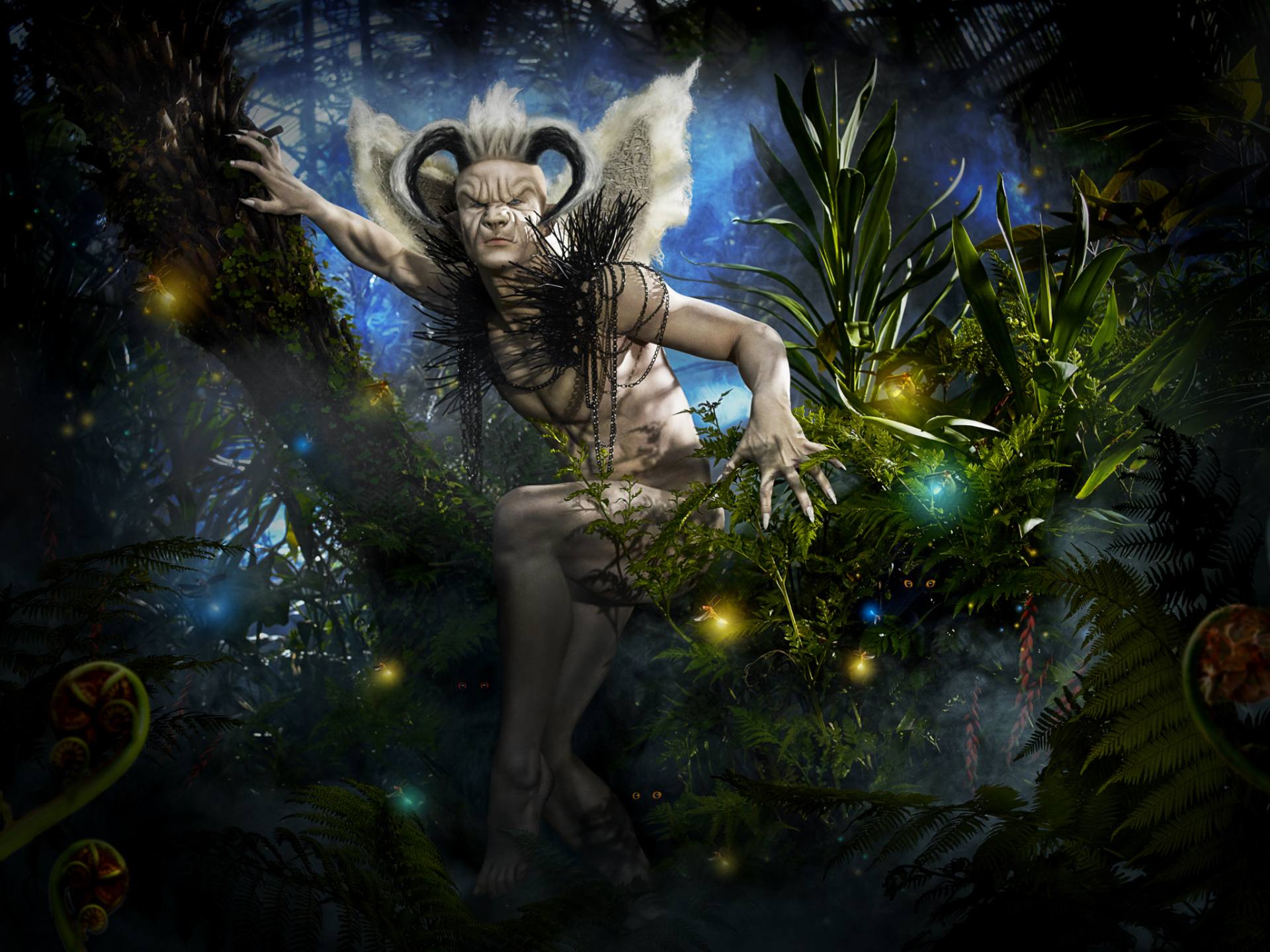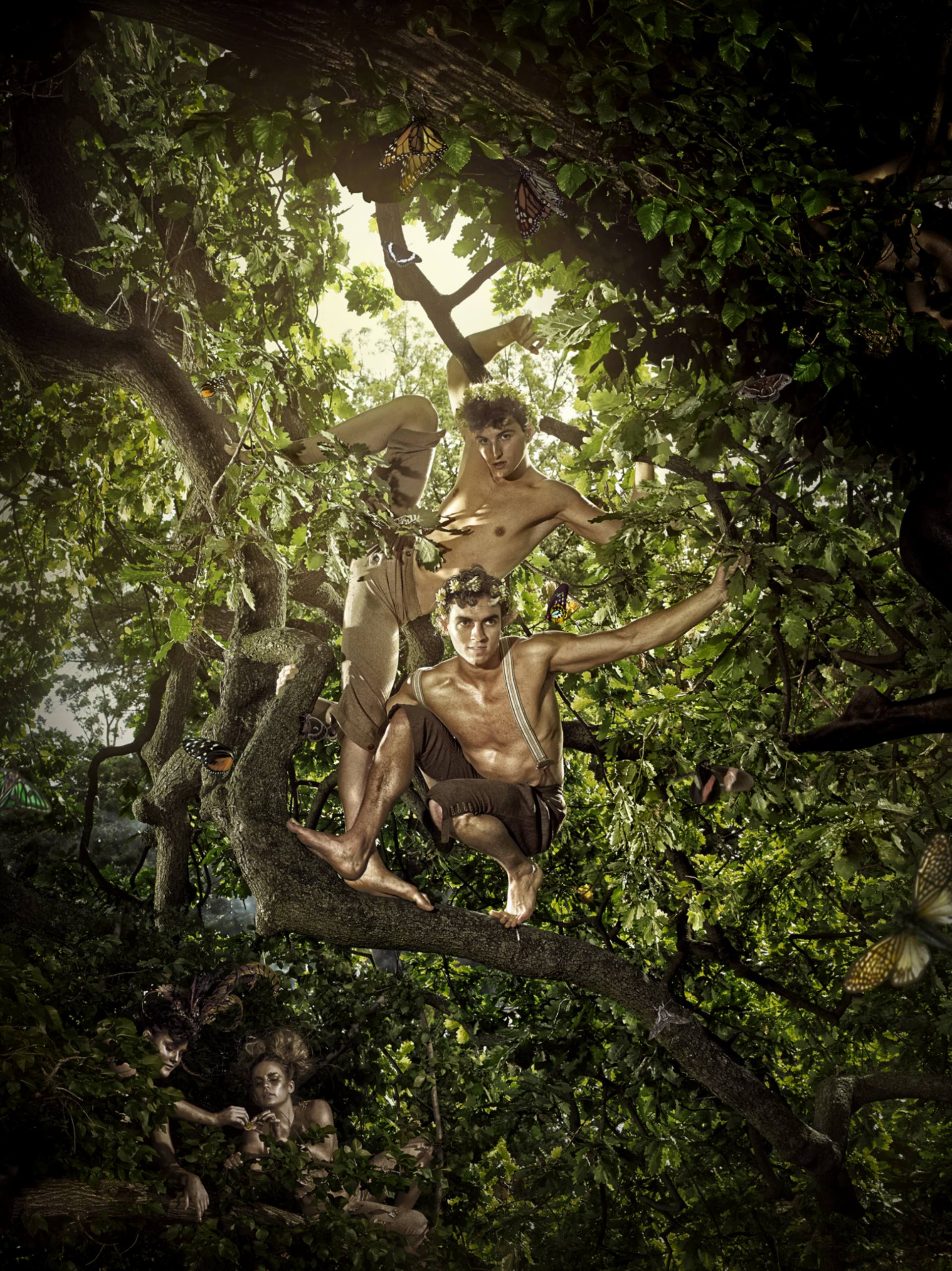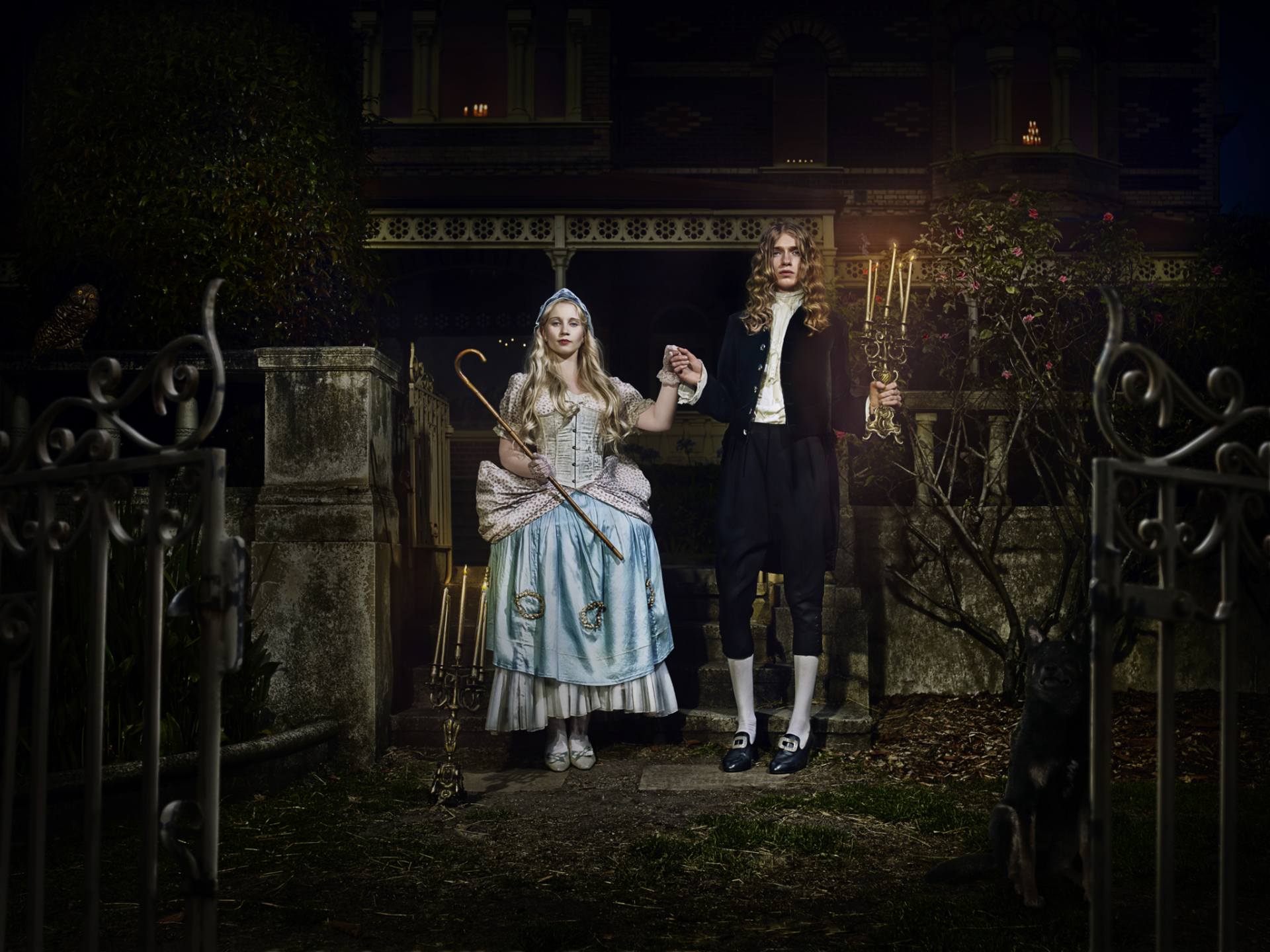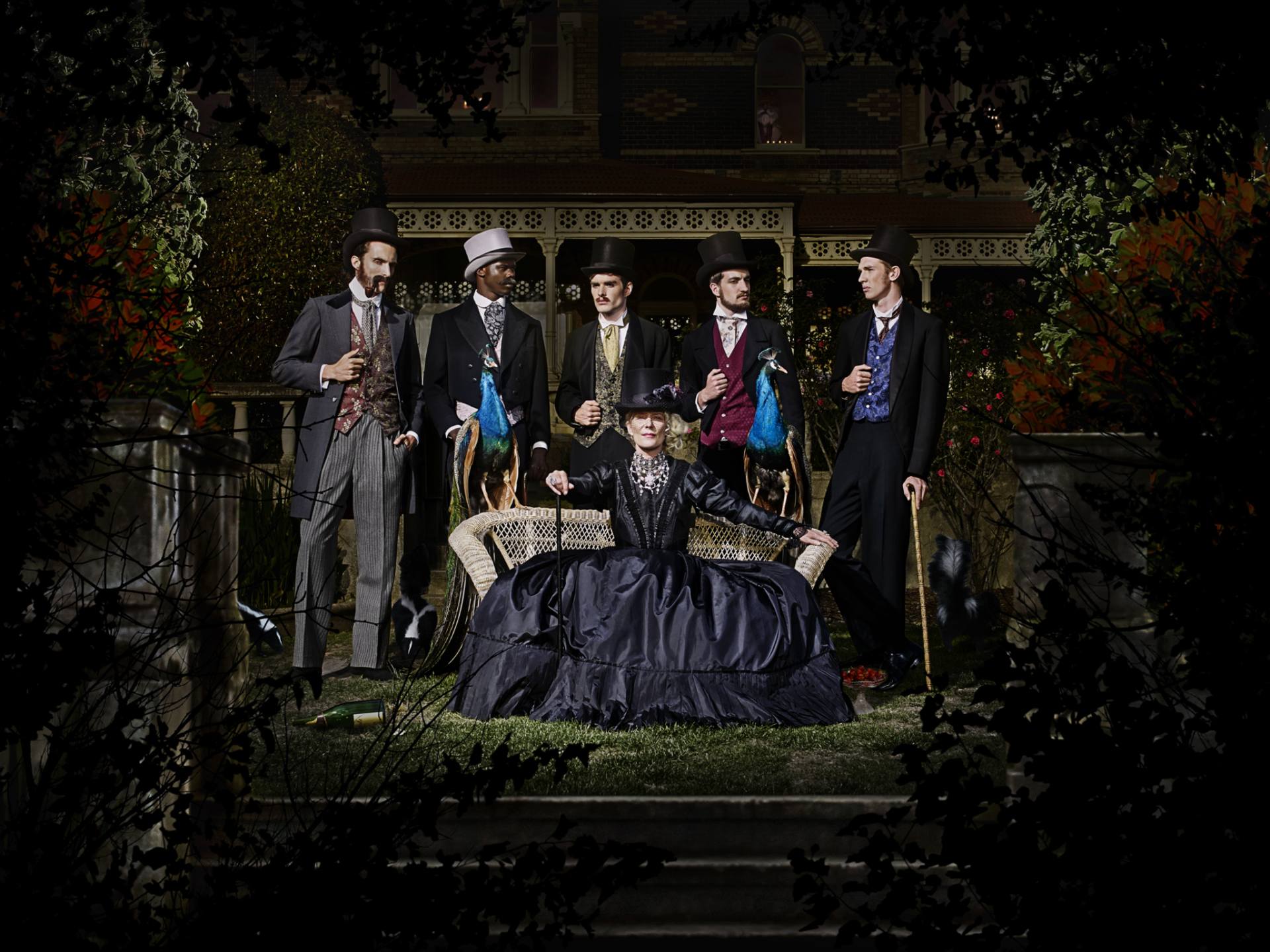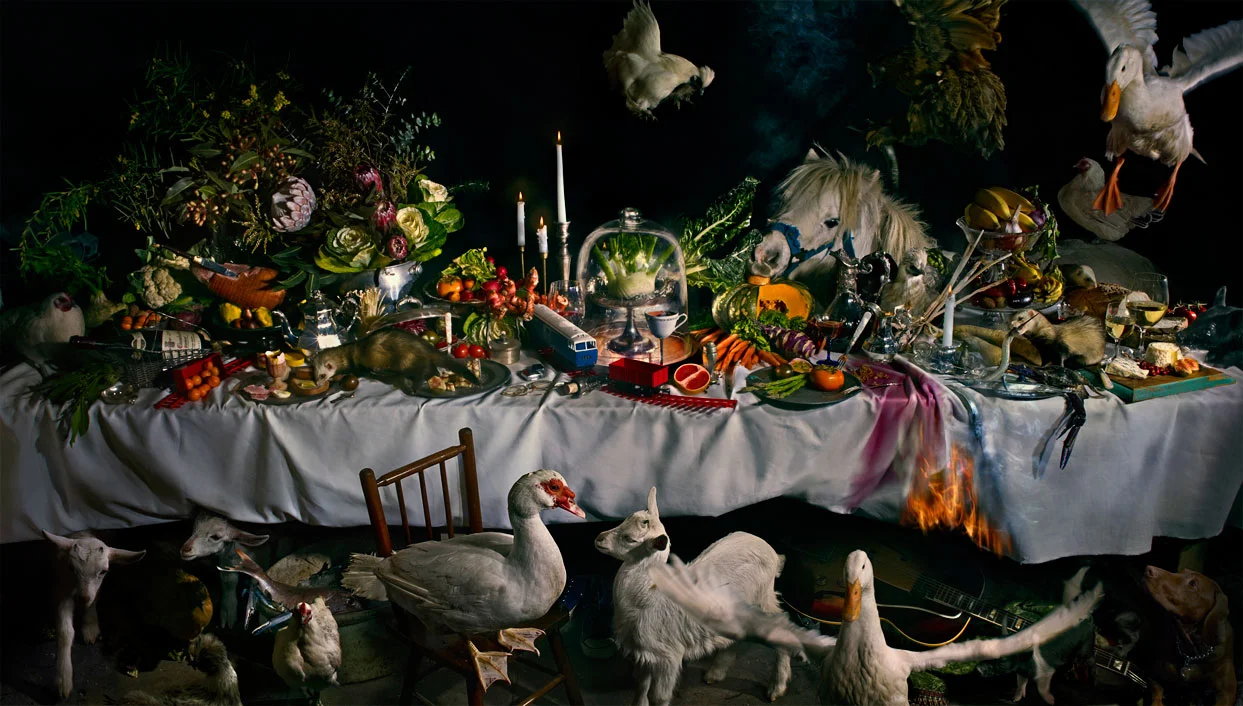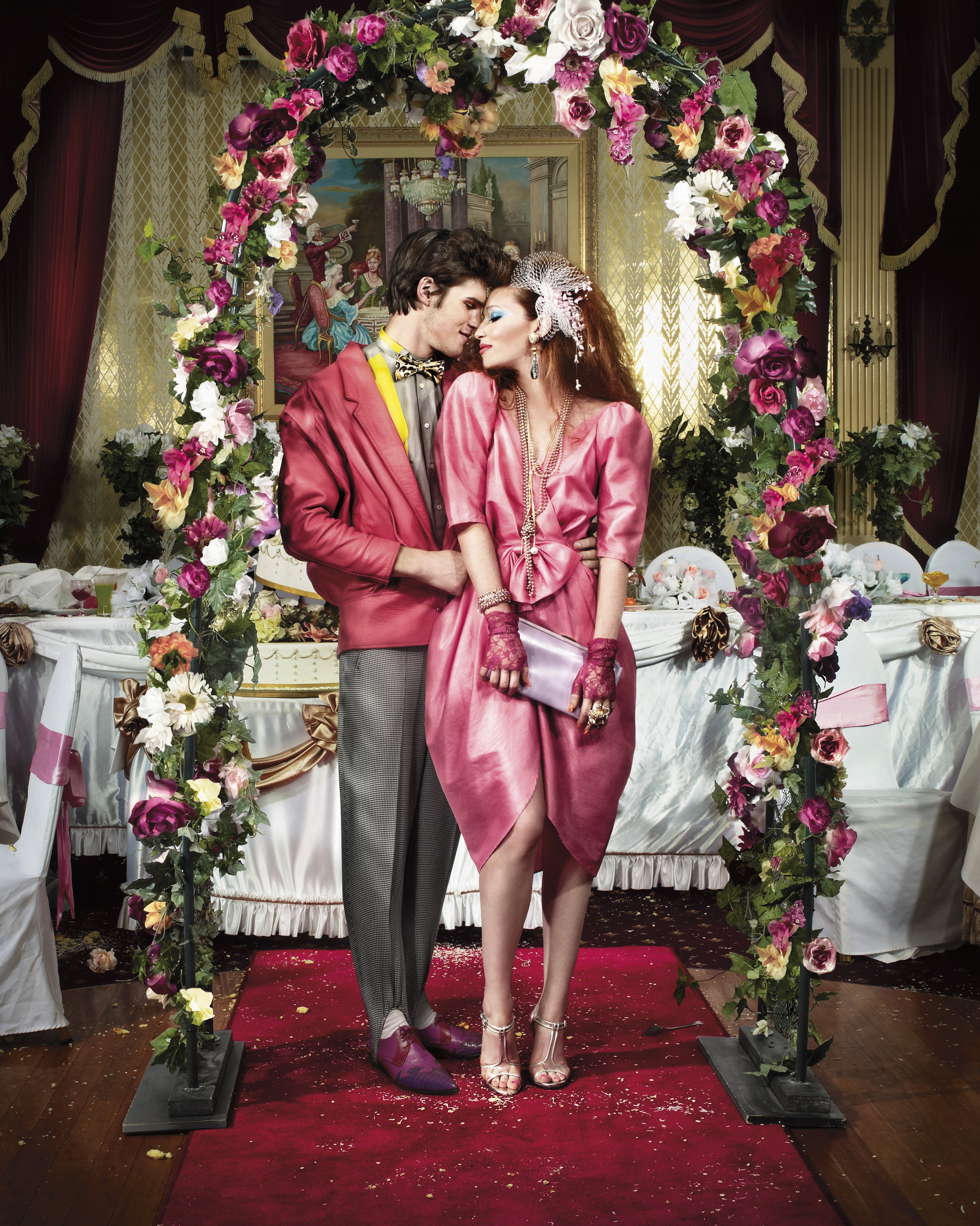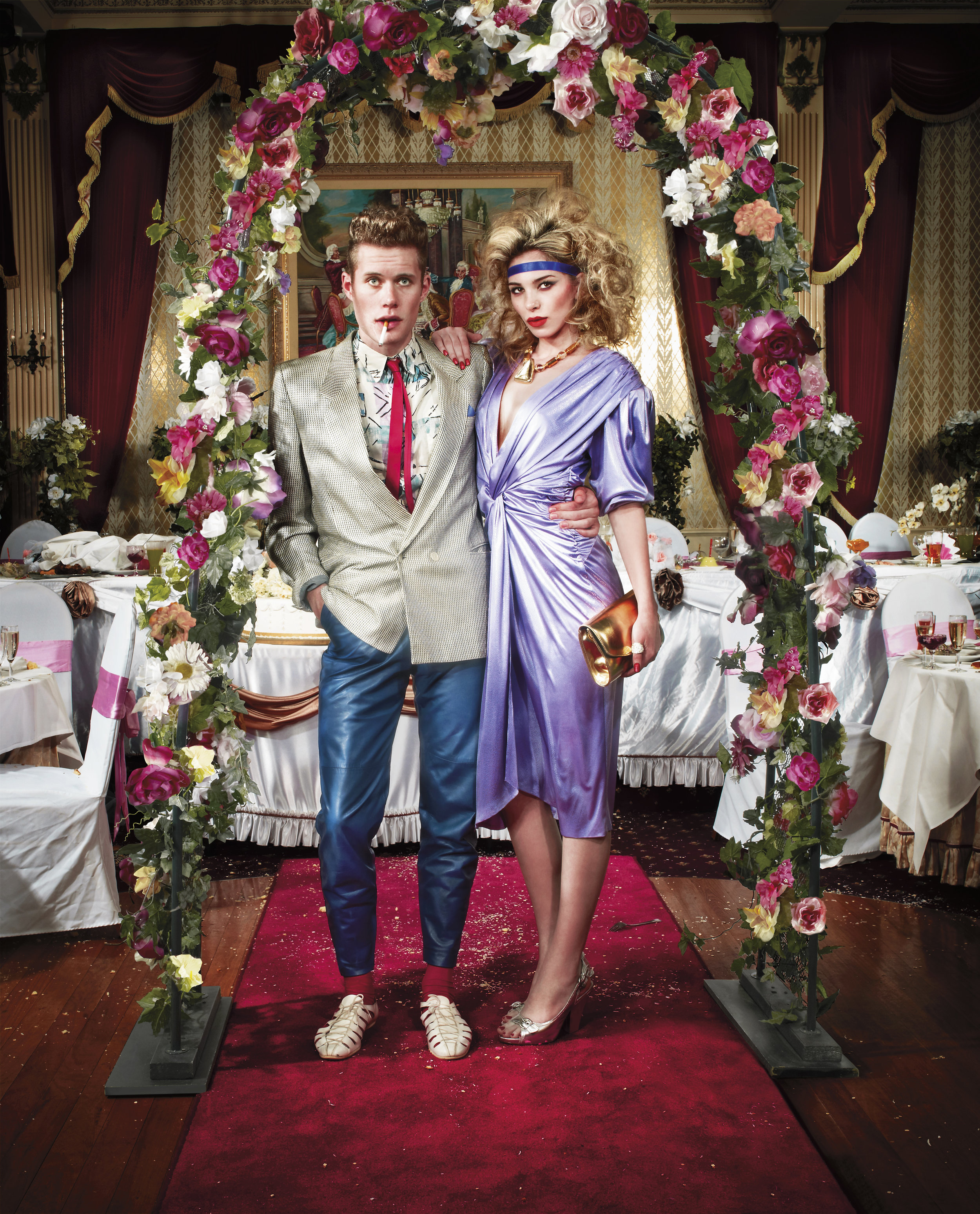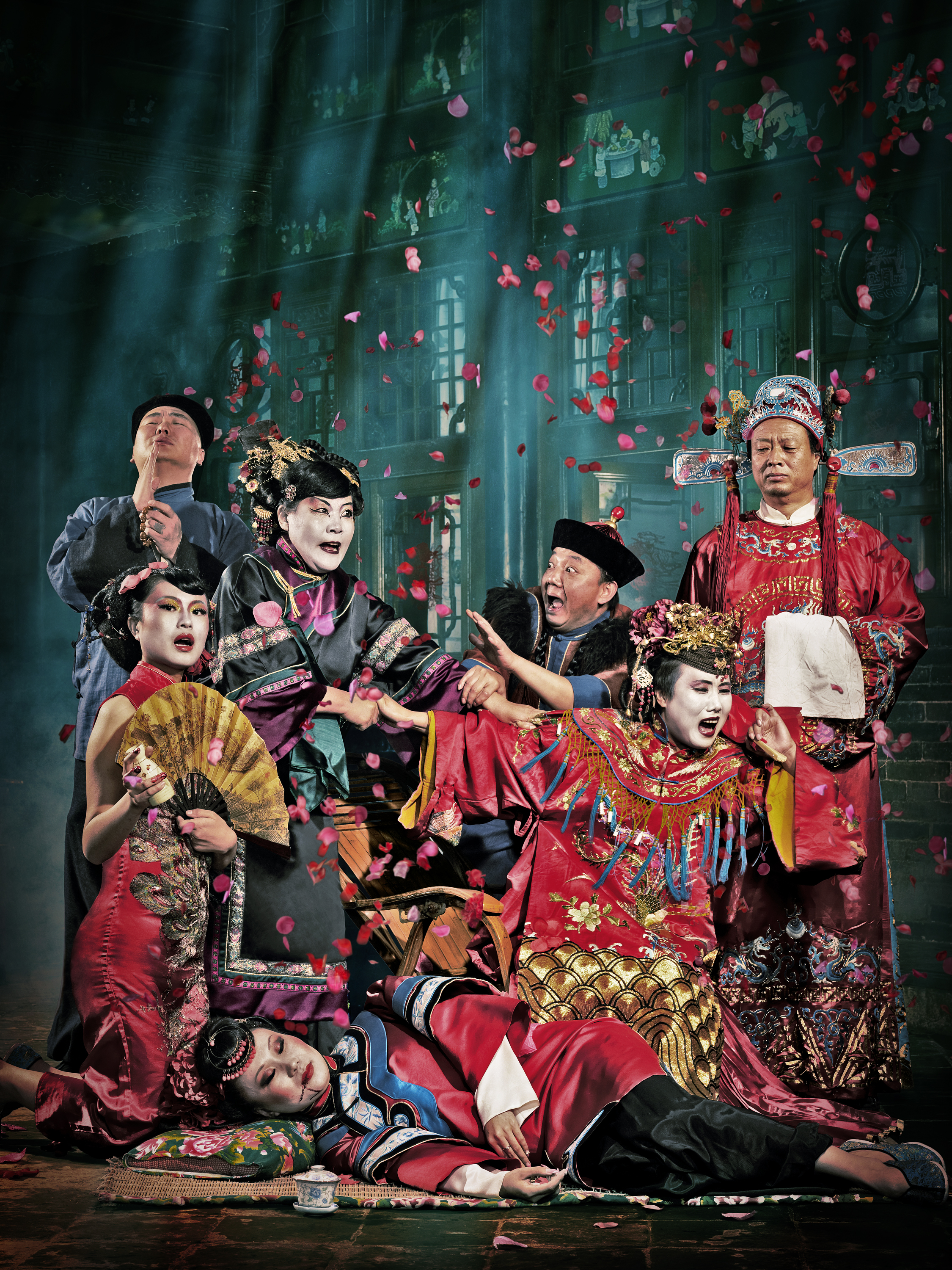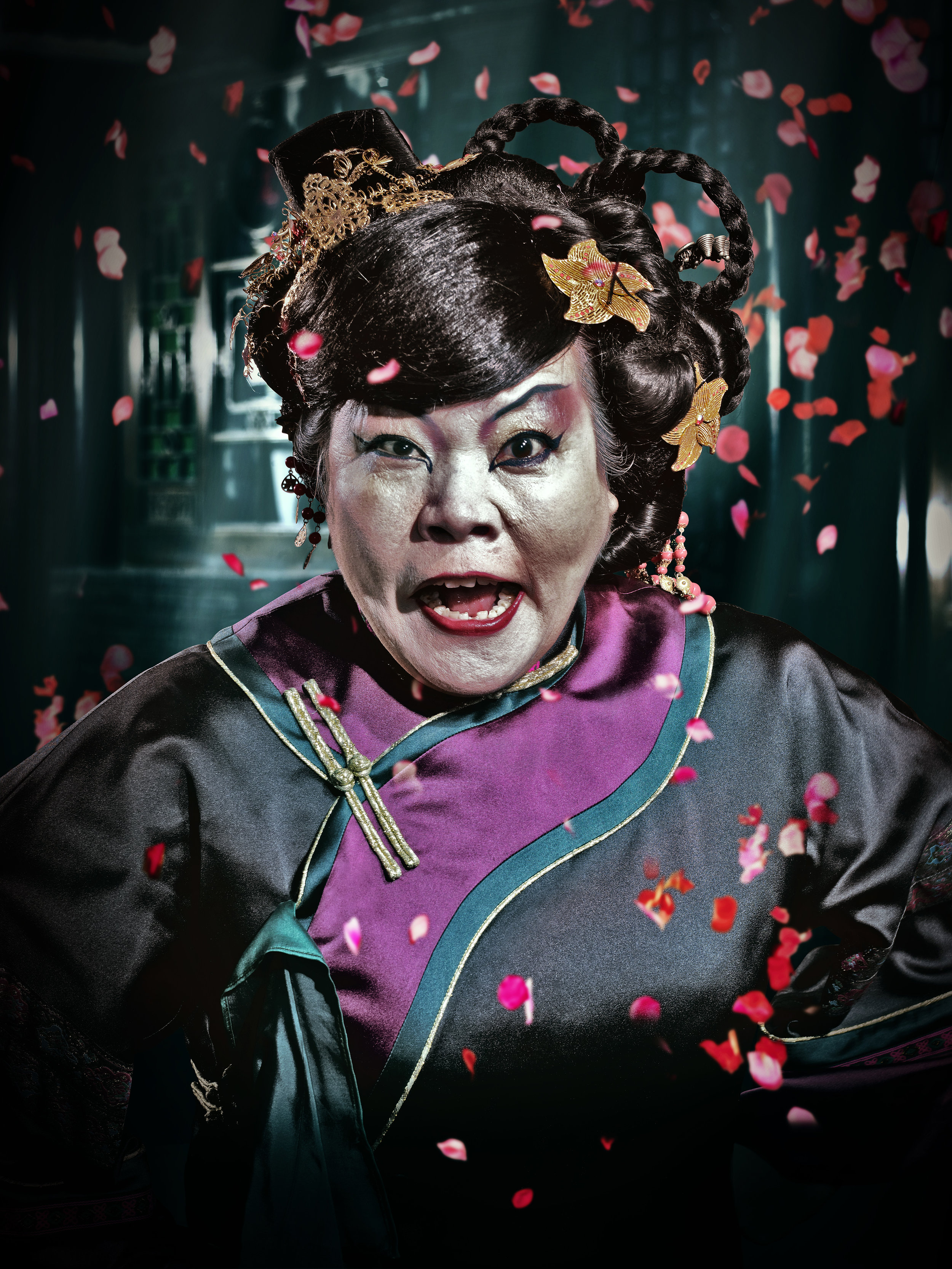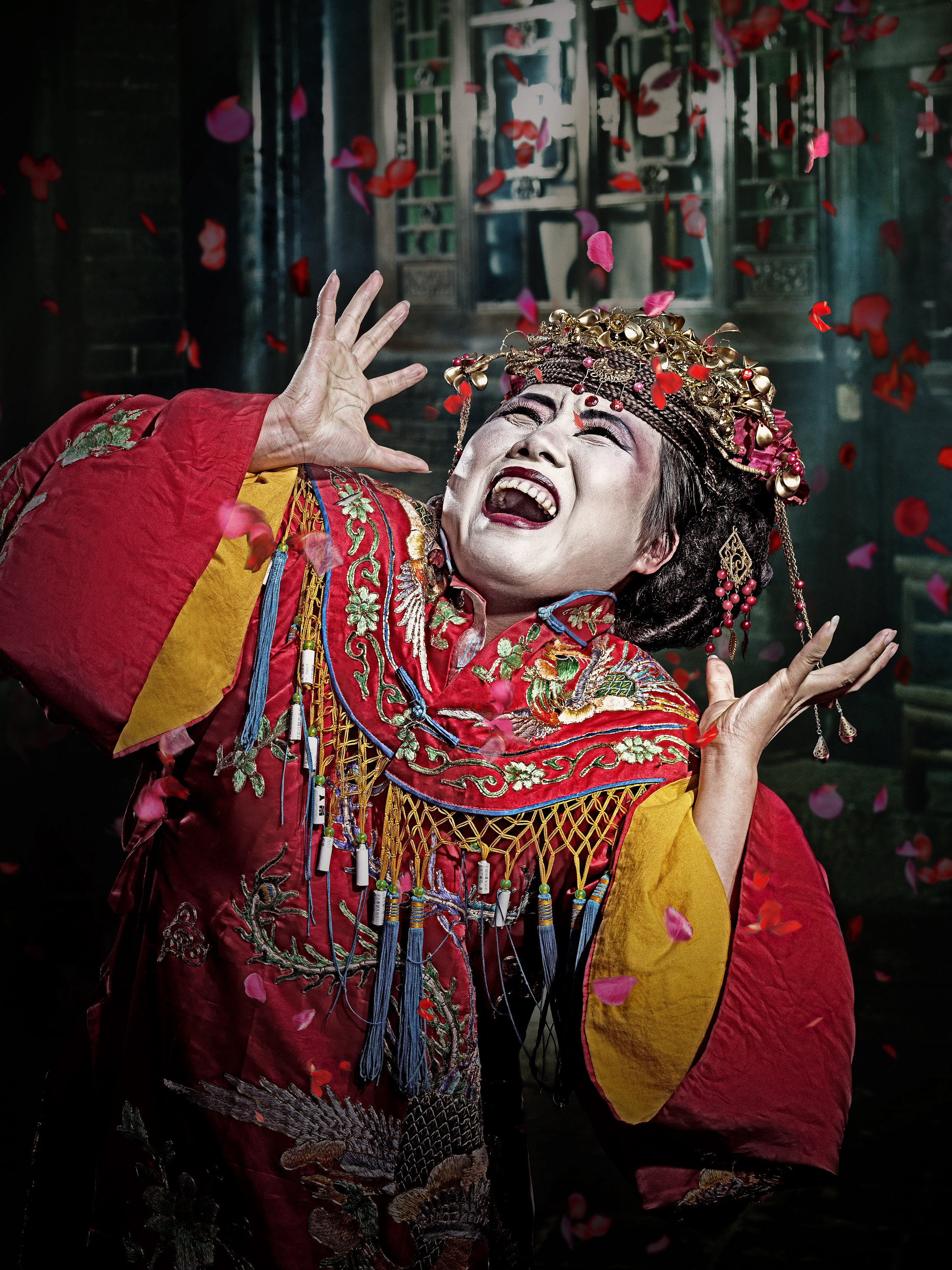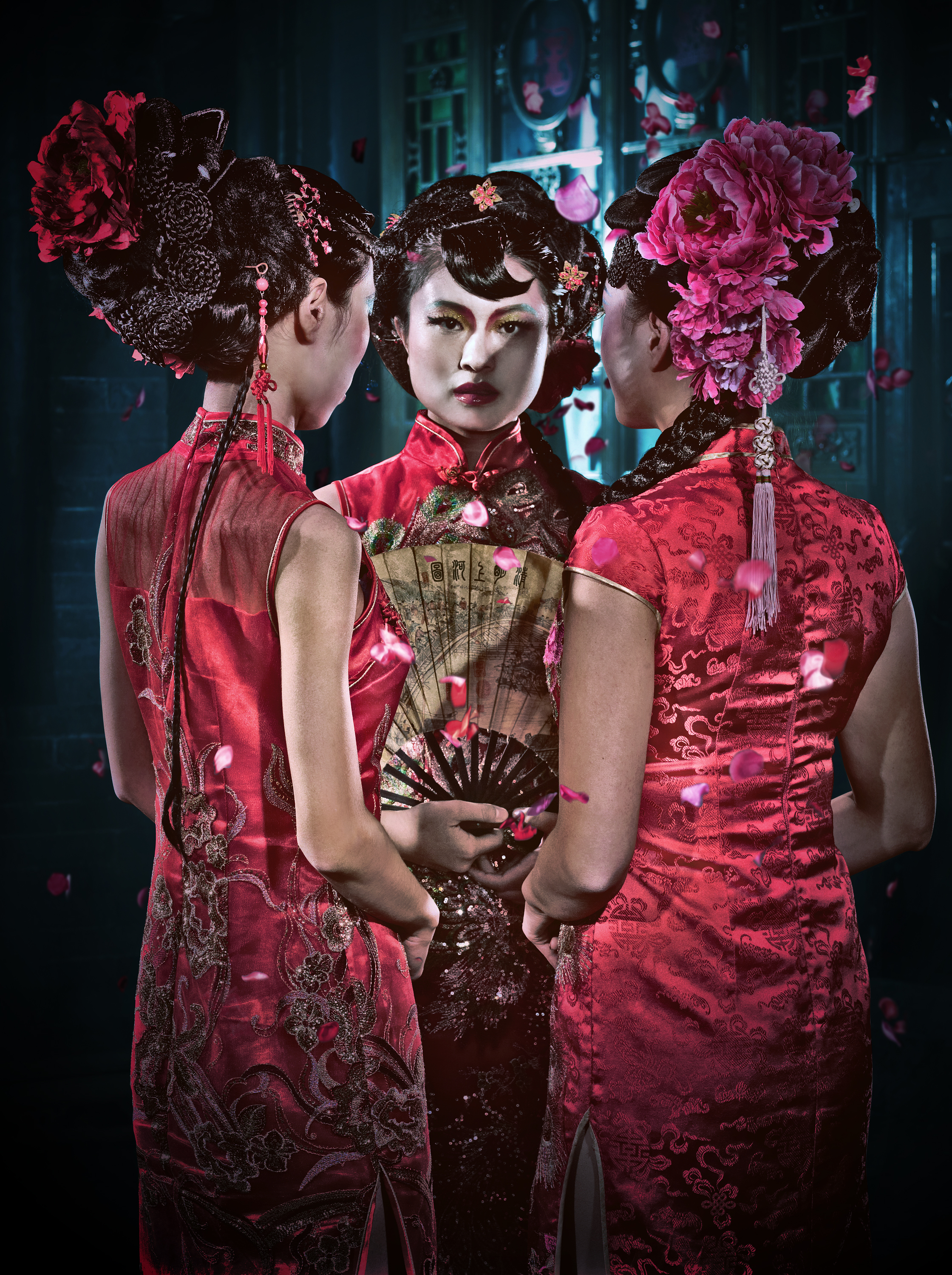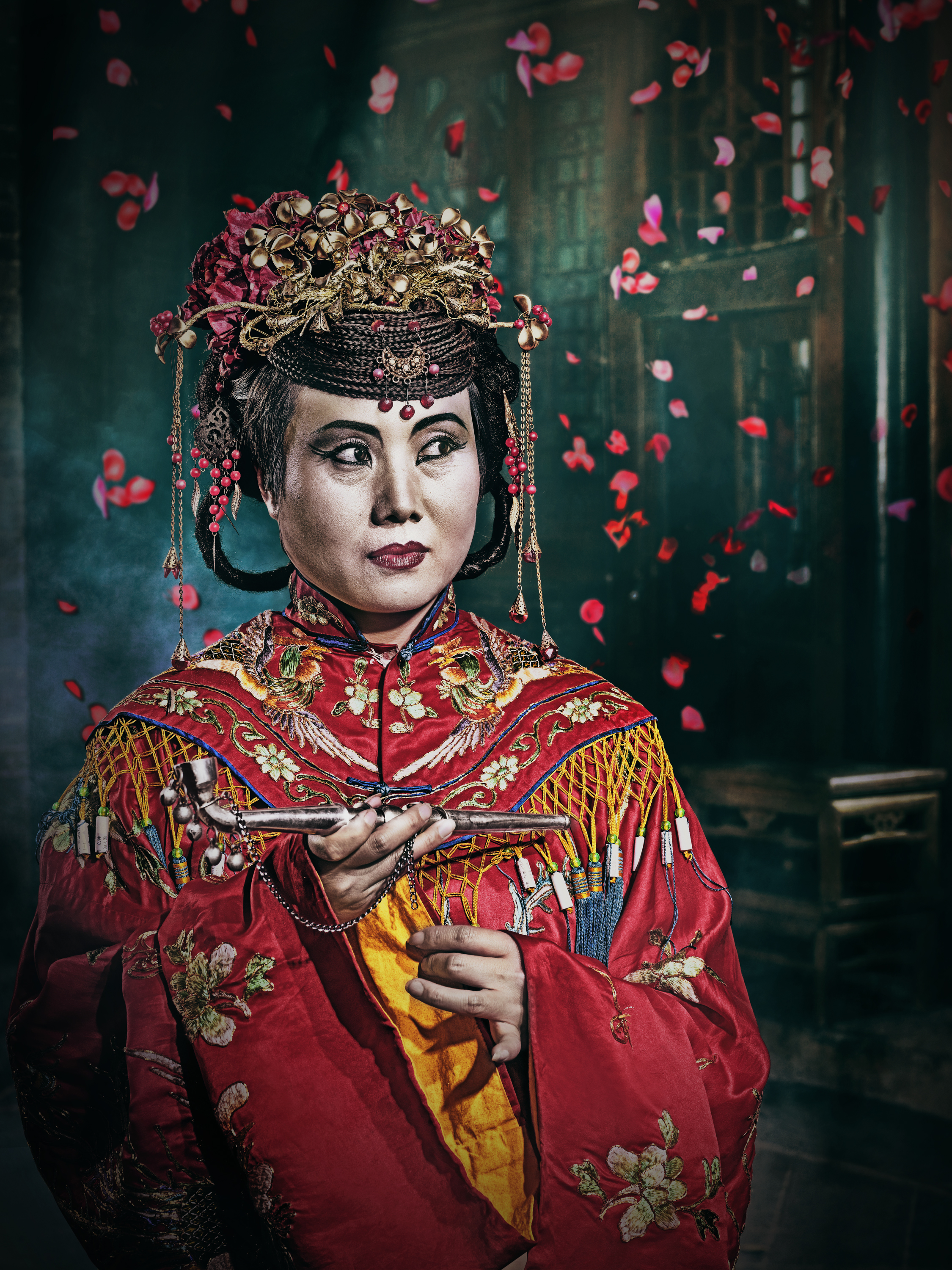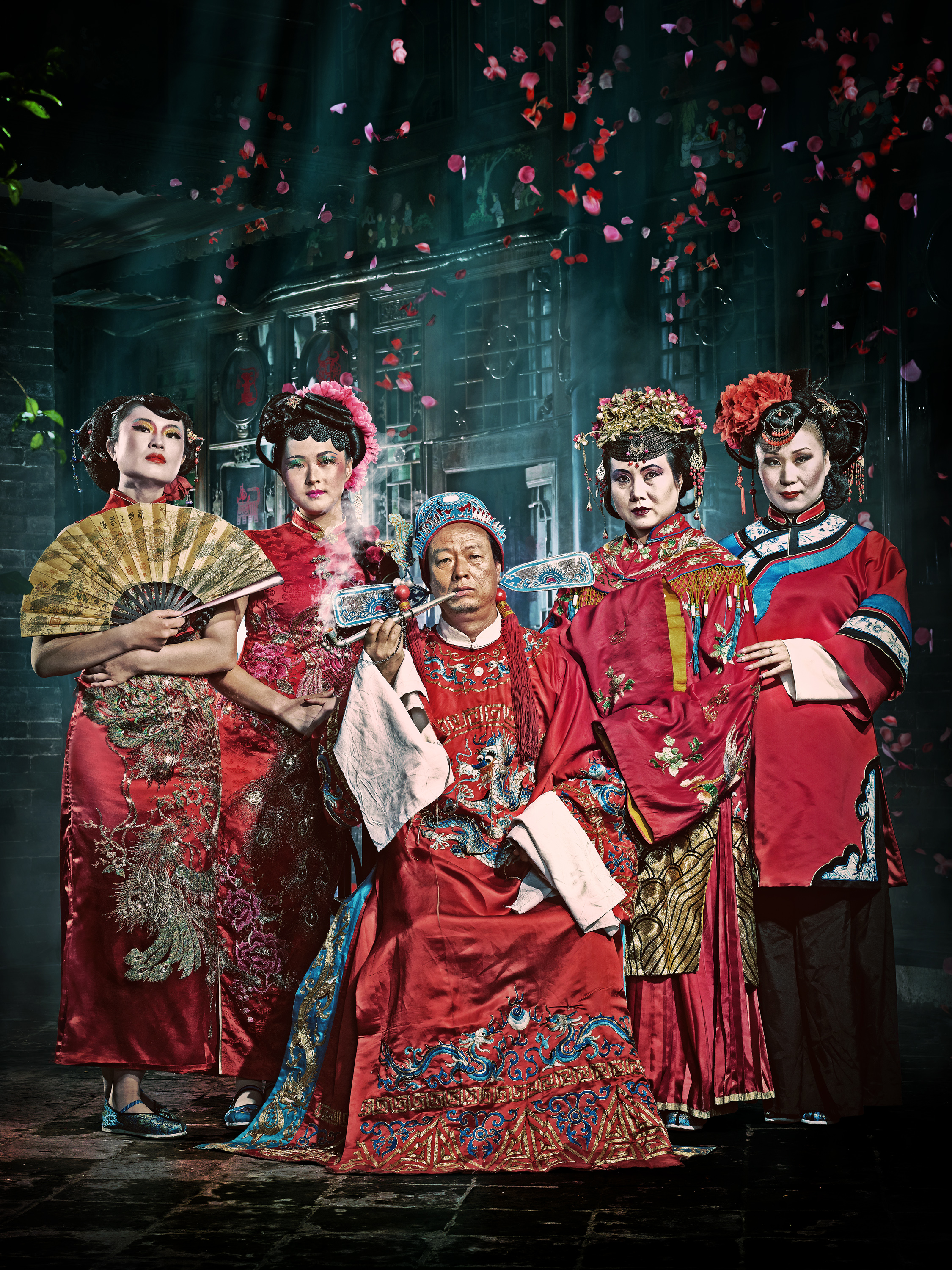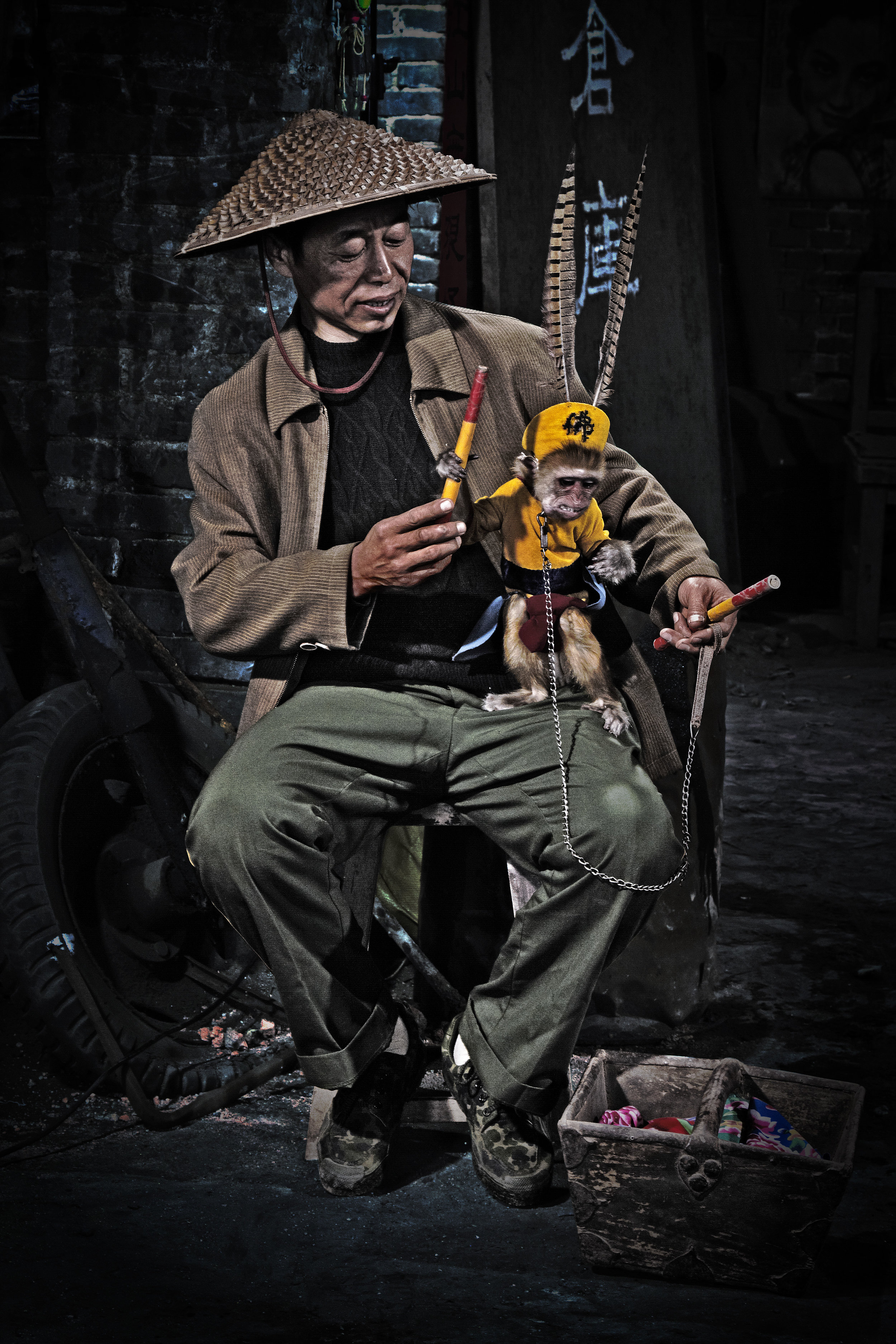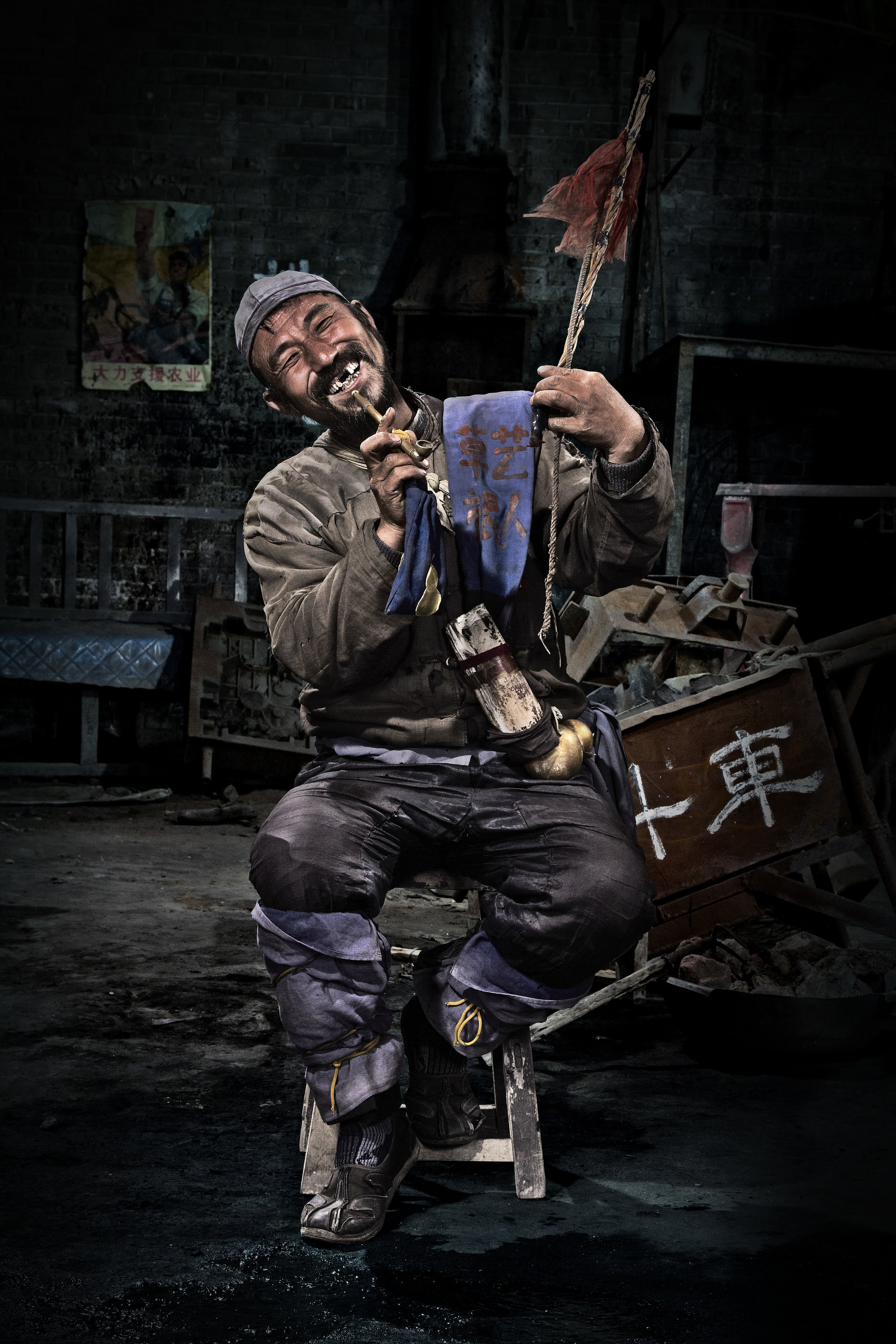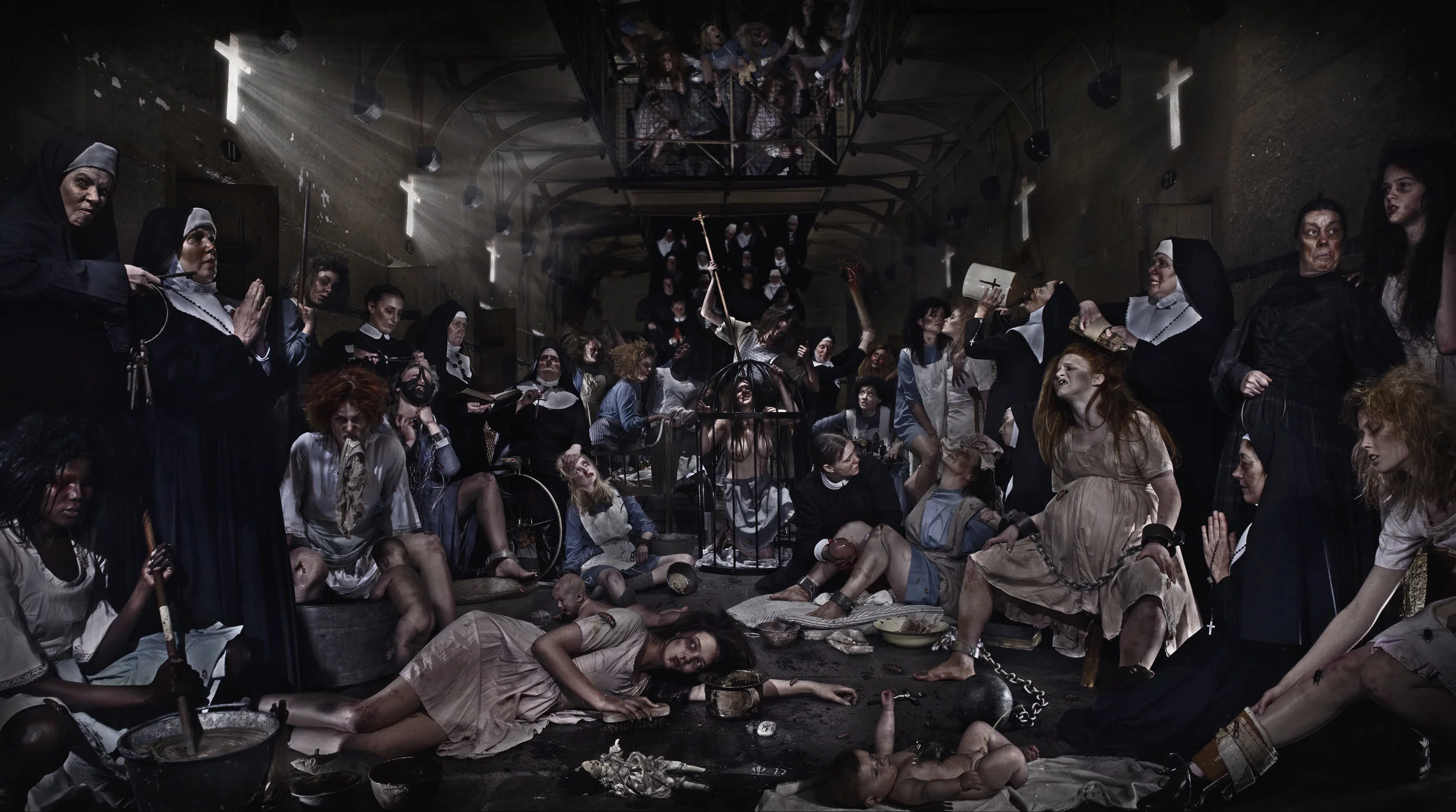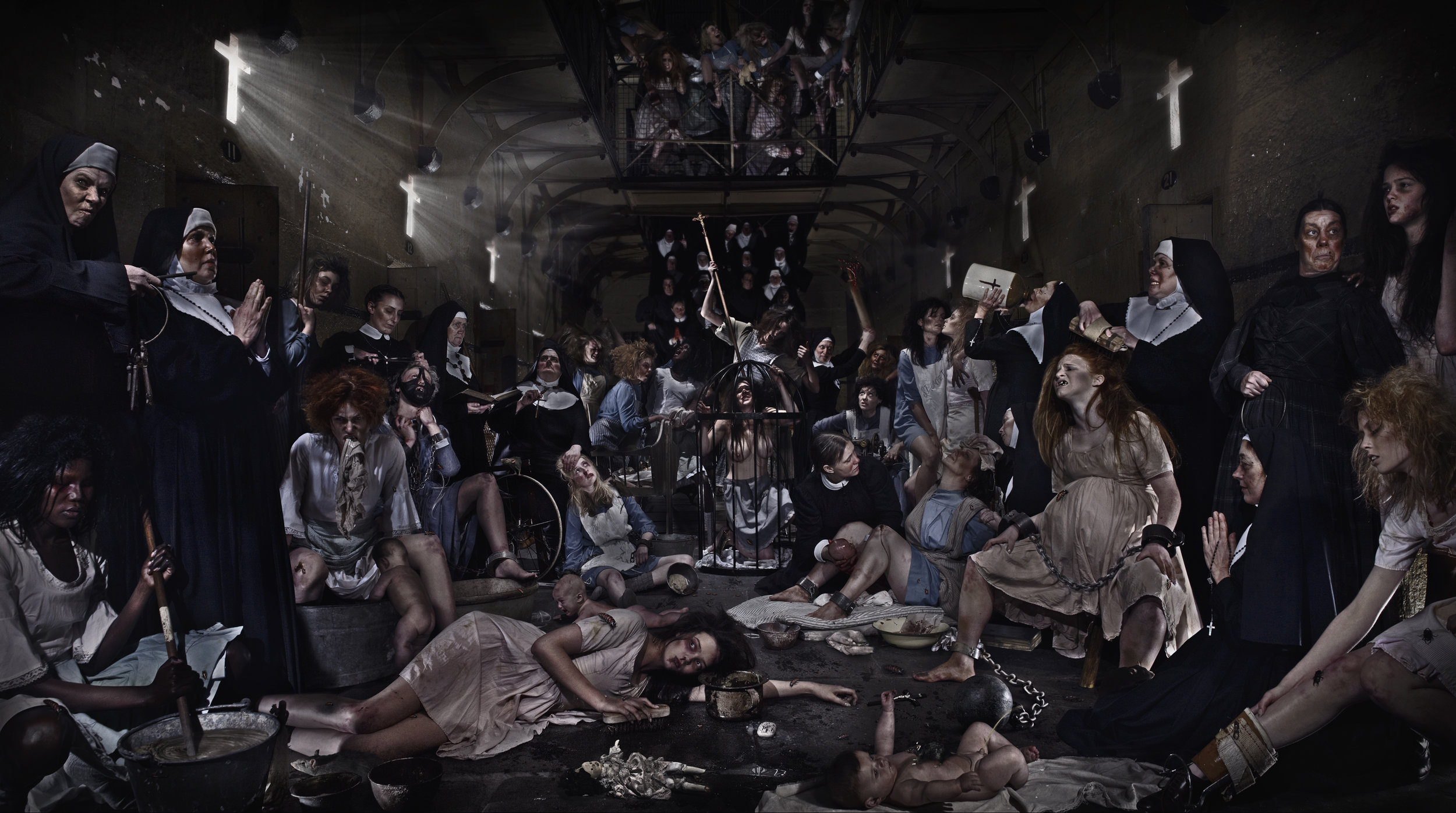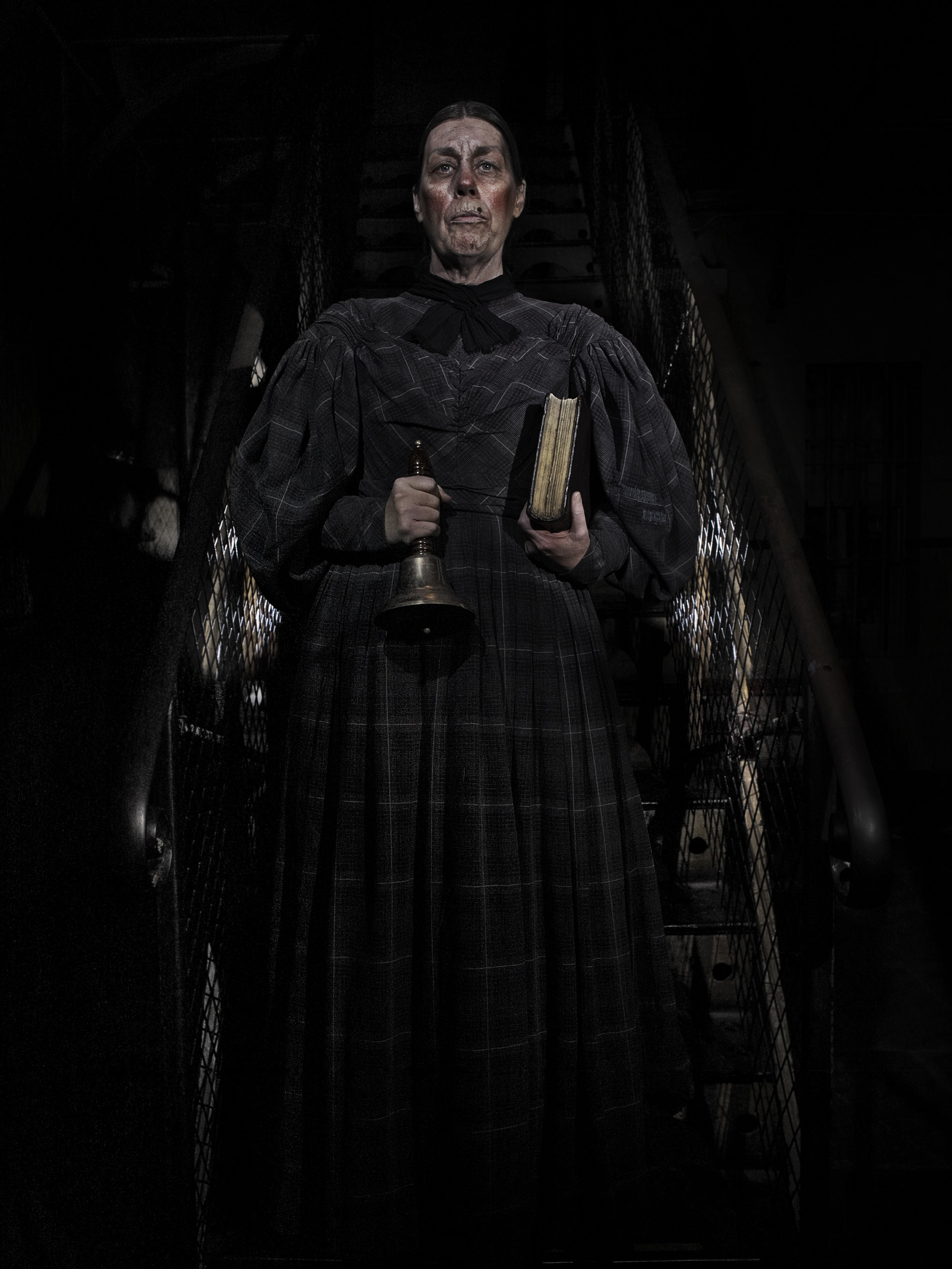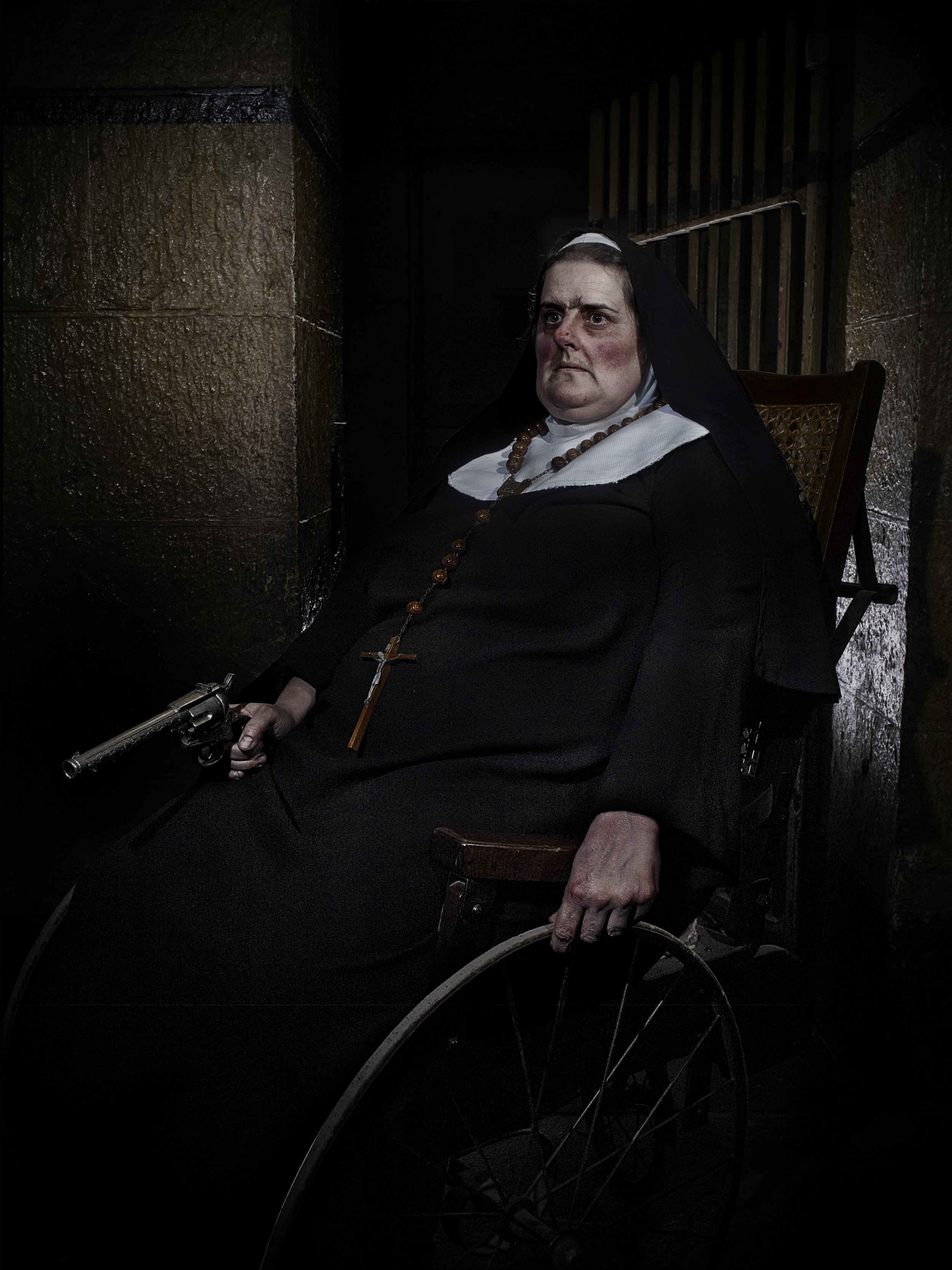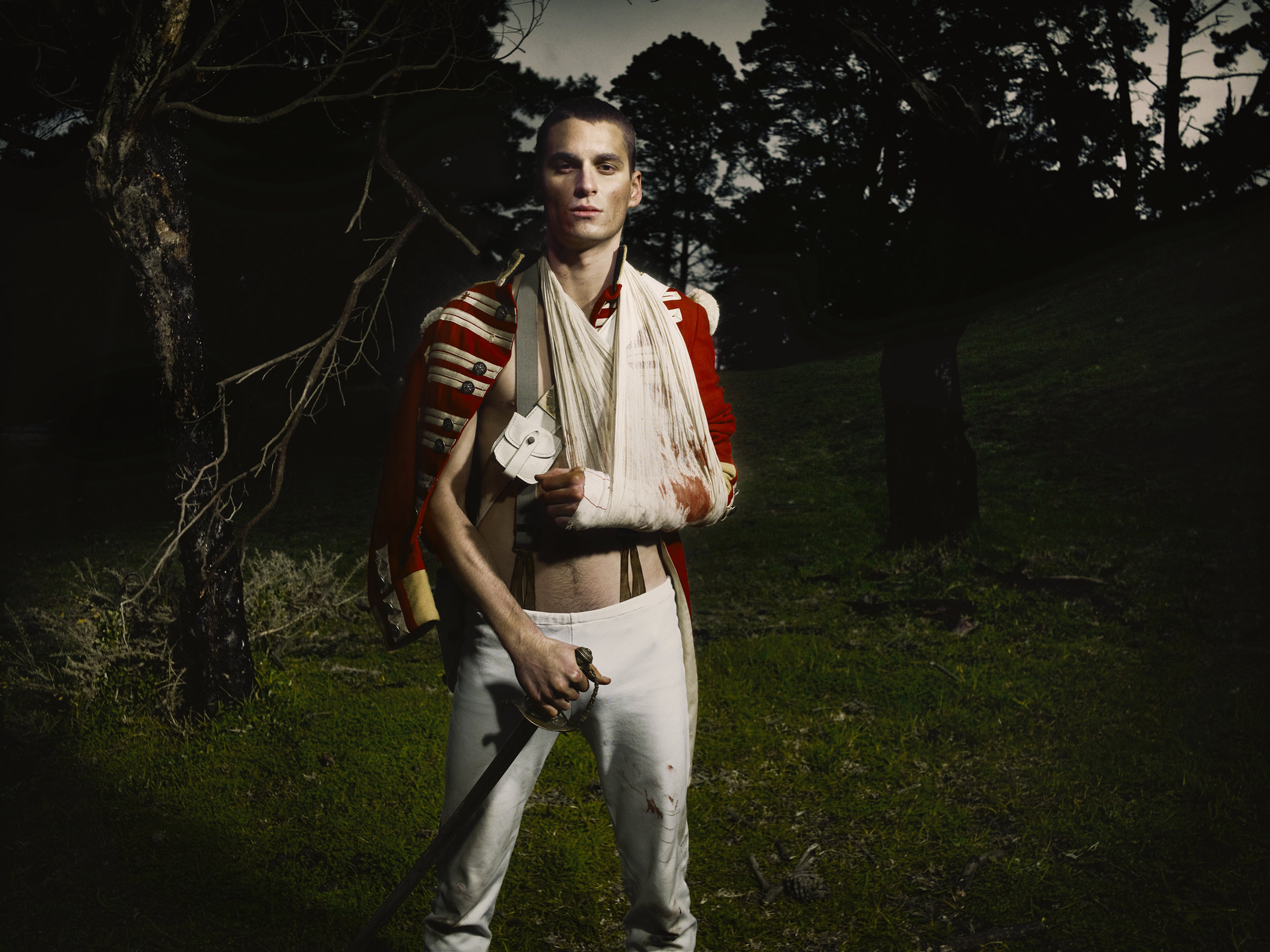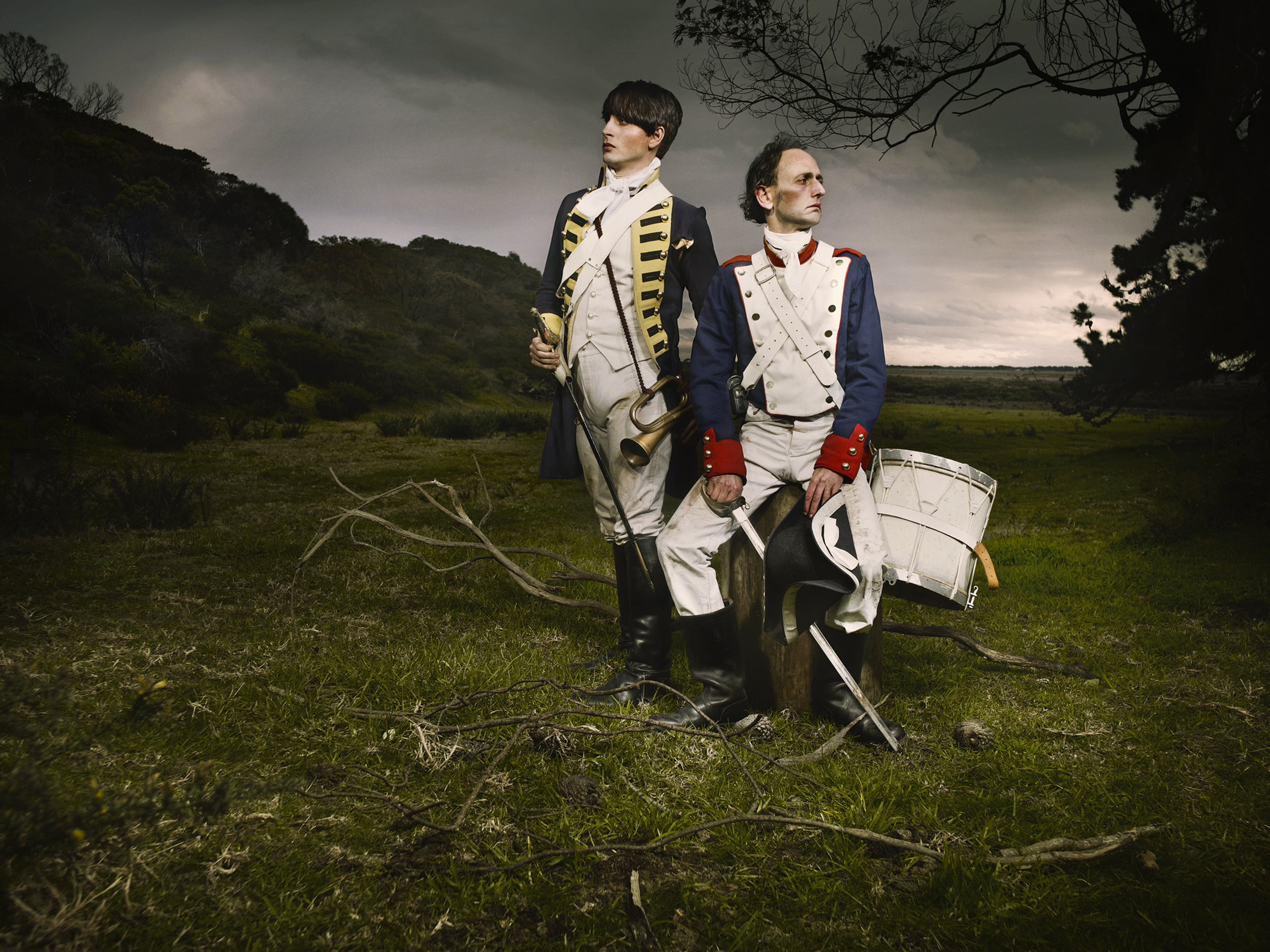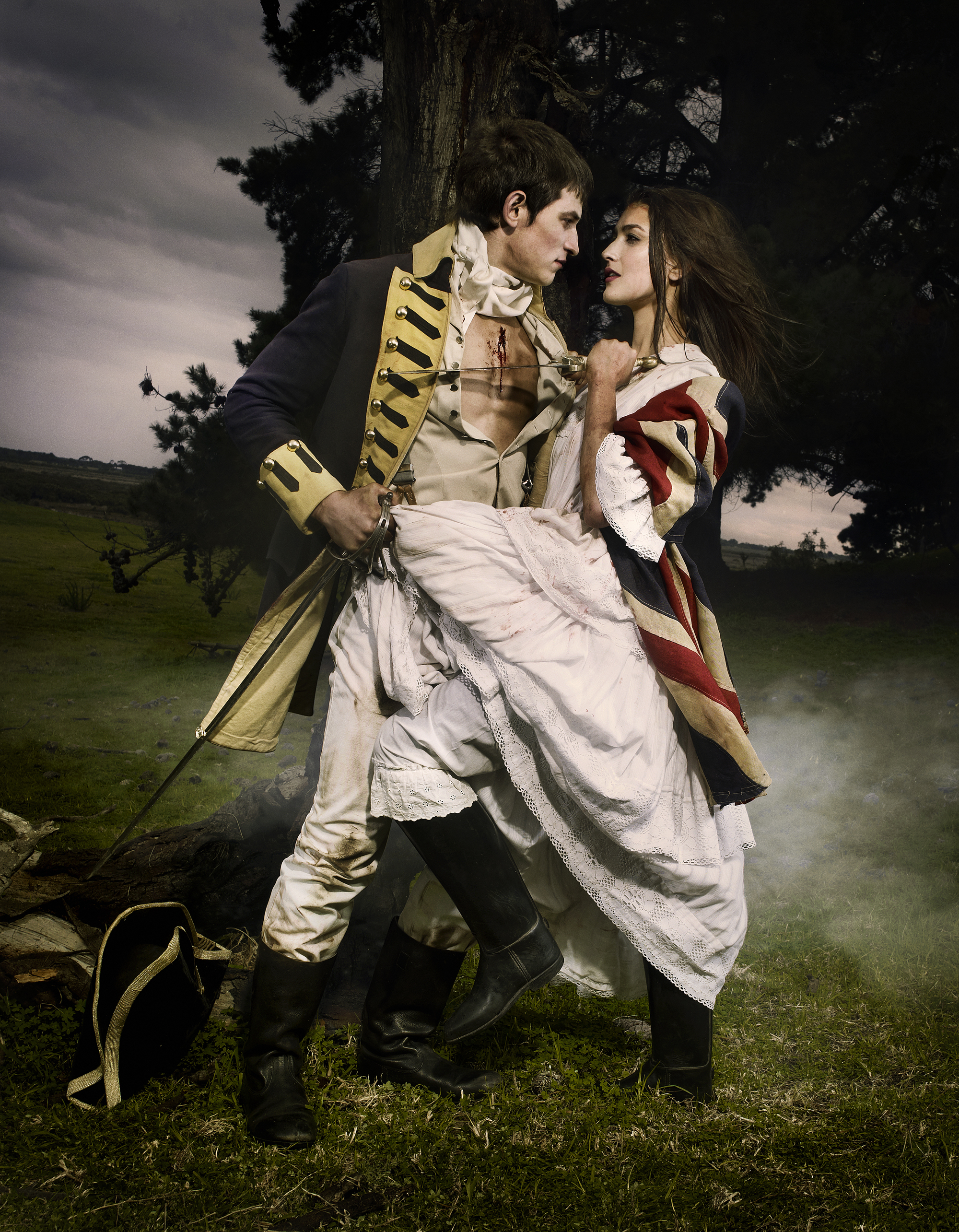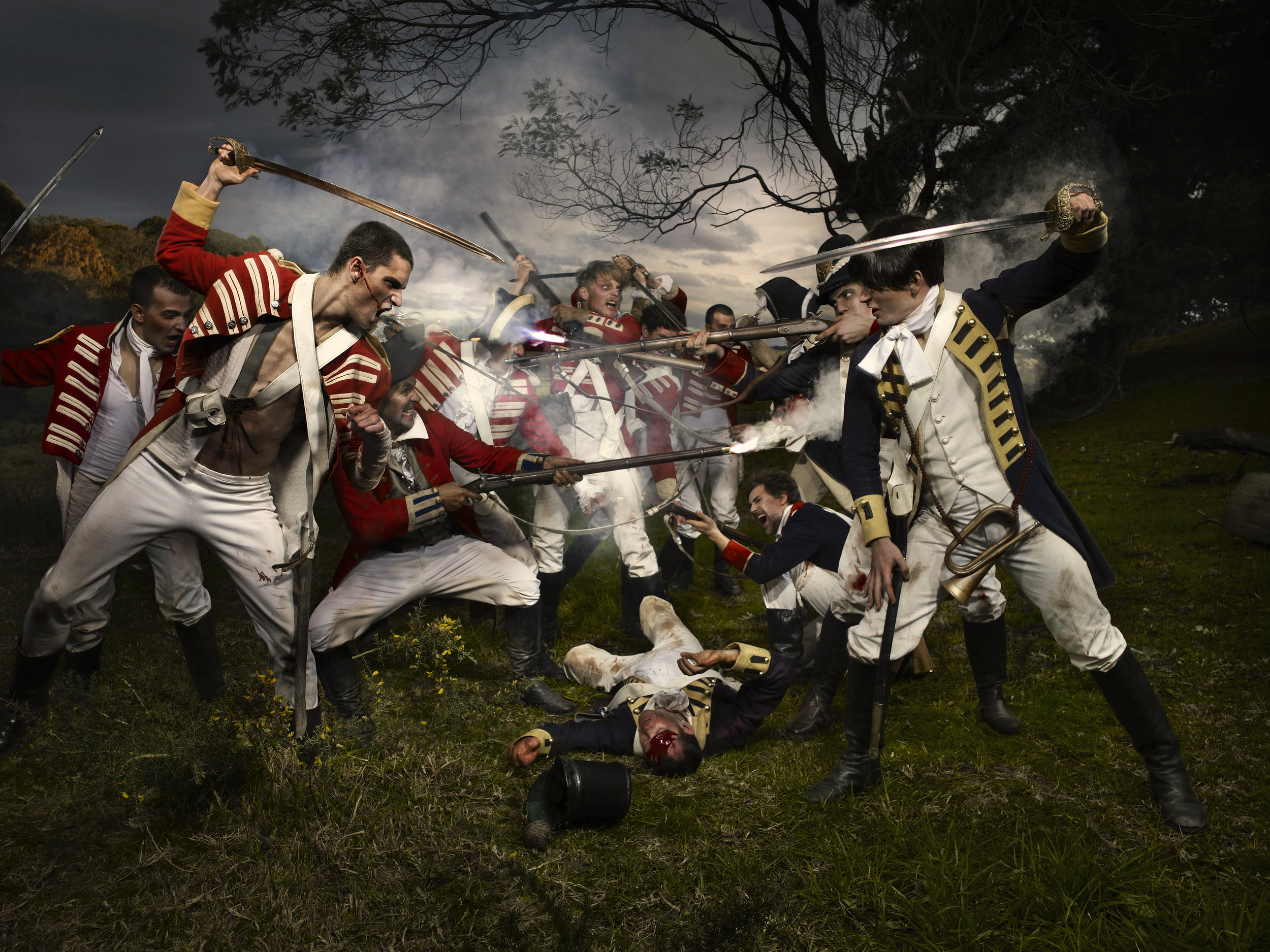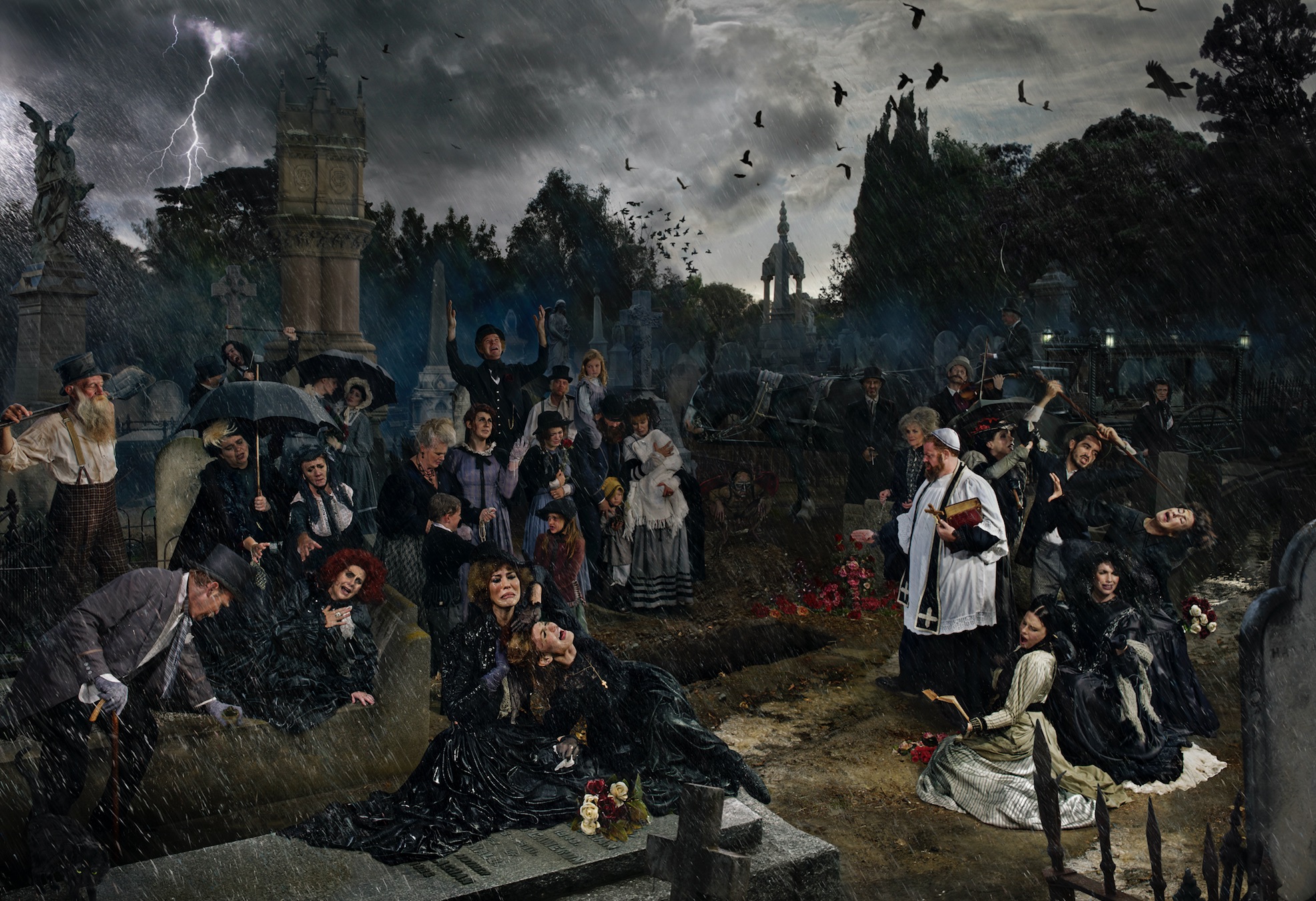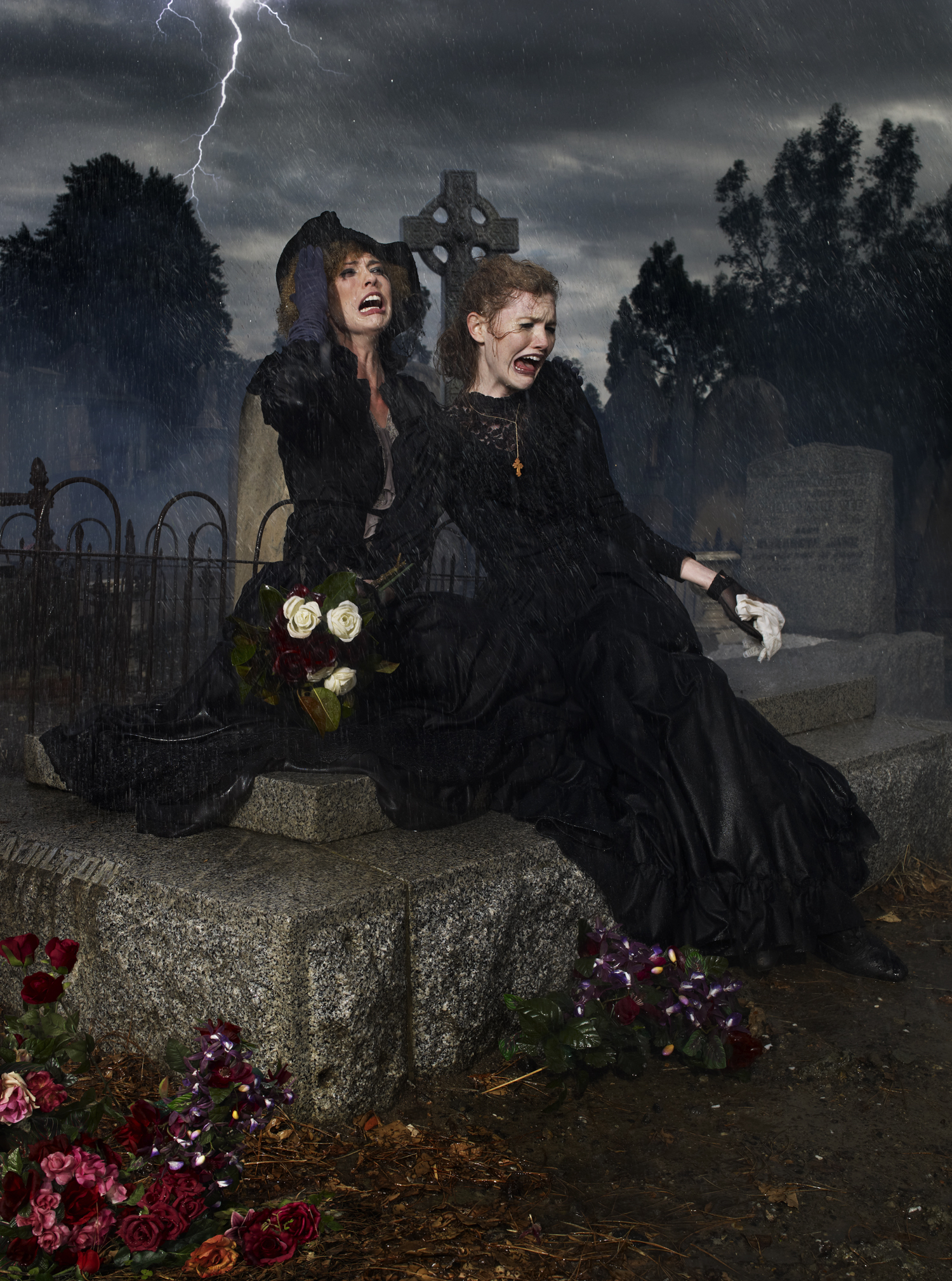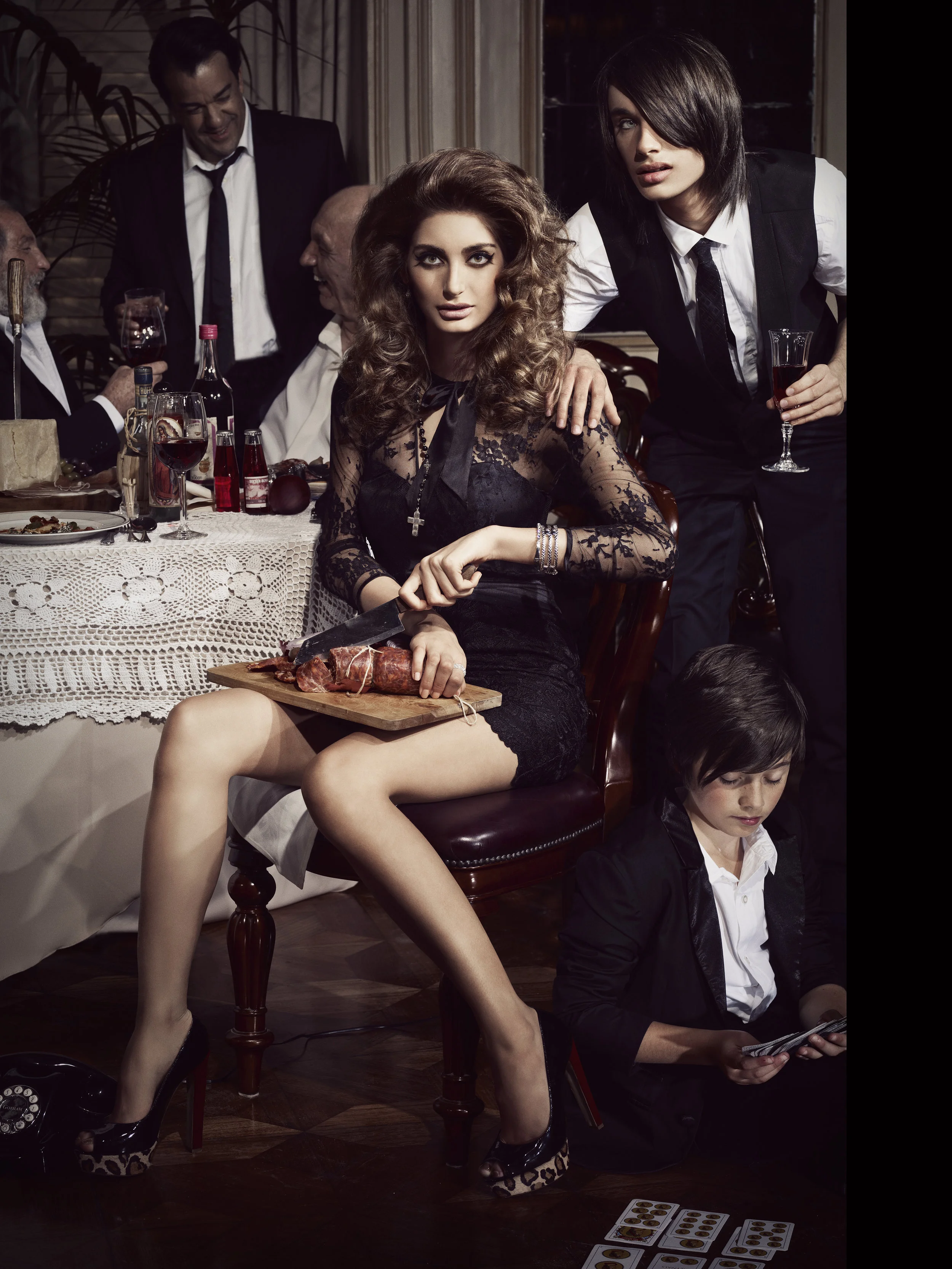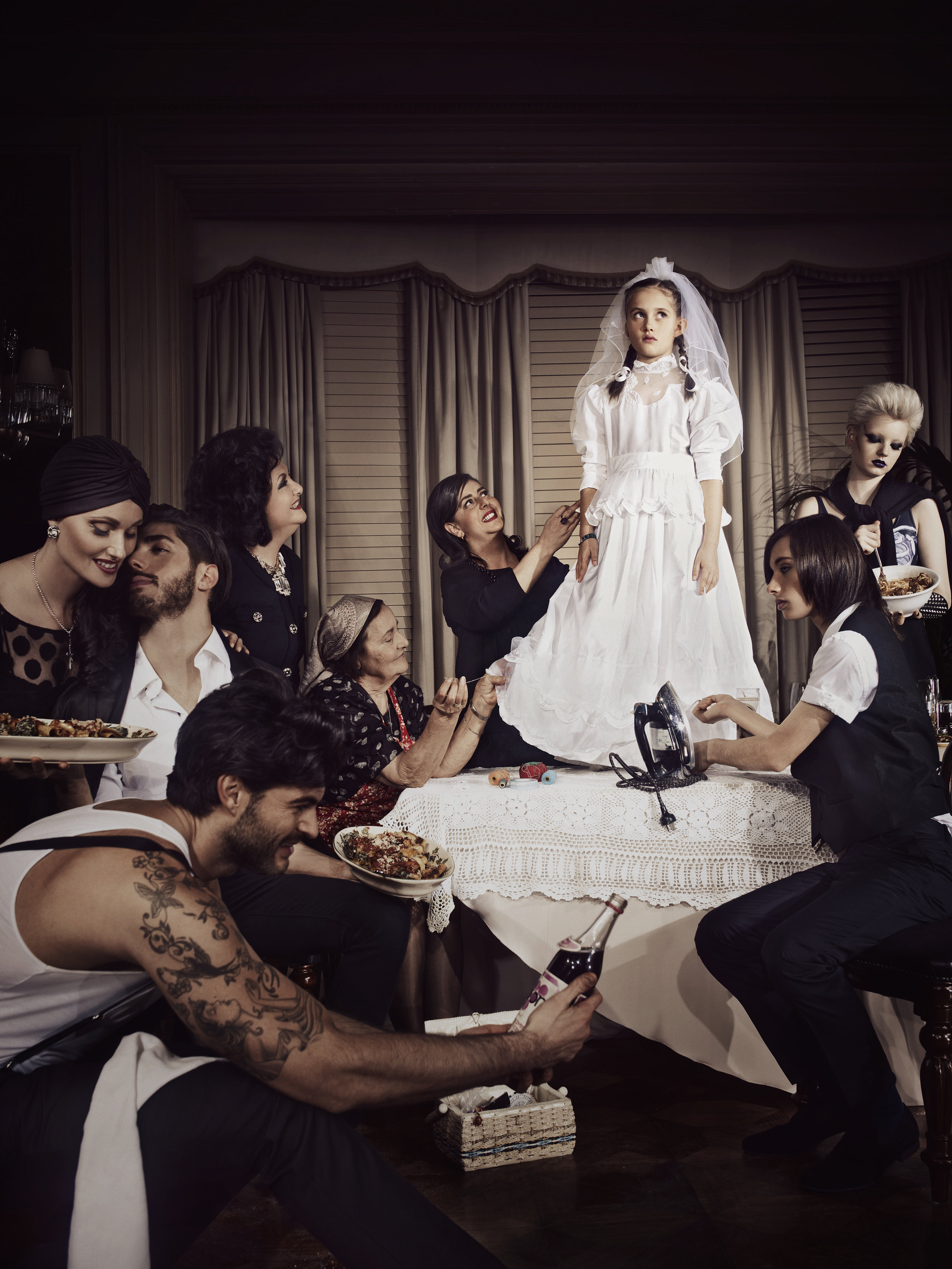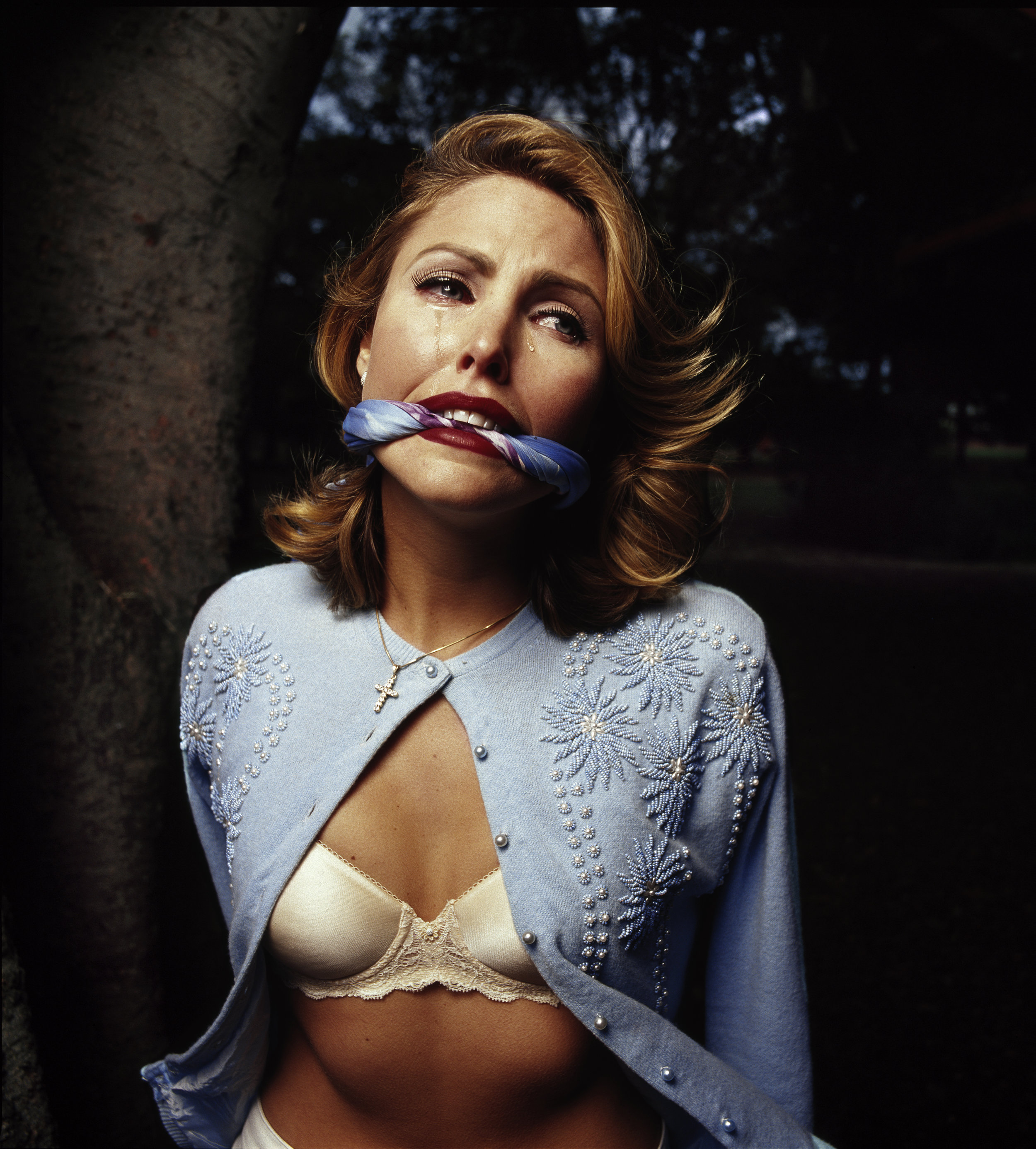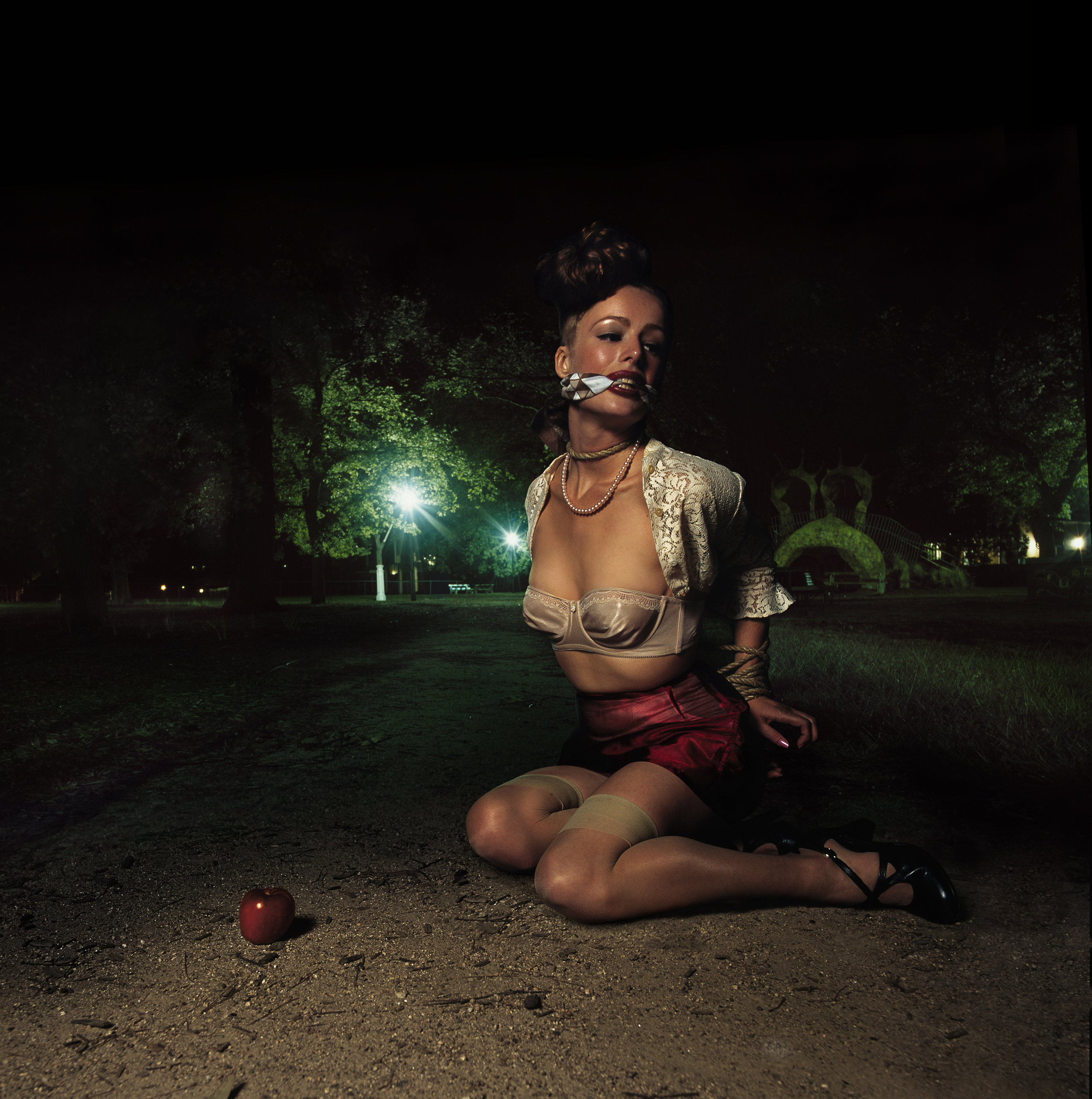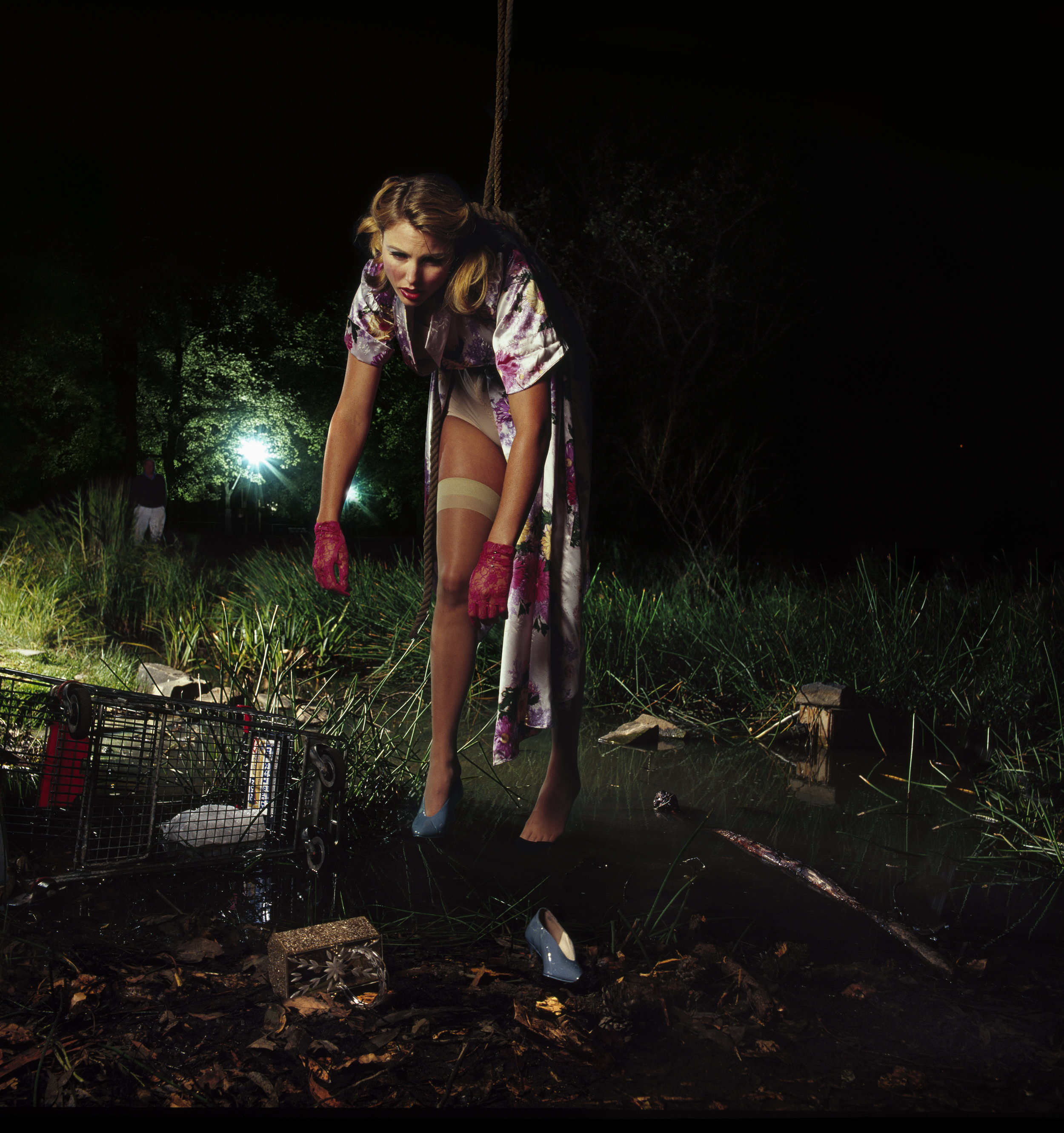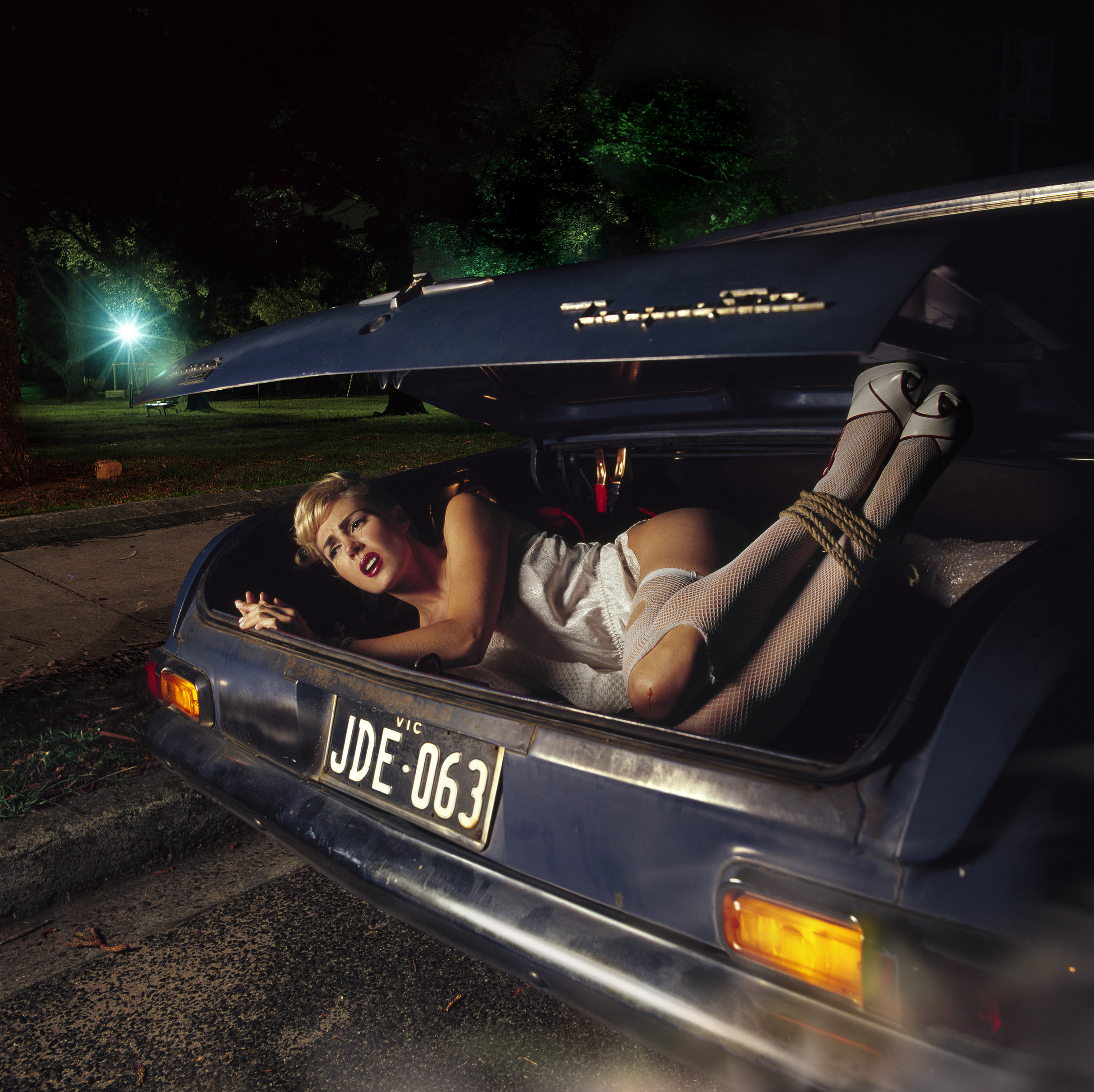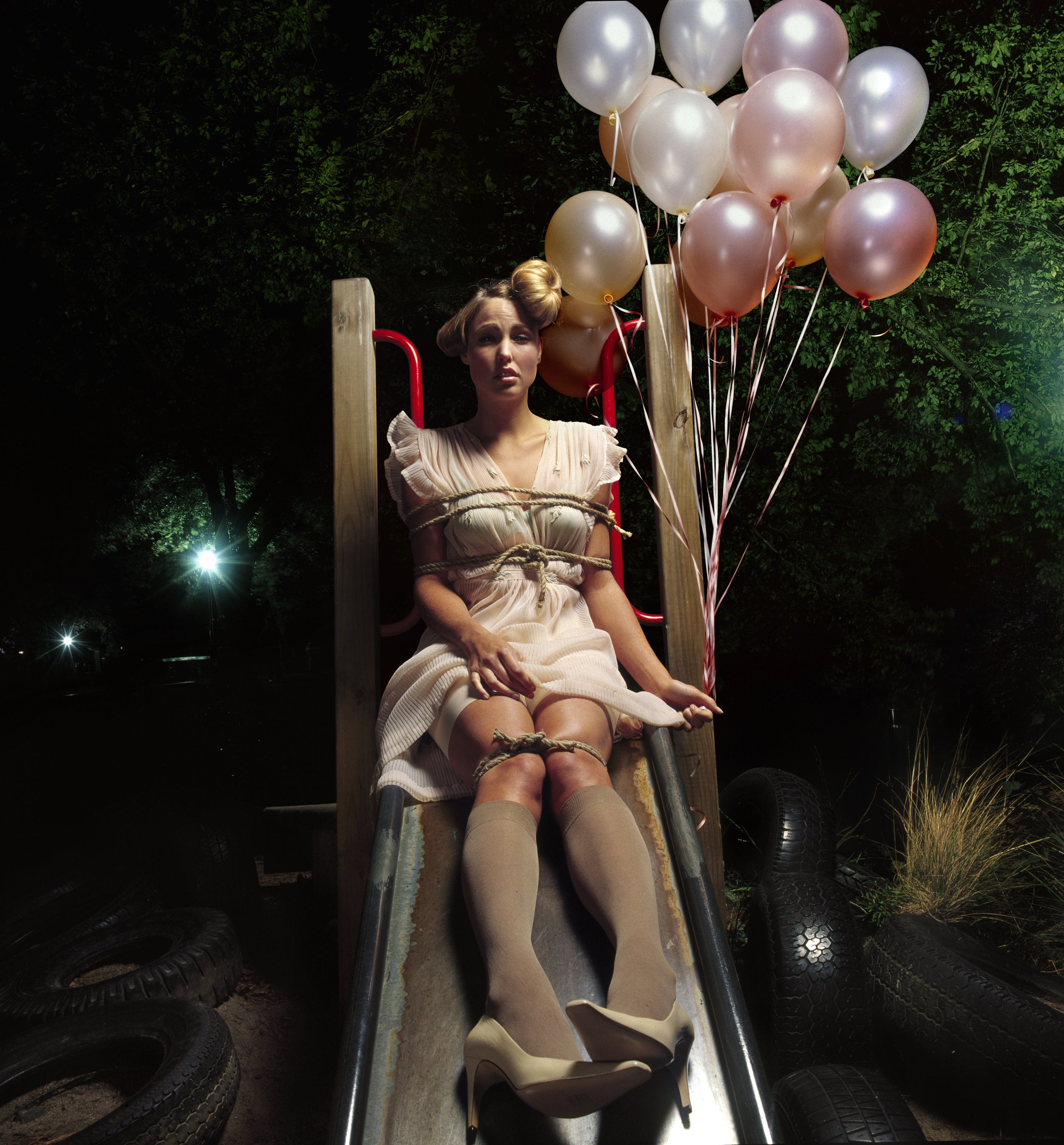2019
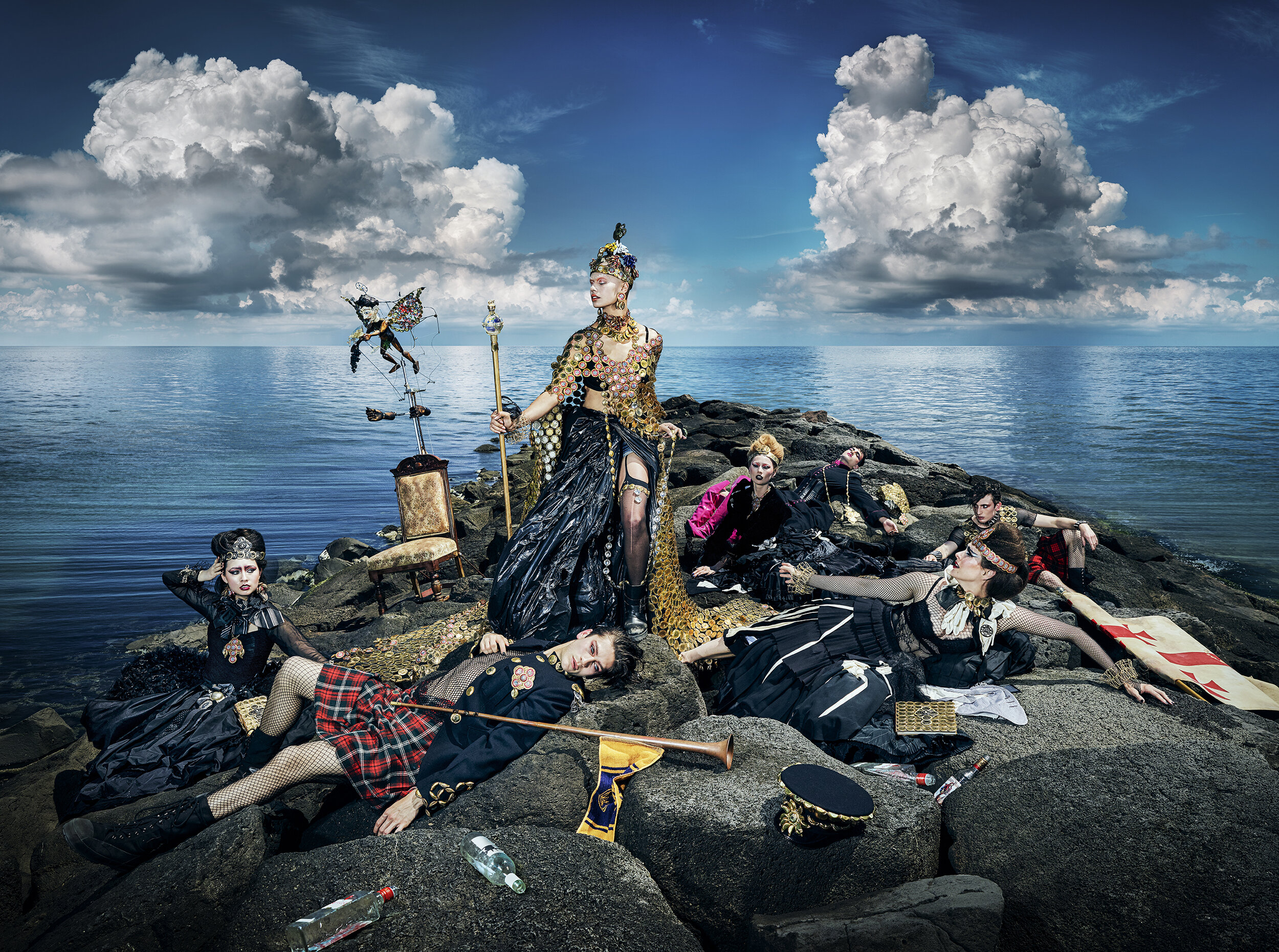
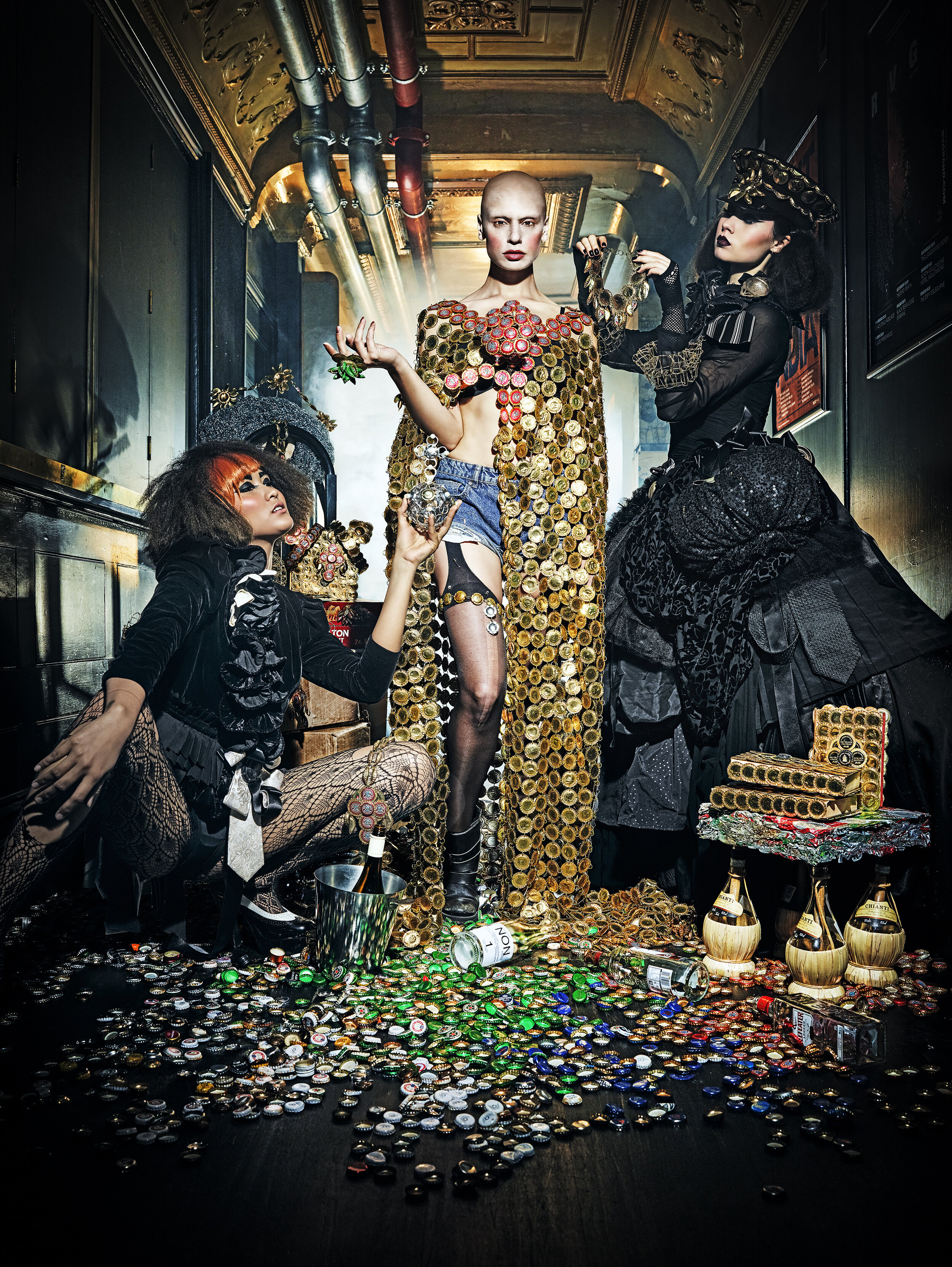
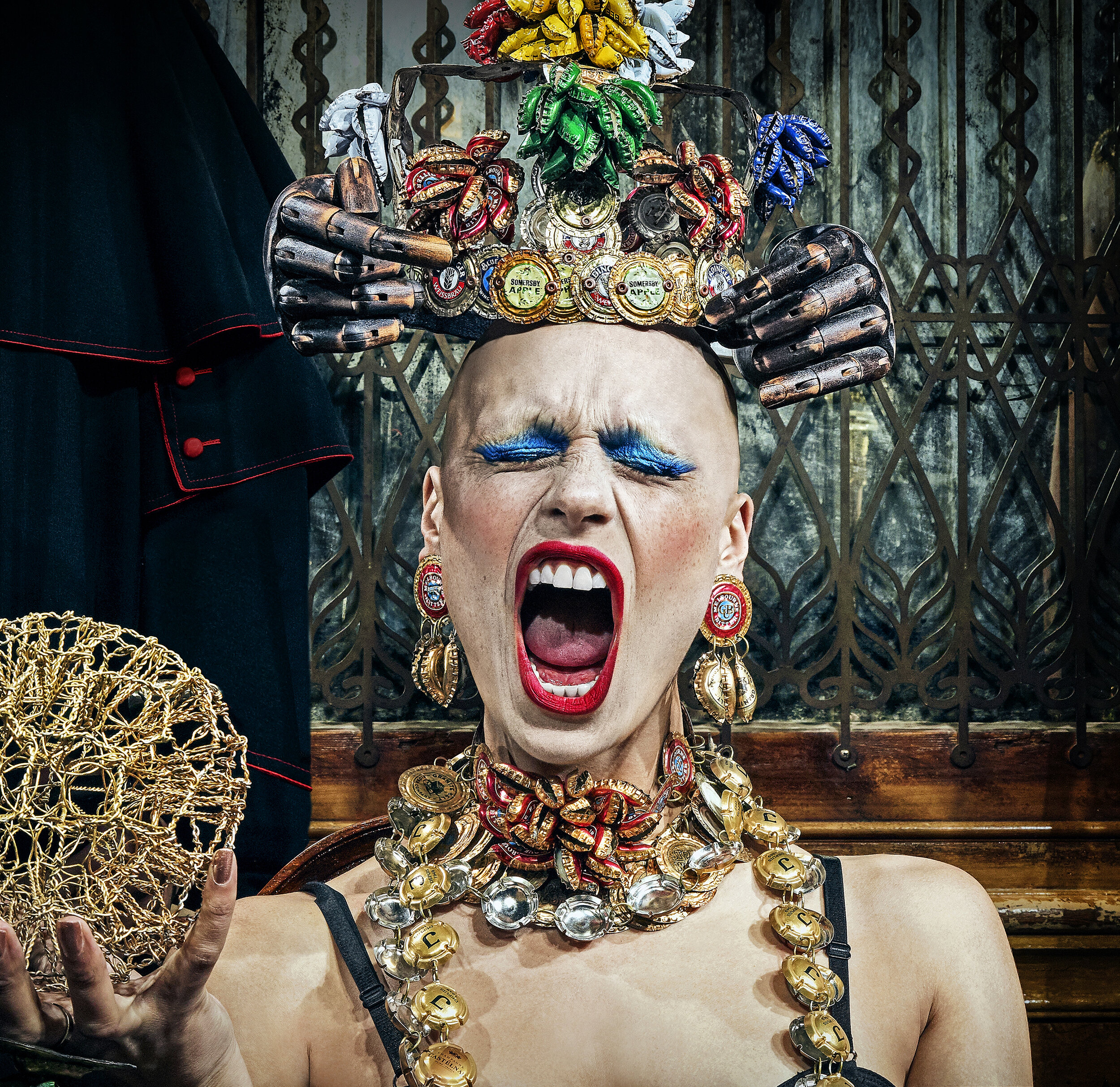
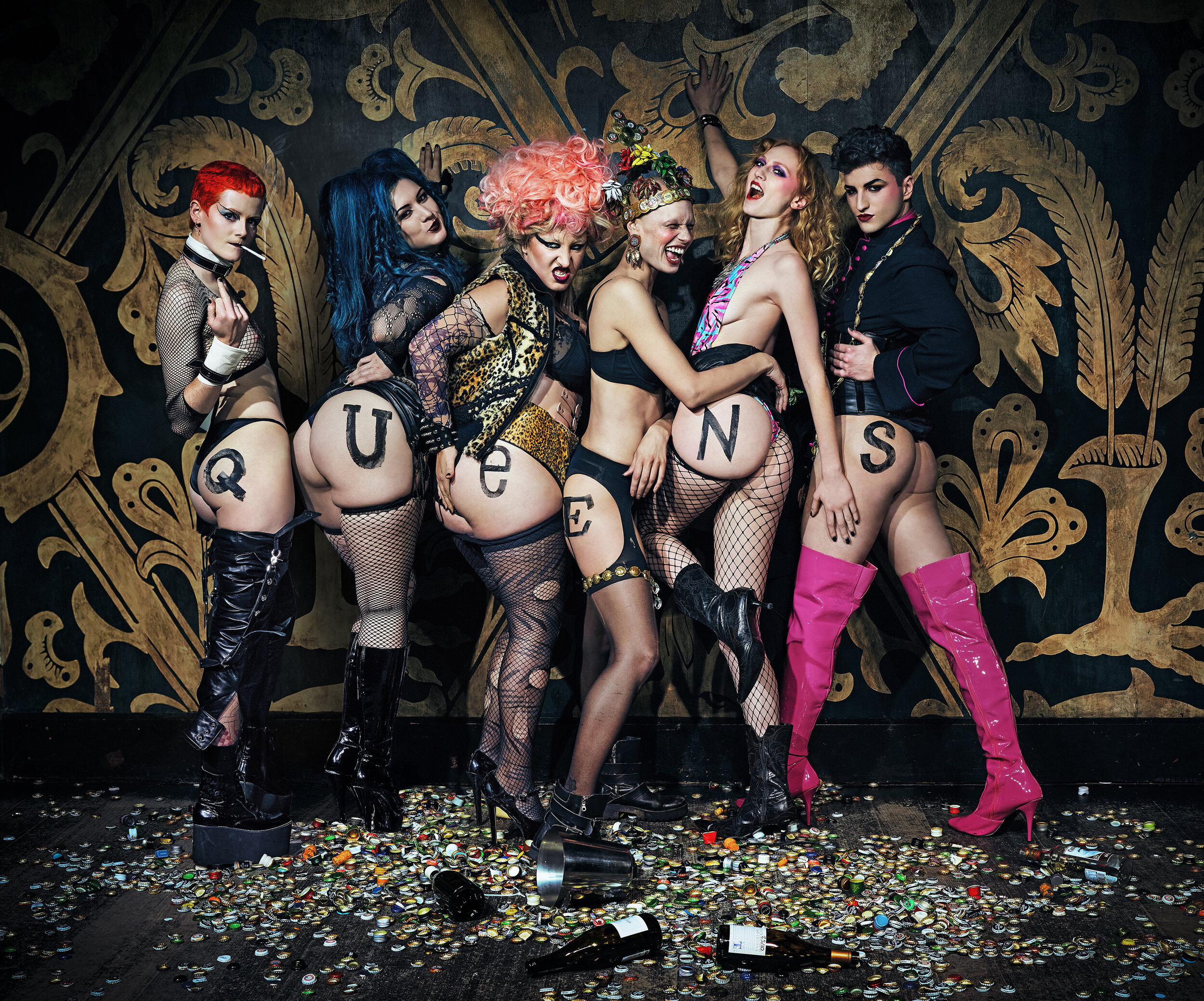
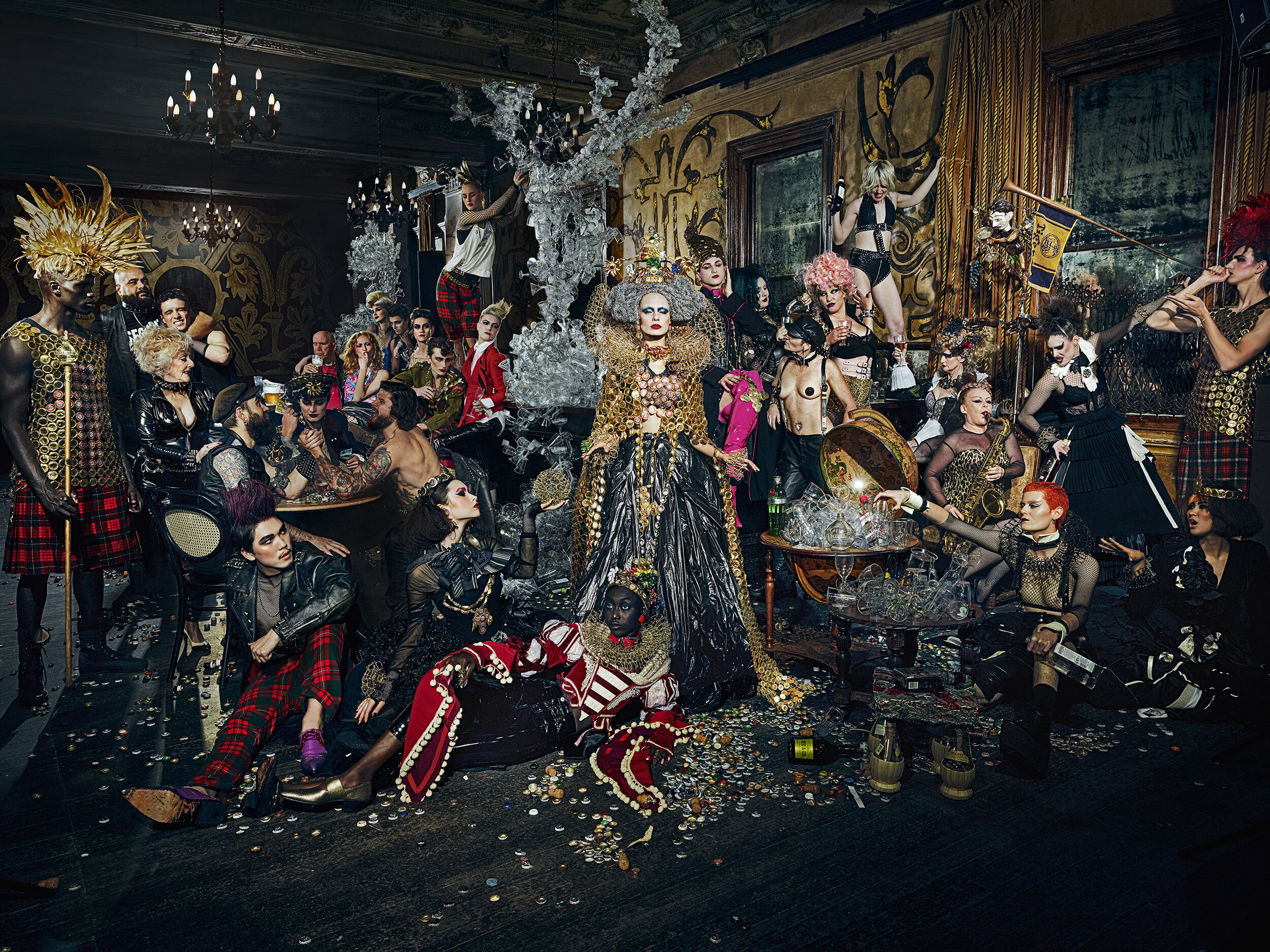
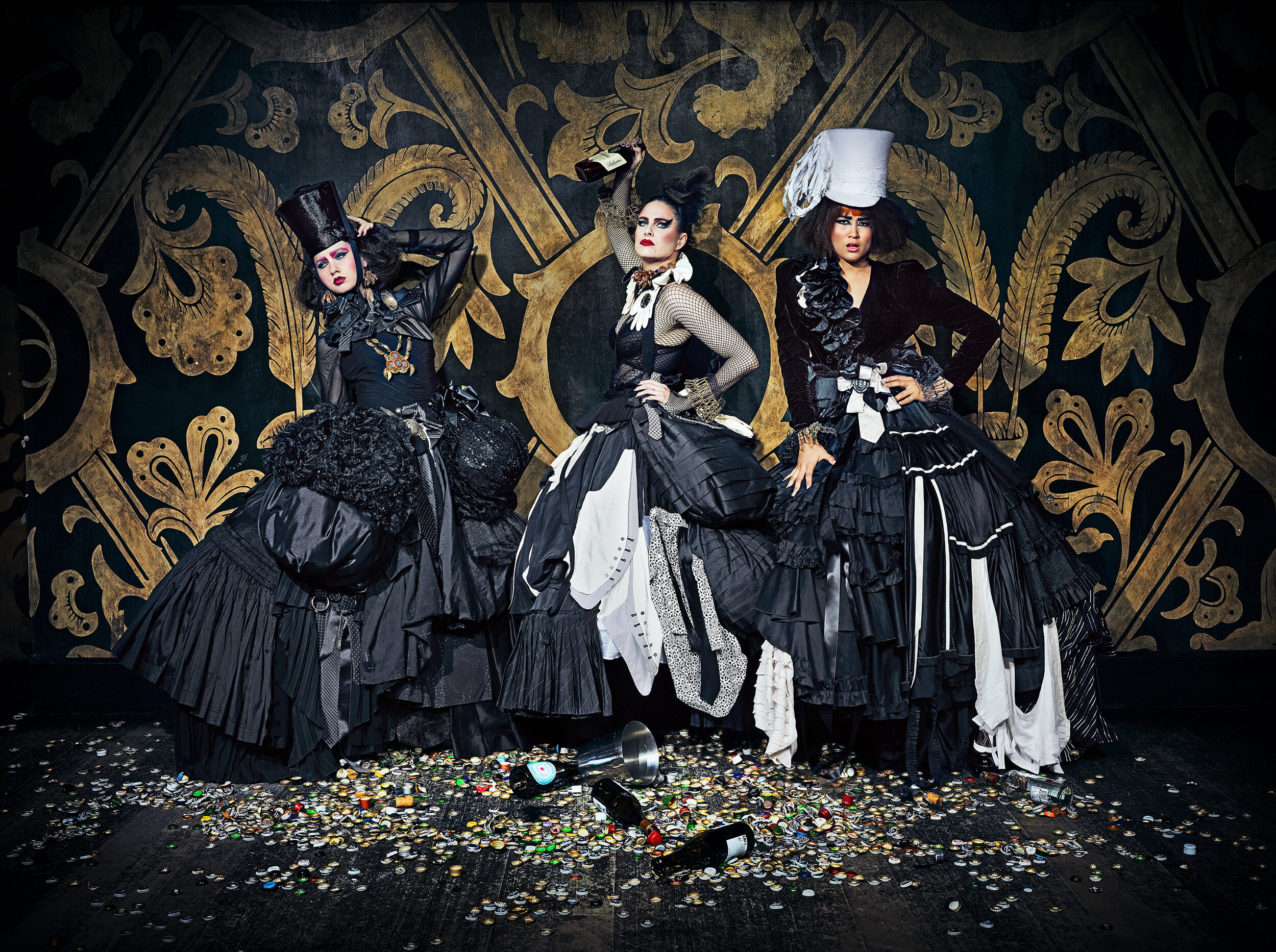
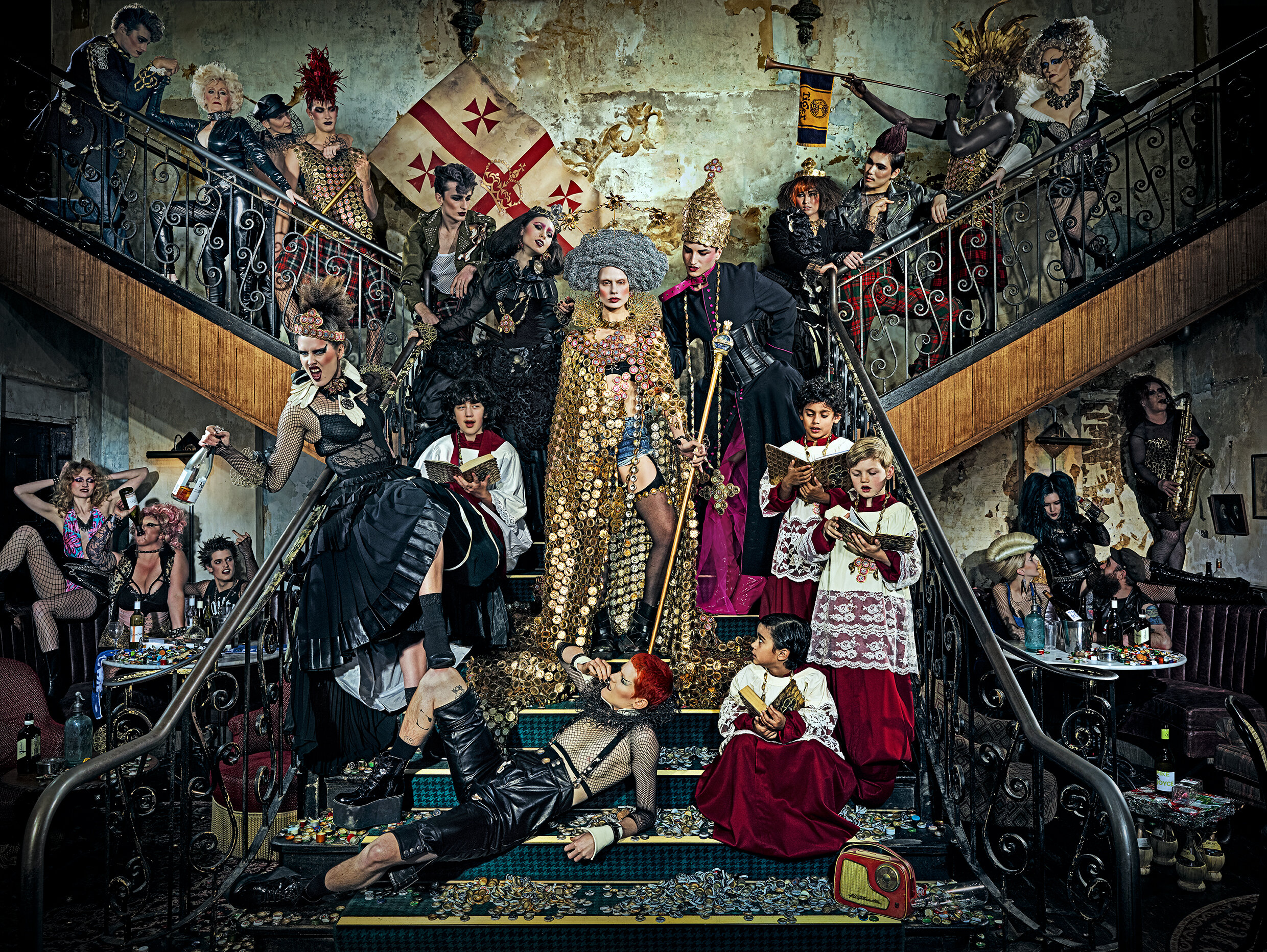
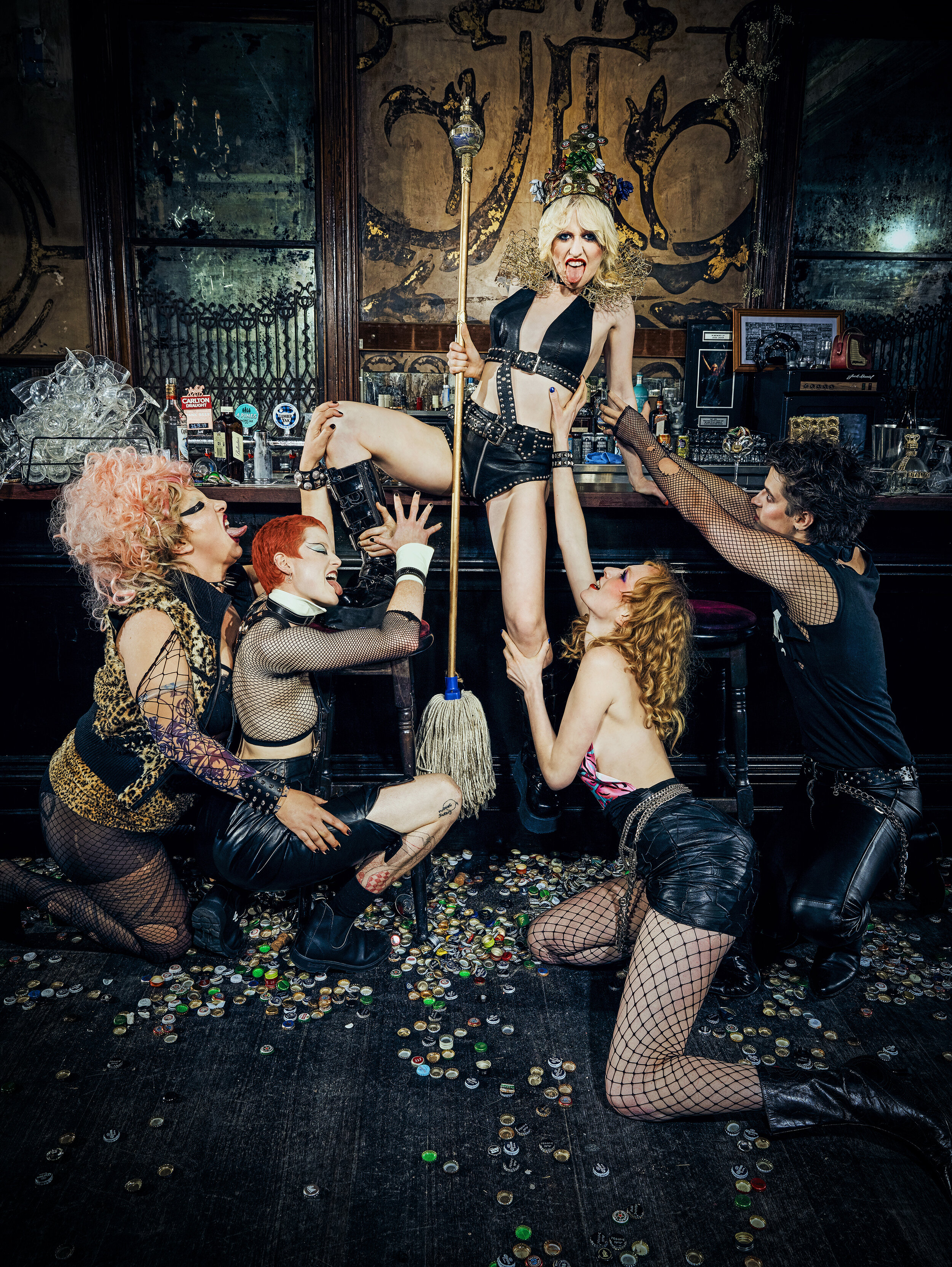
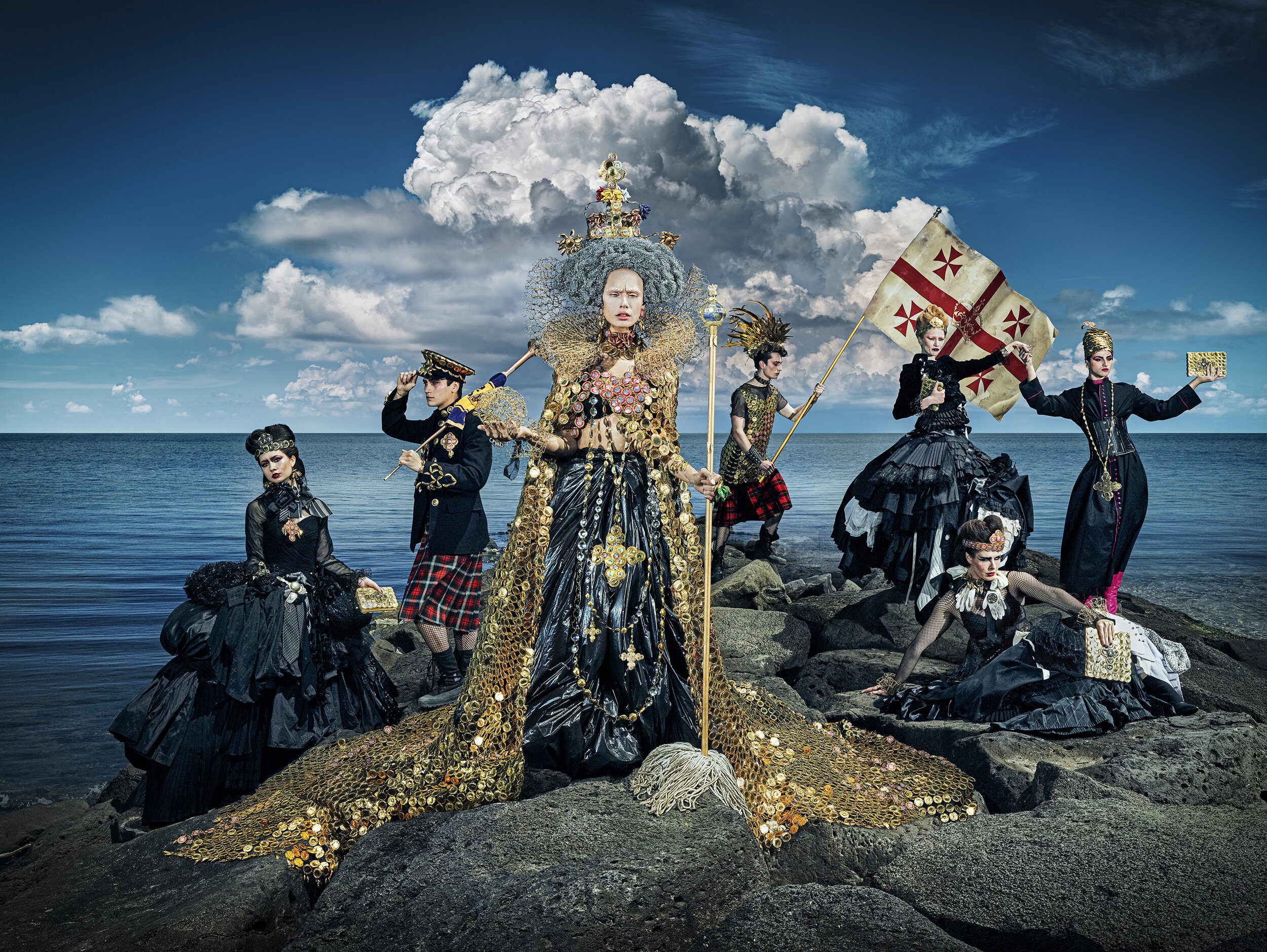
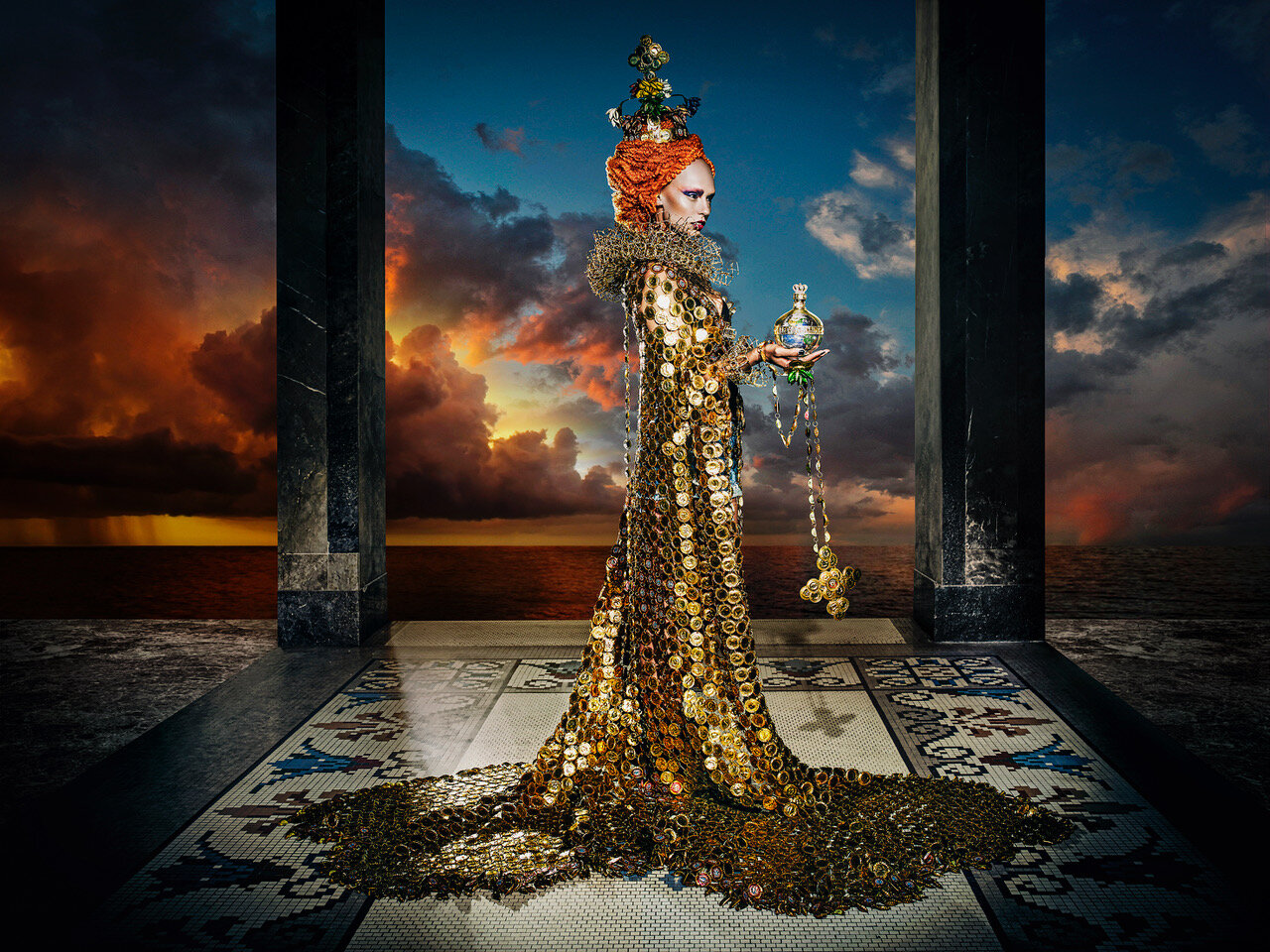
‘Queens of the Pub’ is an explosive new exhibition of photographic images, films and costumes by Gerard O'Connor and Marc Wasiak. This project is about combining diversity, honouring the queen of the pub and recycling. The cast and content draws directly on people of diverse ages, backgrounds, gender and sexual orientation whilst focussing on different identities. This is an exquisite series of photographic images based on a coronation made from recycled social disposables, surviving buildings, queens from the sidewalk, the importance of social places, diversity and powerful women.
Throughout this photographic series, Gerard and Marc have honoured the unsung heroes who are the resilient Queens and real people of St Kilda. The ‘Queens of the Pub’ are the survivors and have created the places we love today. St Kilda was once the playground for the rich, then fell into being an unfashionable place in the late 1950s. Migrants, the LGBTQI community, musicians and artists have helped to revive St Kilda and made it an attractive place to live, play and work today.
In the 1970’s pubs were once crowned our official meeting place, became our mecca, our local and females ran these pubs. Gerard and Marc recycled trash into a true royal treasure where they recreated a royal coronation scene set in a modern day inner city setting. The tabloid style images are based on true stories of running a modern-day business where it was the women who held the licenses as men were seen to be unreliable drunks. In order to survive in the 1970s beyond being a bar, they opened their doors to young musicians and held gay nights.
The coronation scene is made from recycled social disposables paying royal homage to inner city hotels and pubs against a punk backdrop of the 1970’s. Gerard and Marc commissioned local artist and jewellery designer Danielle Zanetti to create spectacularly hand-made detailed jewellery and costumes from bottle tops and recycled garbage . Over two years has been spent transforming these materials into the royal Cape, Crown and royal Jewels for the shoot.
Beautifully hand made up cycled dresses were also created by Local Designers Two threads to complete the Royal congregation.
‘We used recycled materials collected from local drinking holes to turn seaside trash into spectacular costumes and treasure. The waste and leftovers of beer cans and gold and royal red bottle tops, things that would normally be placed in the bin were crafted into precious objects and glittering, beautiful recycled royal props for our Queens.’ Says O’Connor.
‘These materials were collected from busy bars, restaurants and hotels operating in St Kilda and were crafted for months of pre-production work by jewellers, fashion designers and stylists who reside or work in the inner city. This is a call out where one person’s waste becomes another person’s collection of royal treasures.’ O’Connor continues.
Wasiak concludes, ‘Set against a punk backdrop this was the most exciting positive period it lead to a community of diversity, art, fashion and music; putting Melbourne and St Kilda on the world music stage. We proudly roll out the beer soaked royal red carpet inviting you to our vibrant show ‘Queens of the Pub’. This is the future, the past and the only way to be a Queen. Wear your crown proudly even if it’s from the gutter.’





